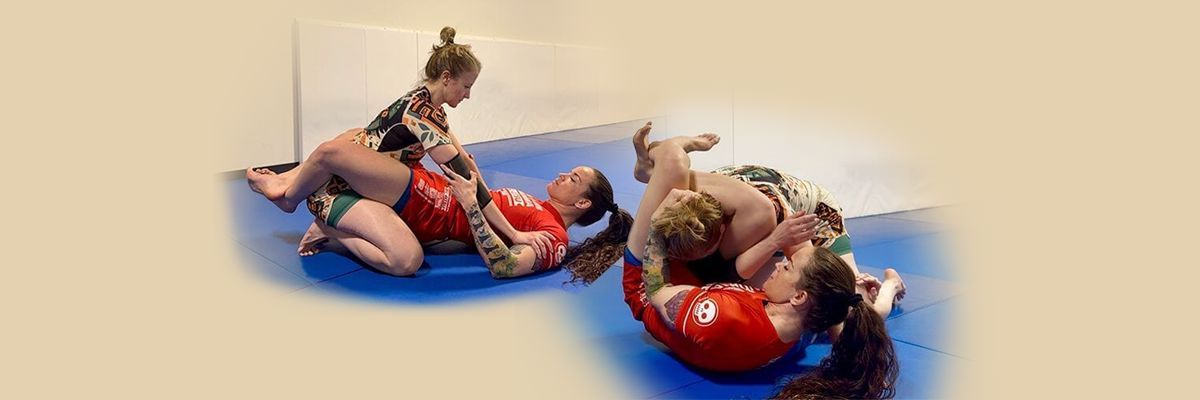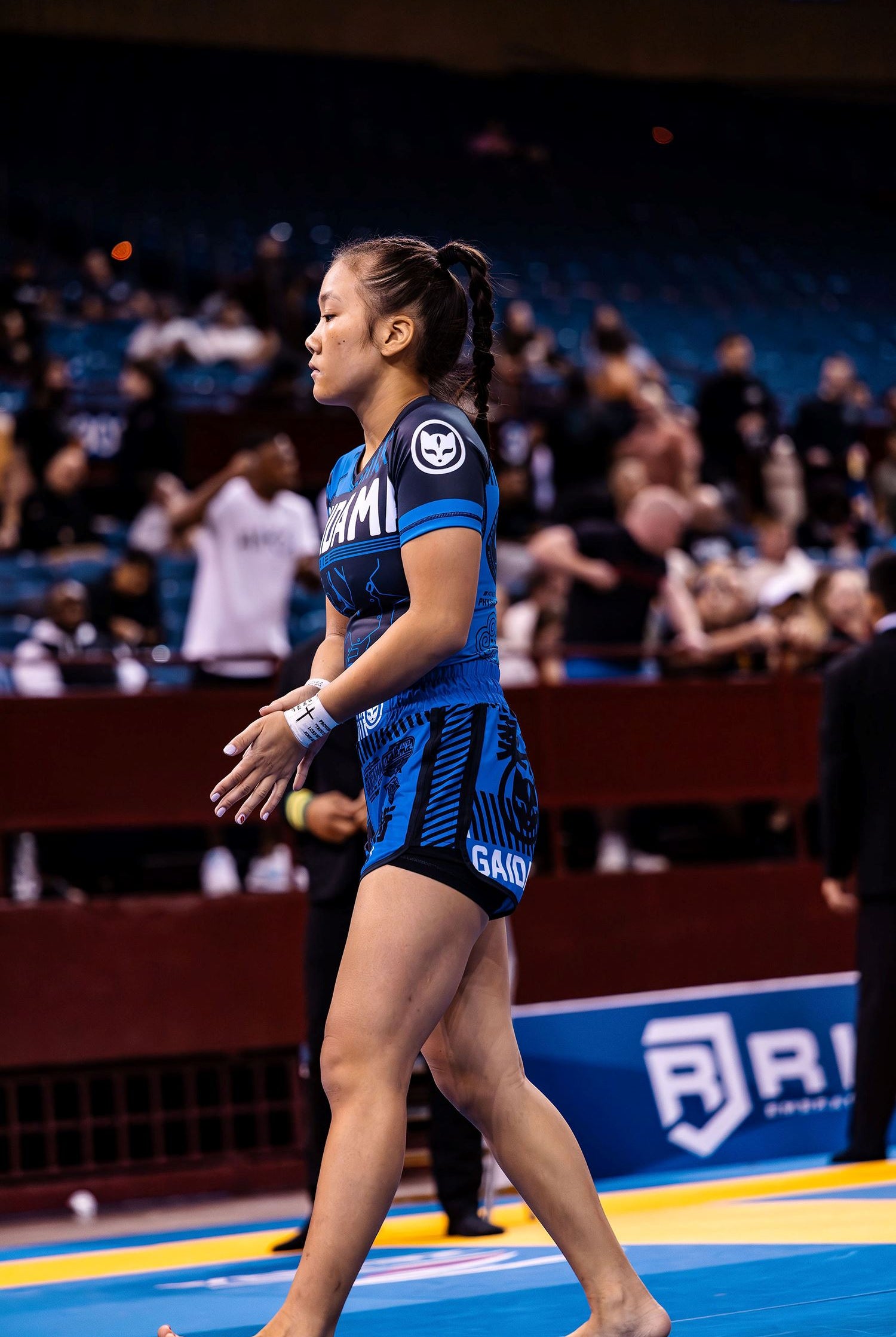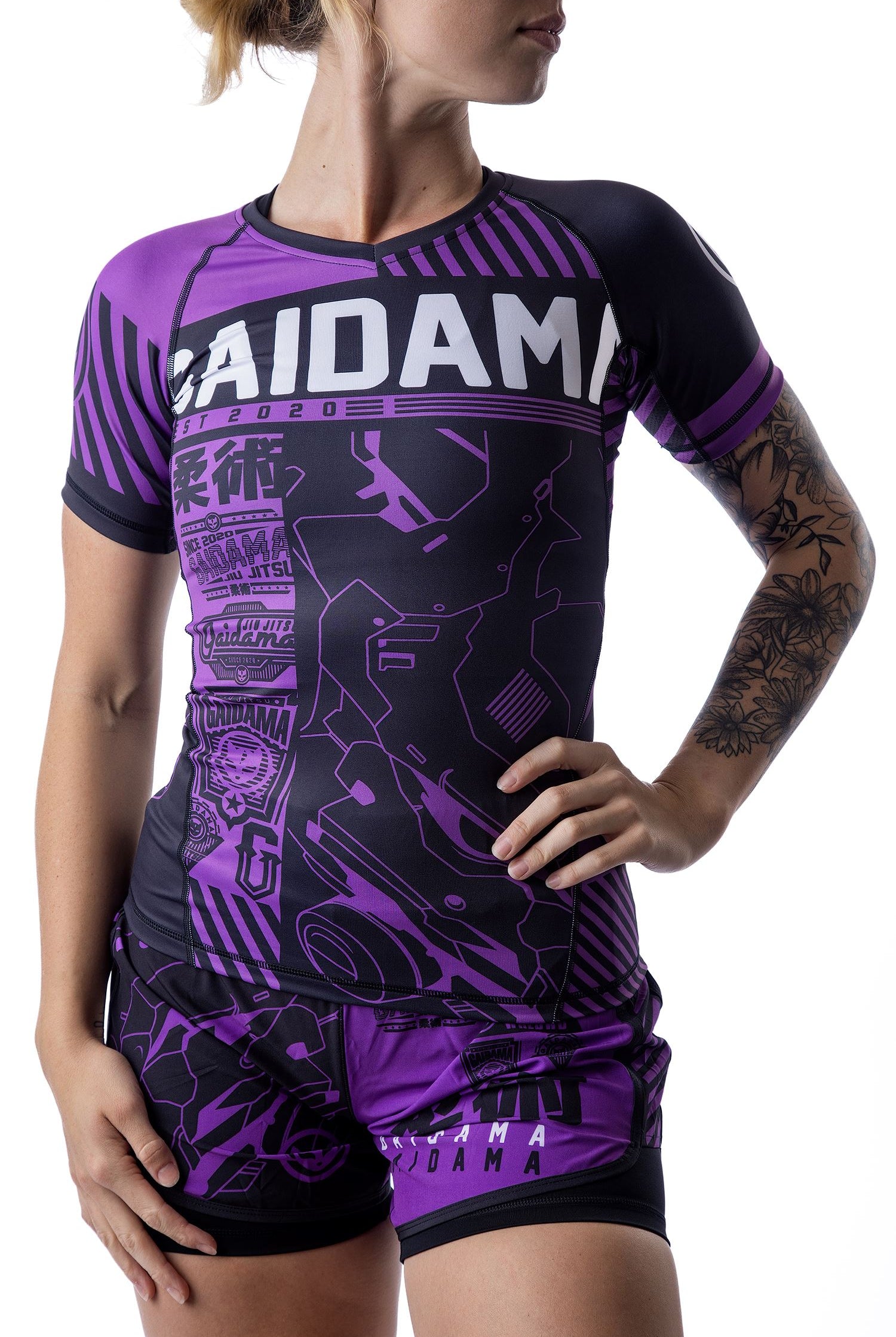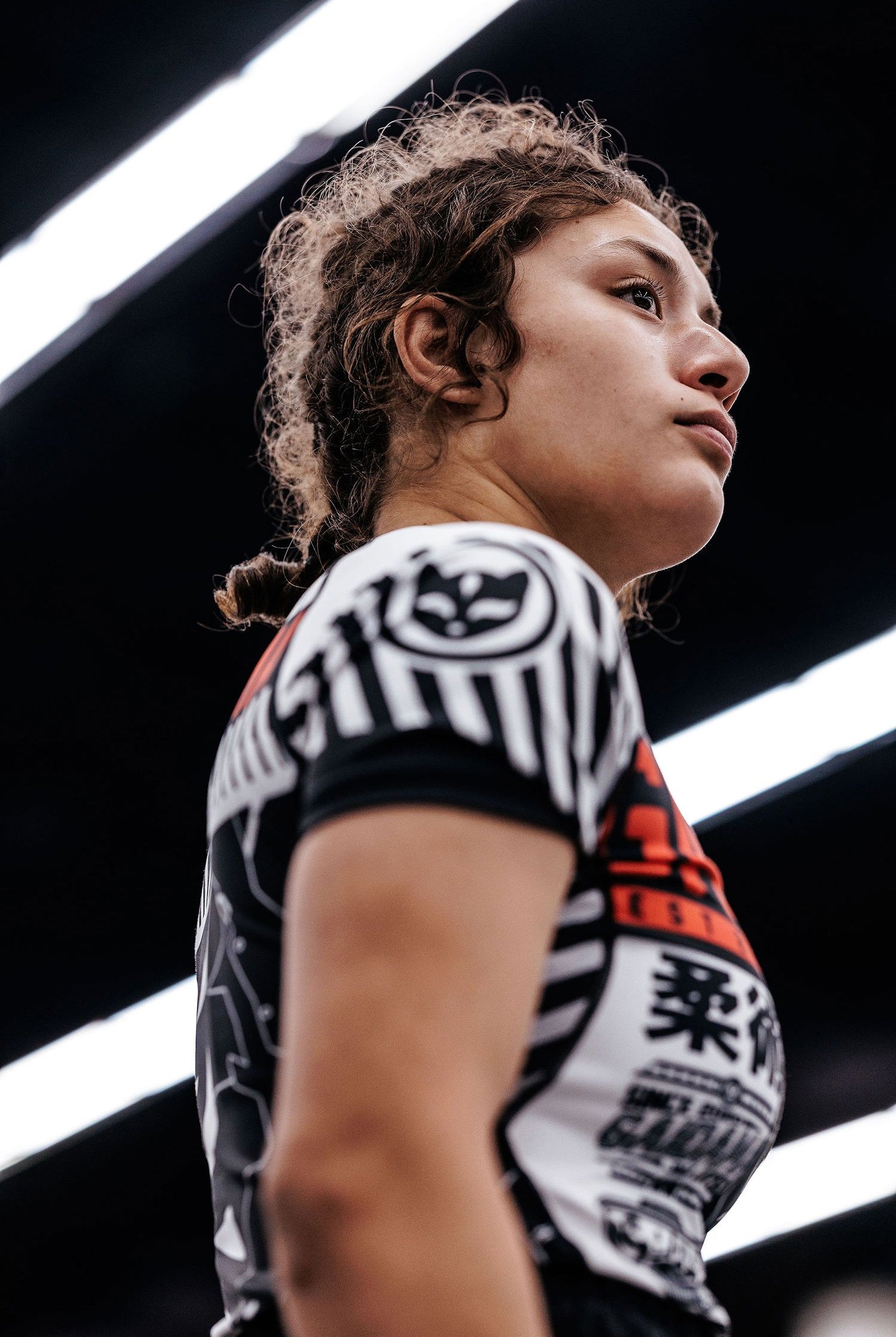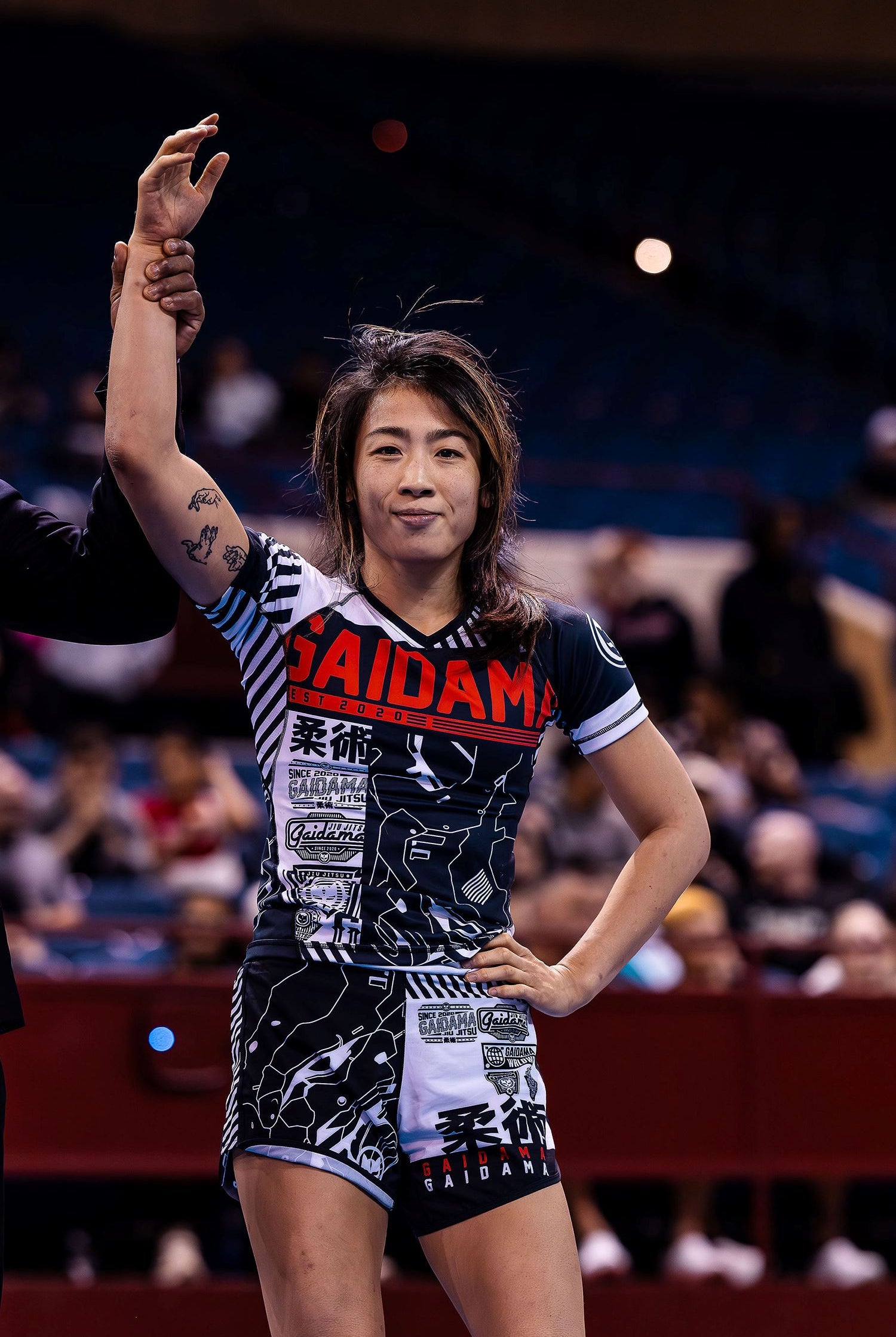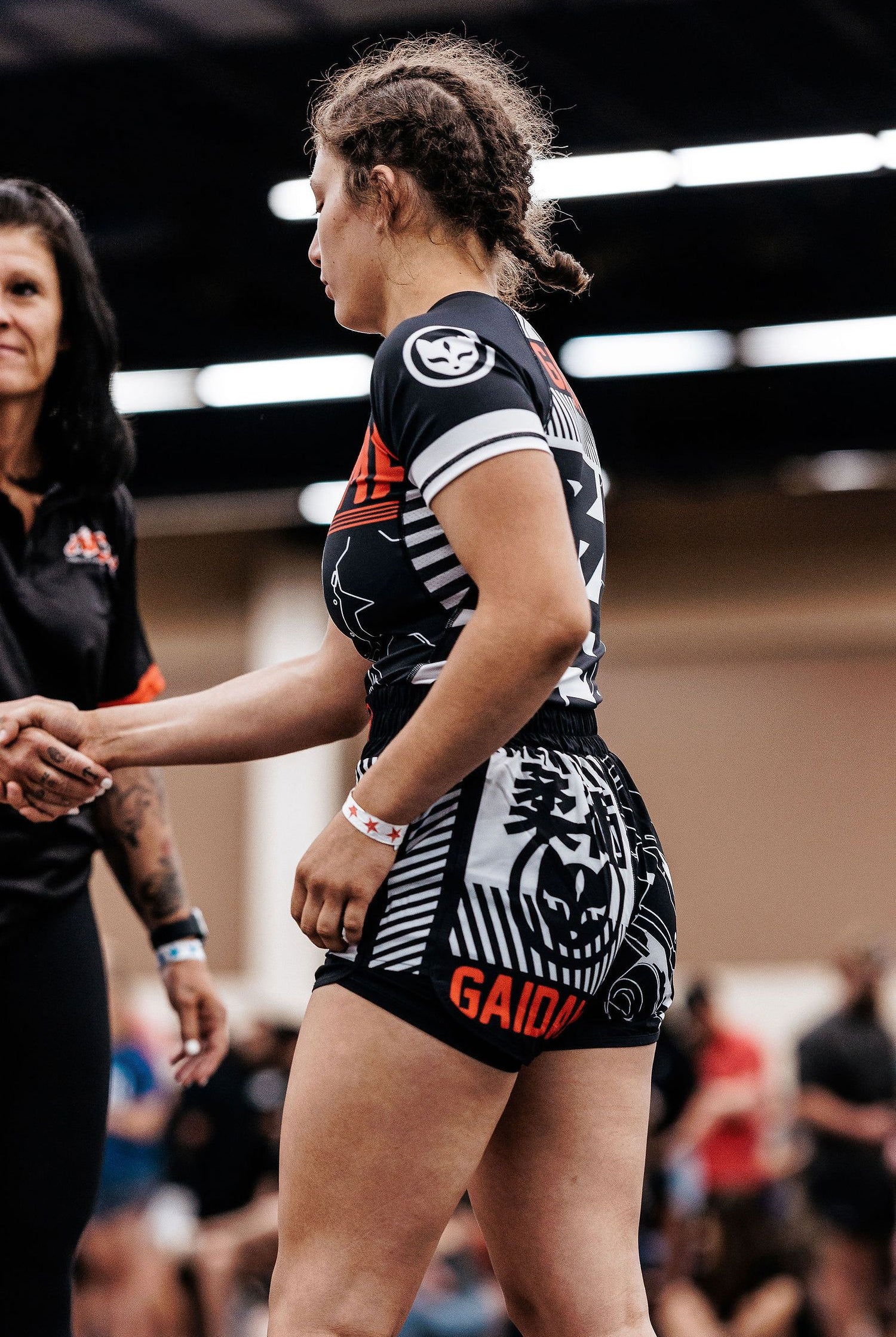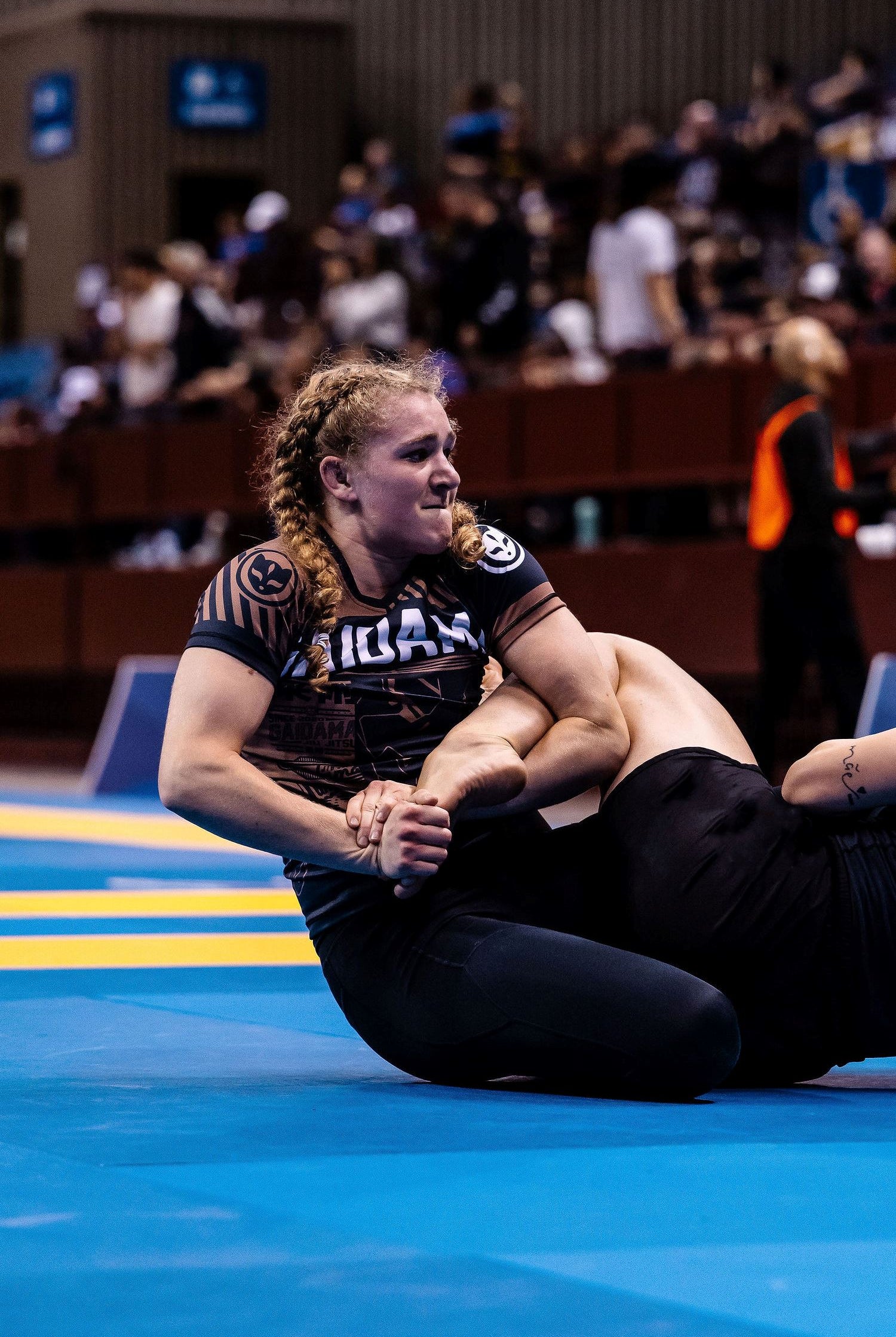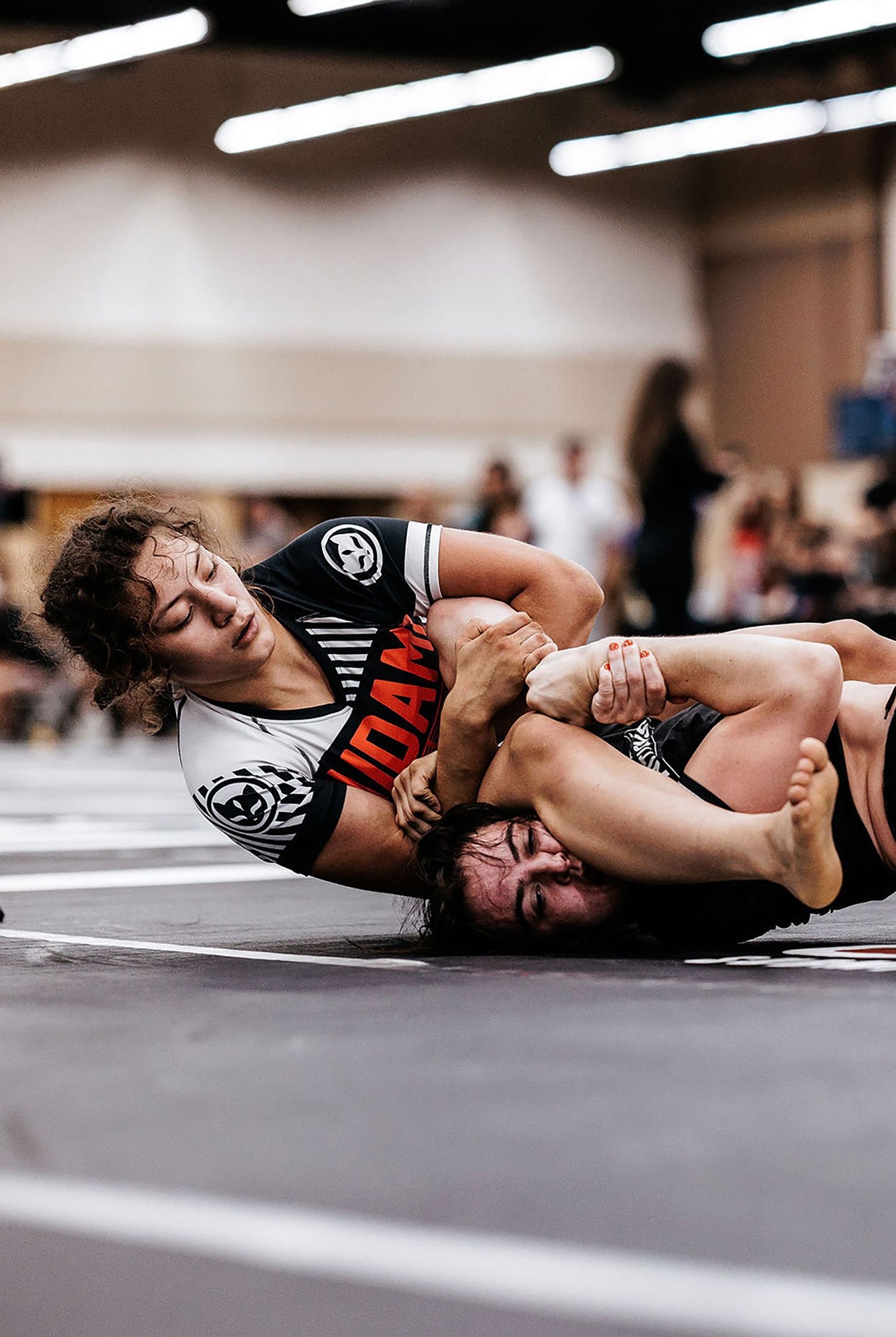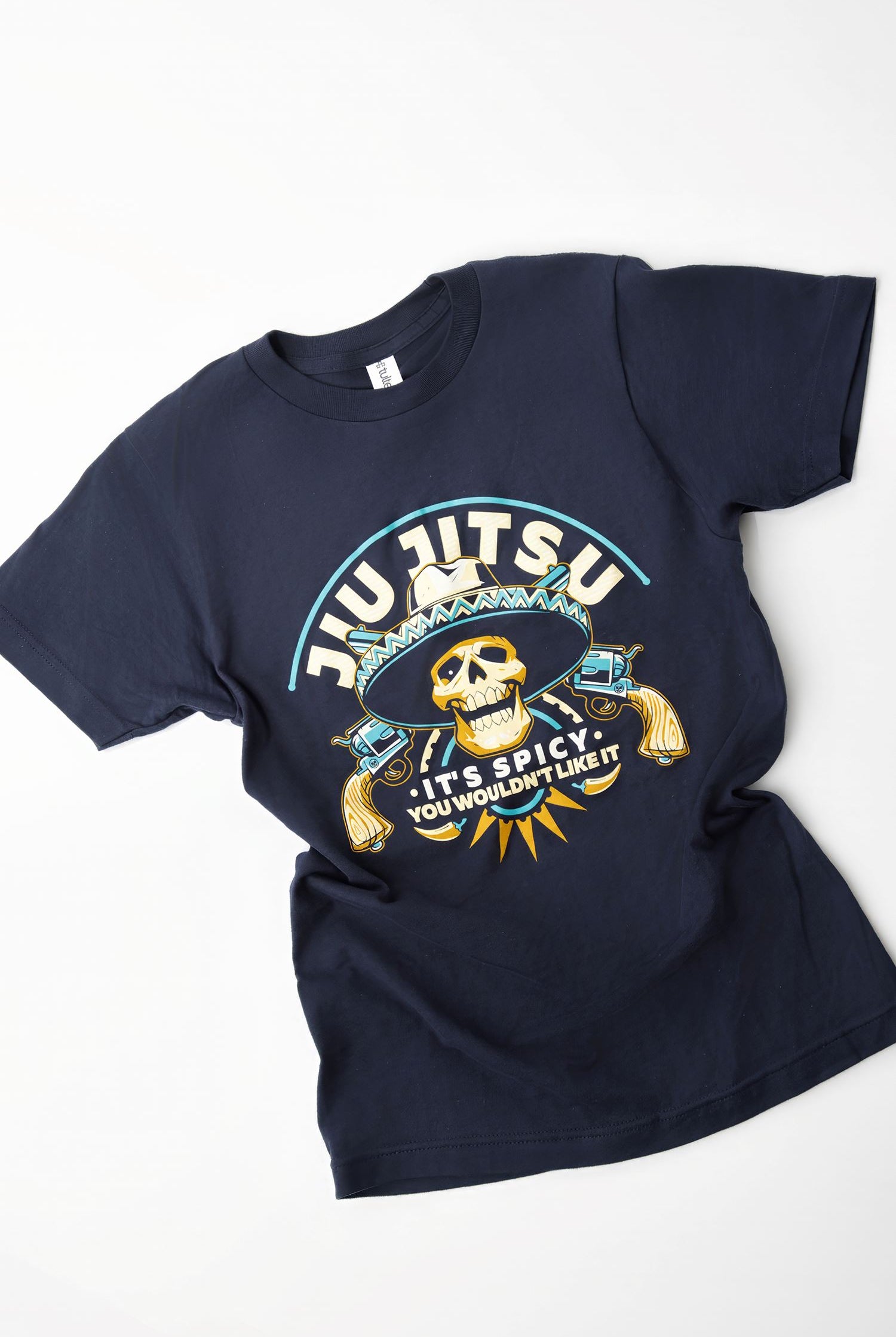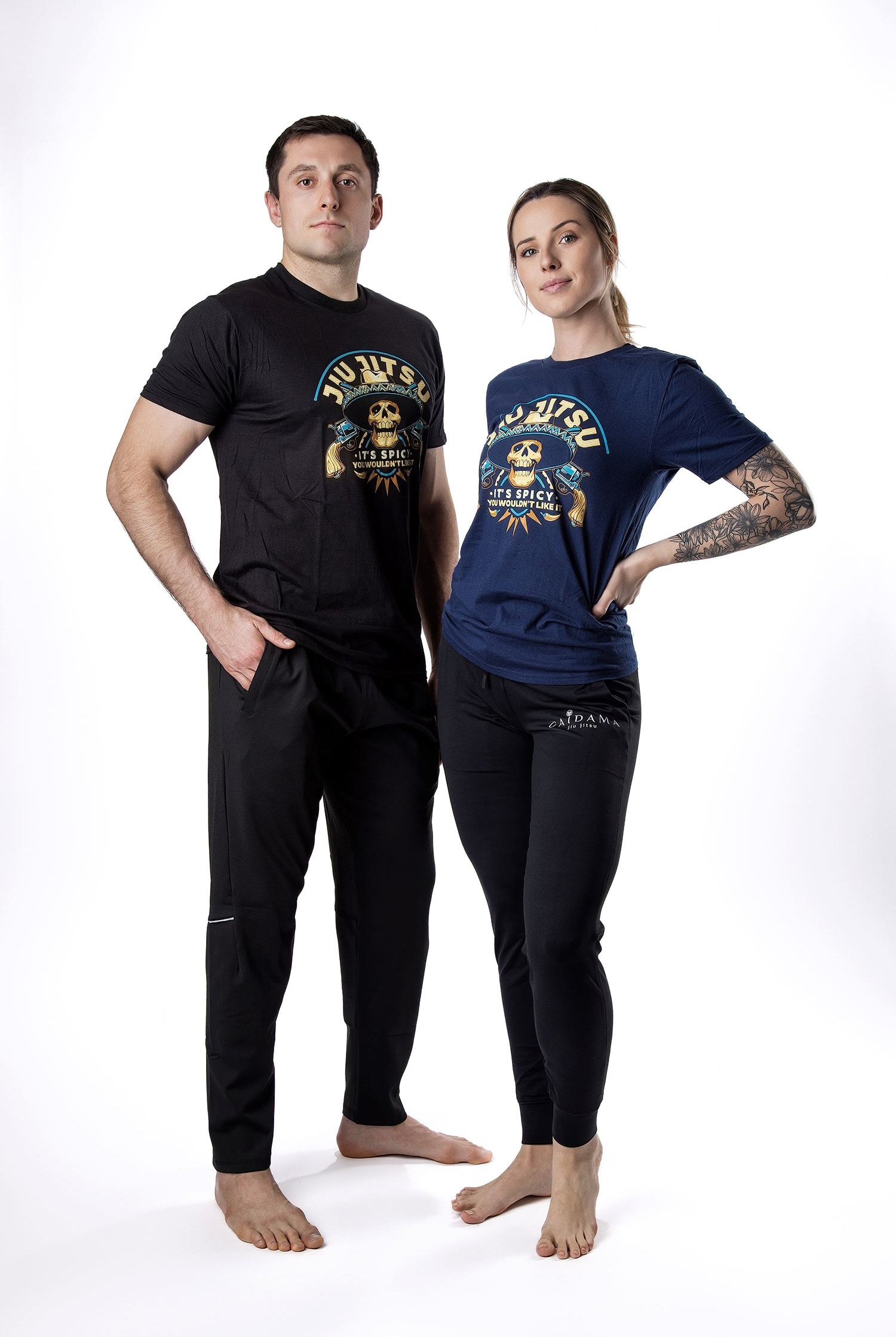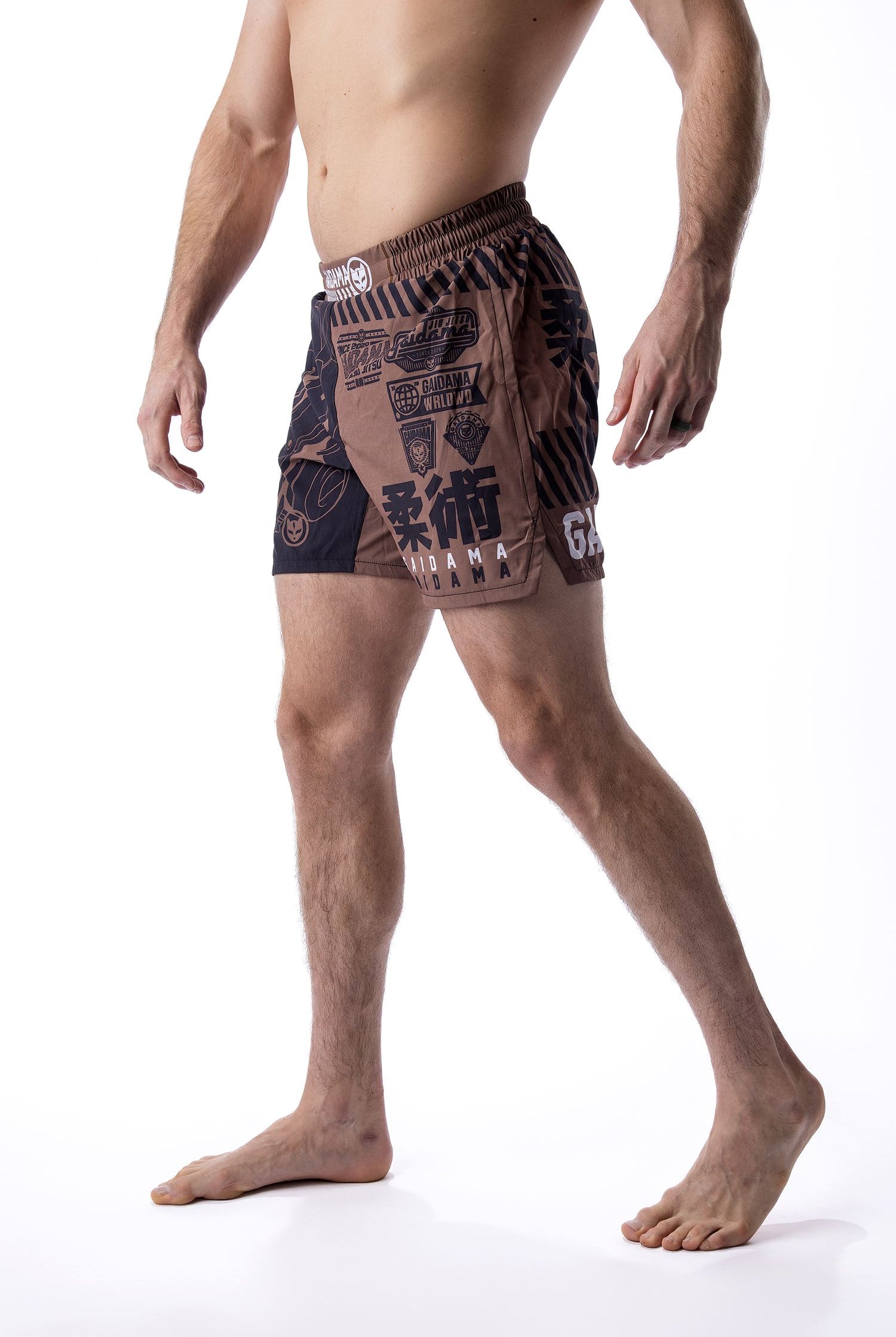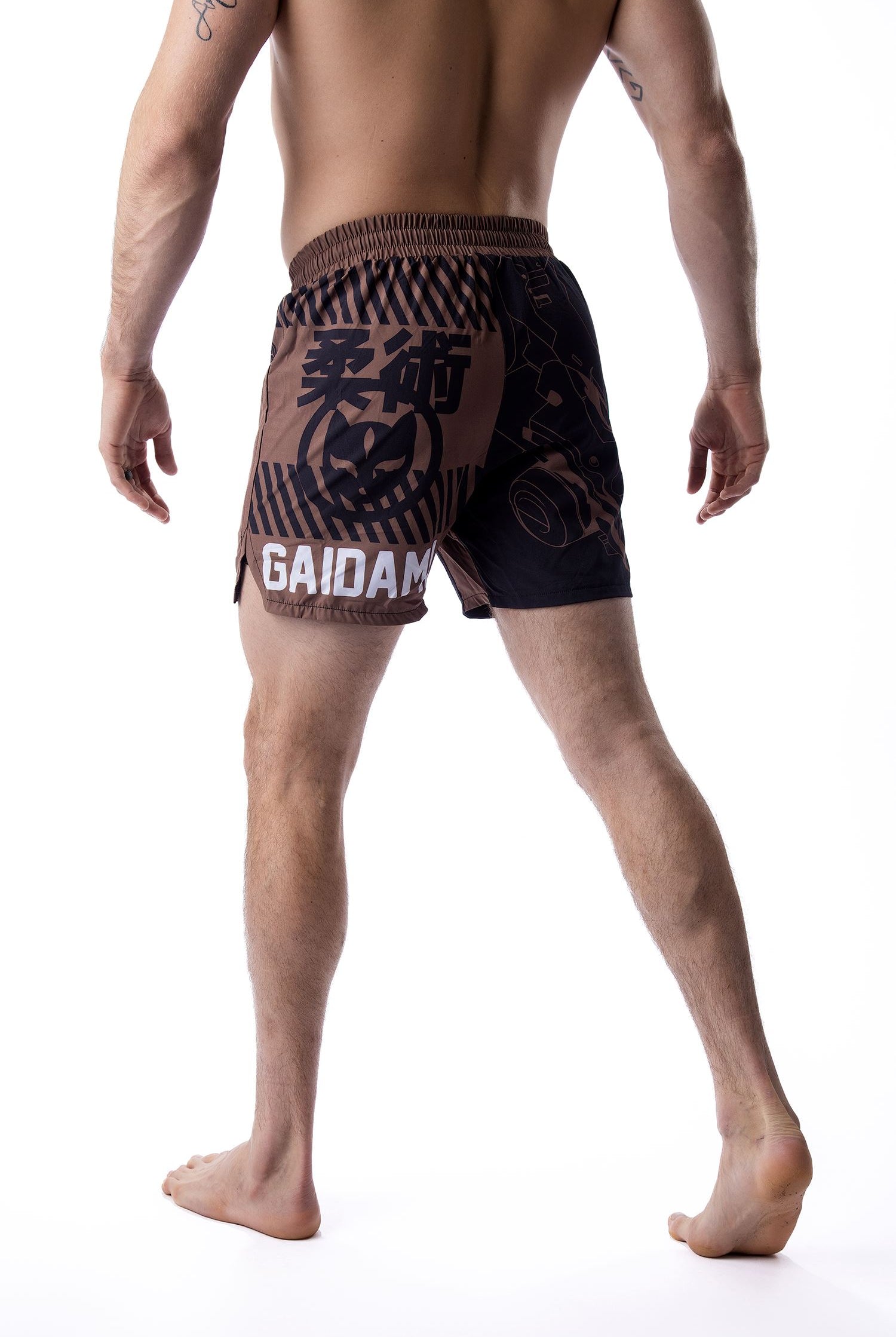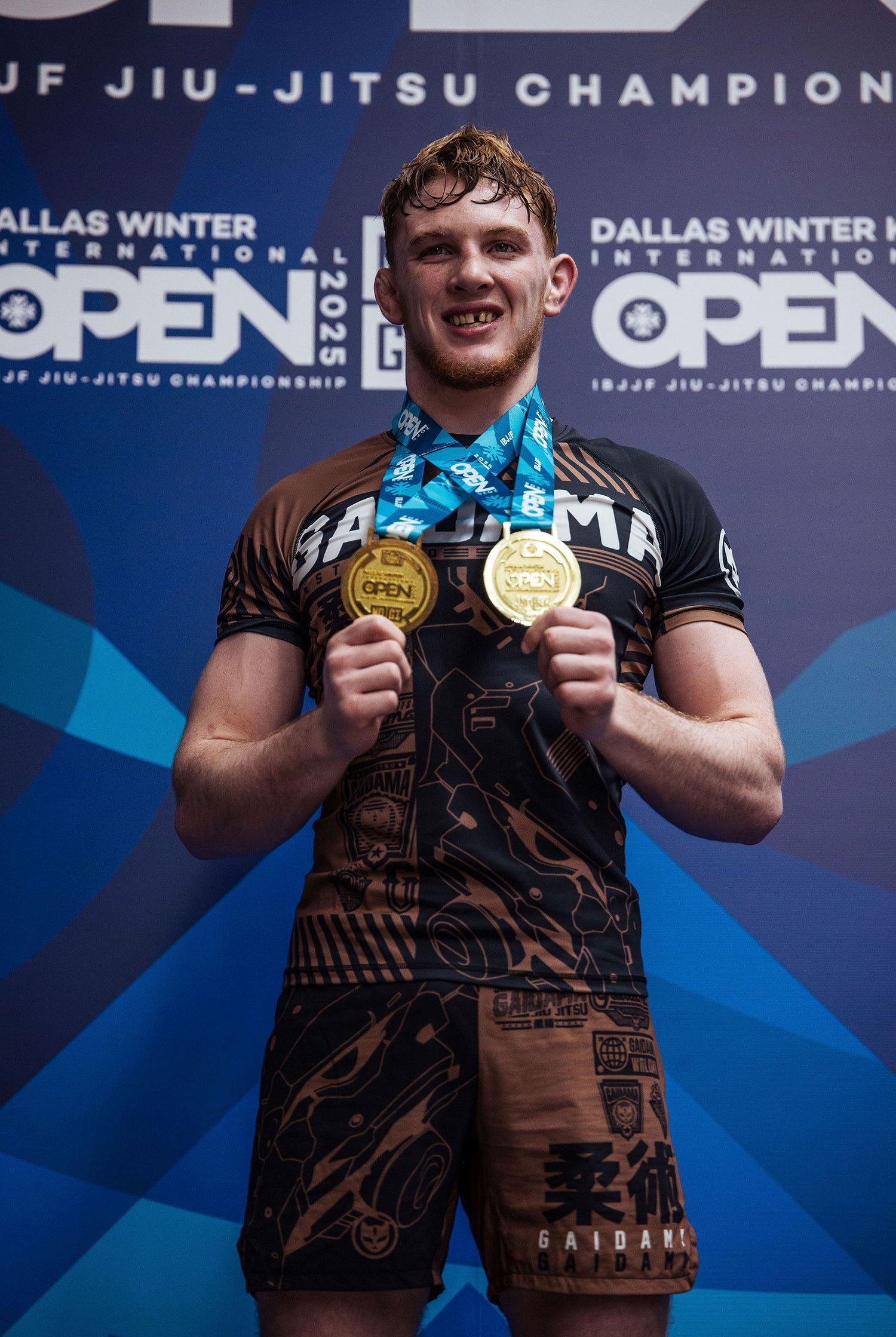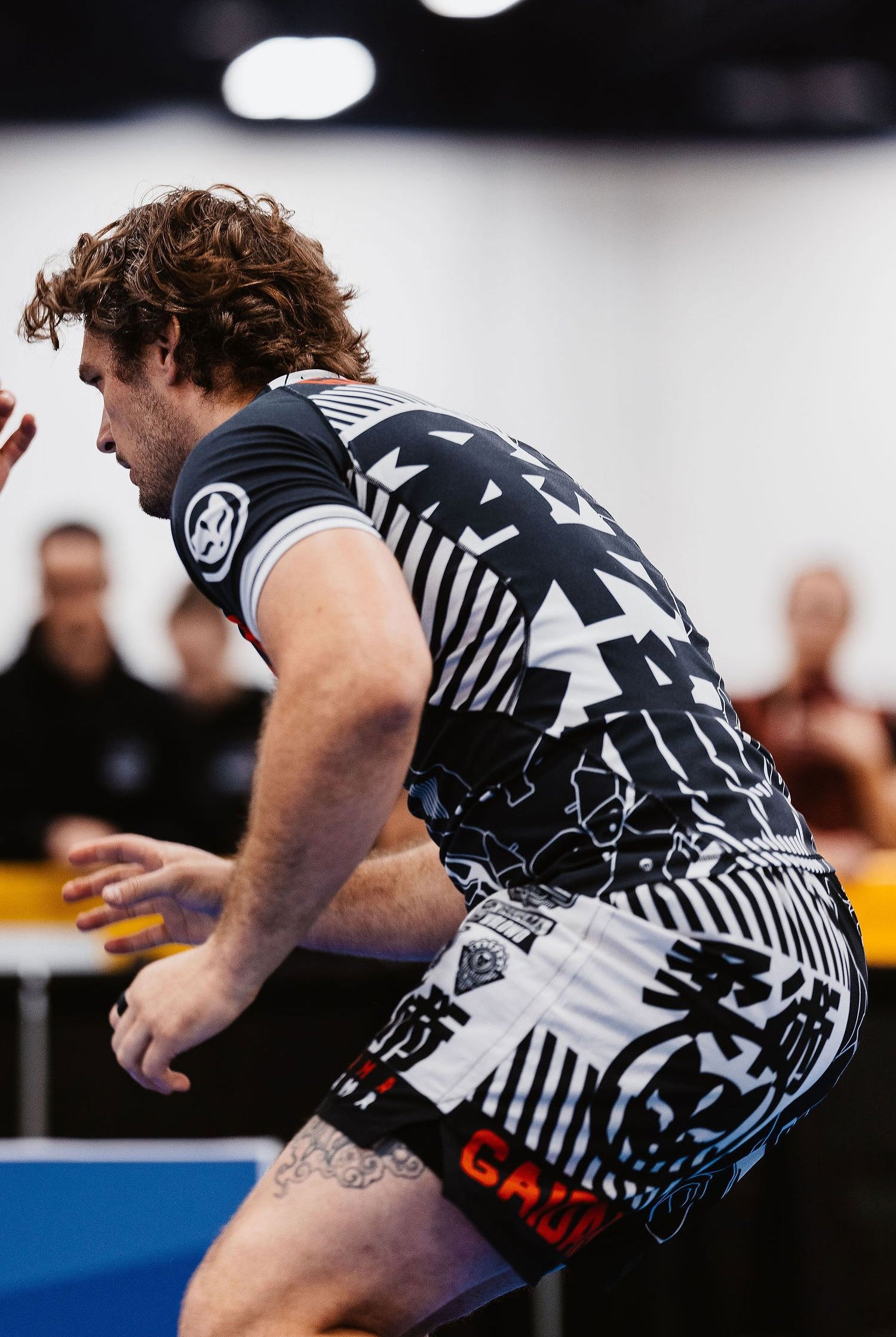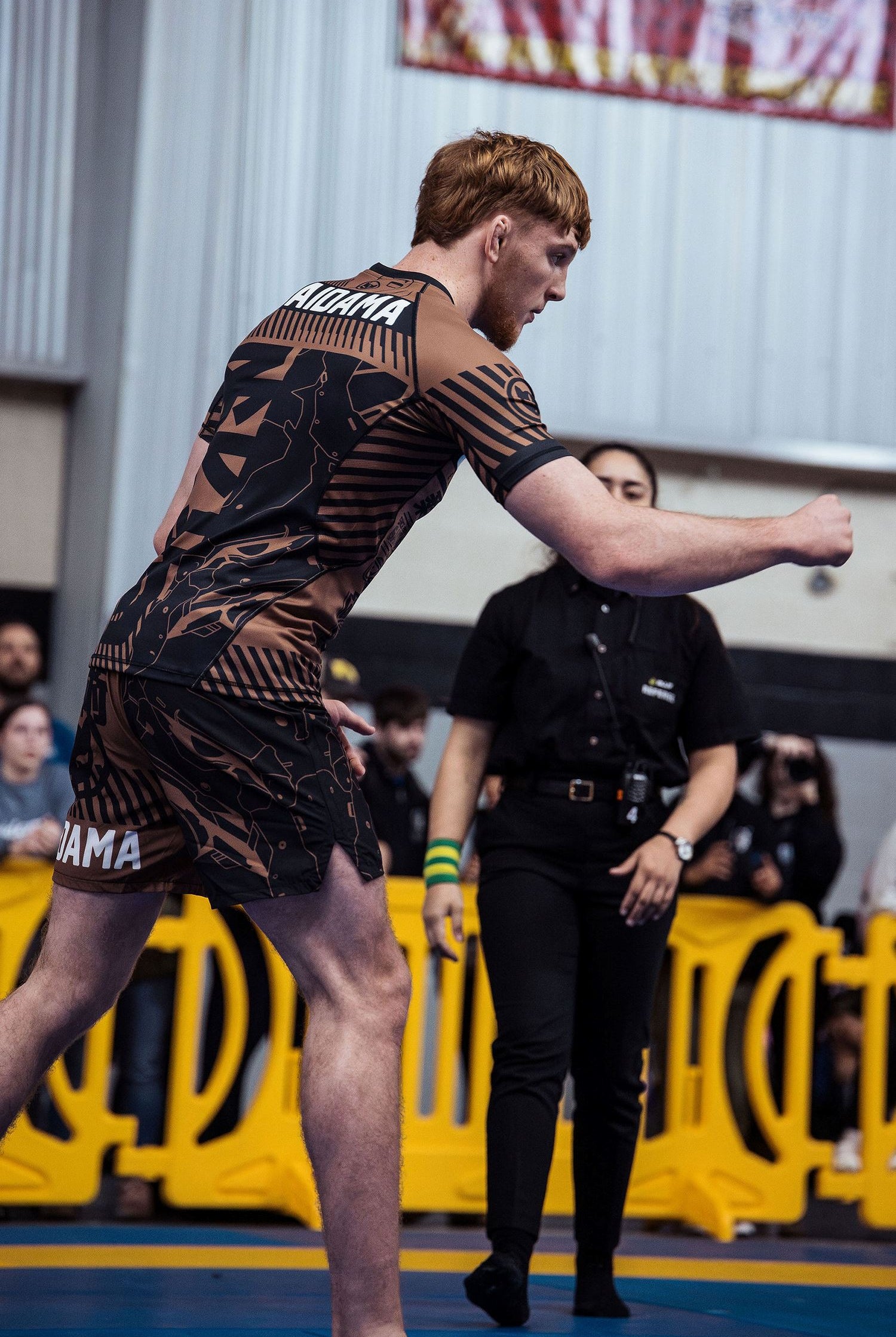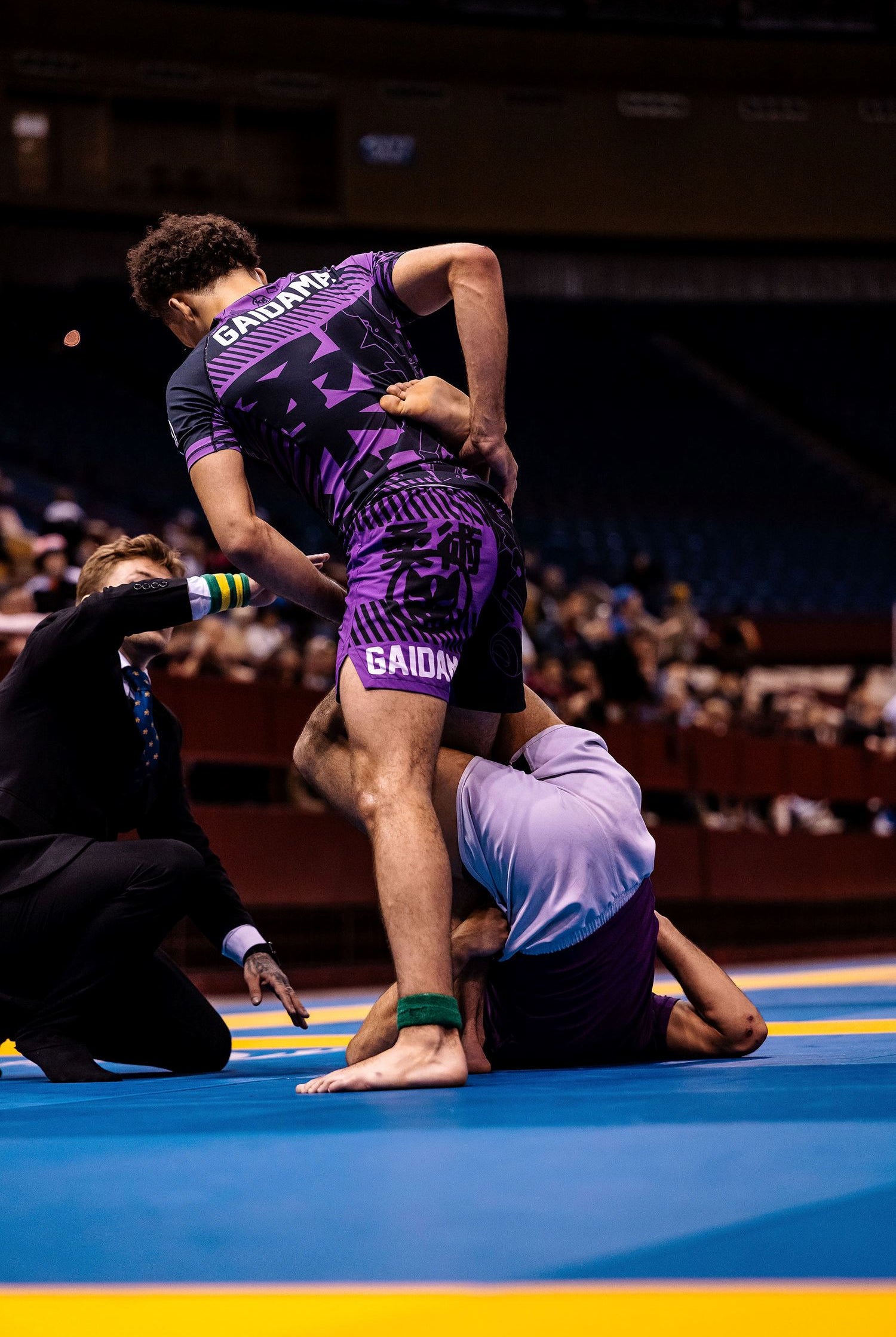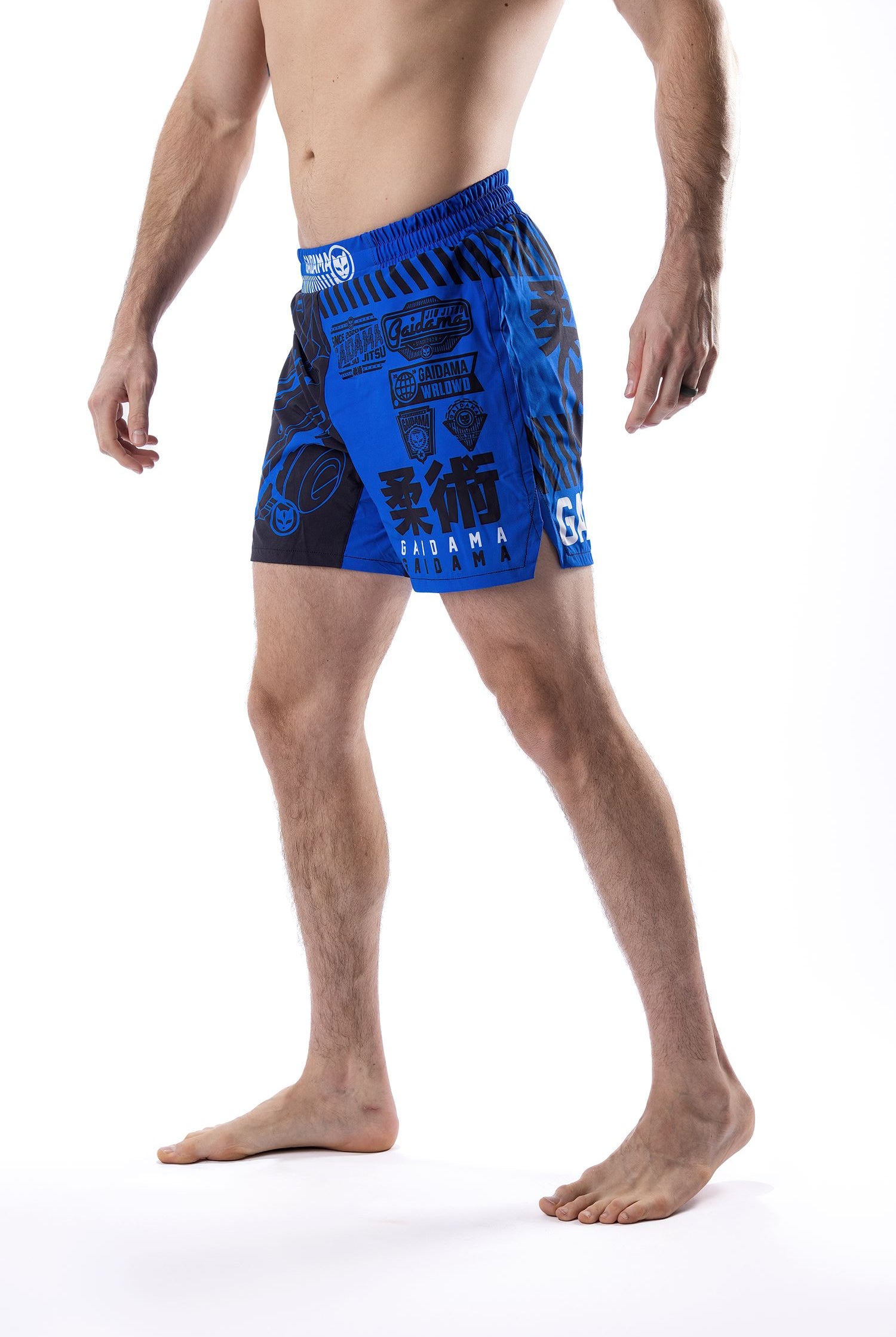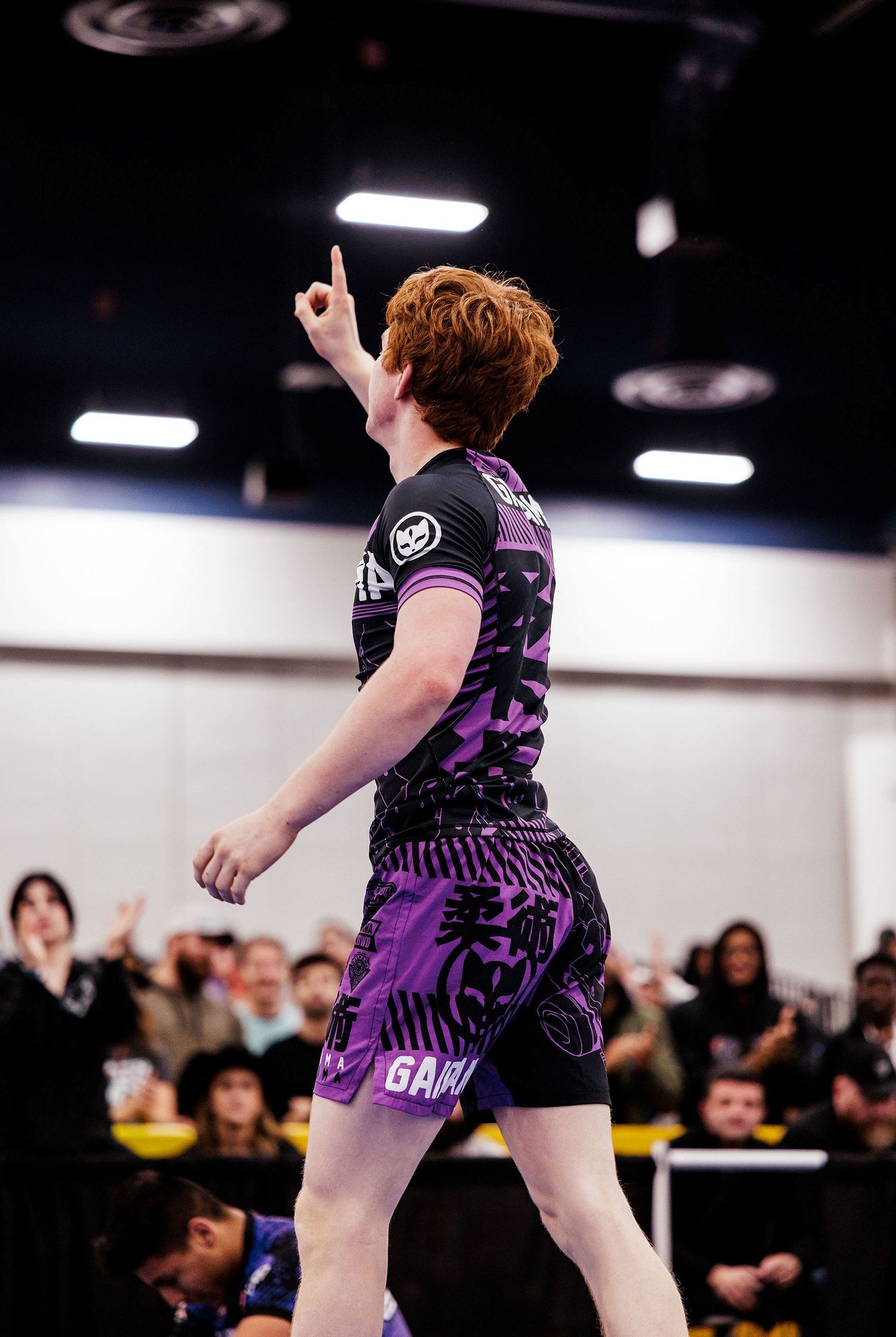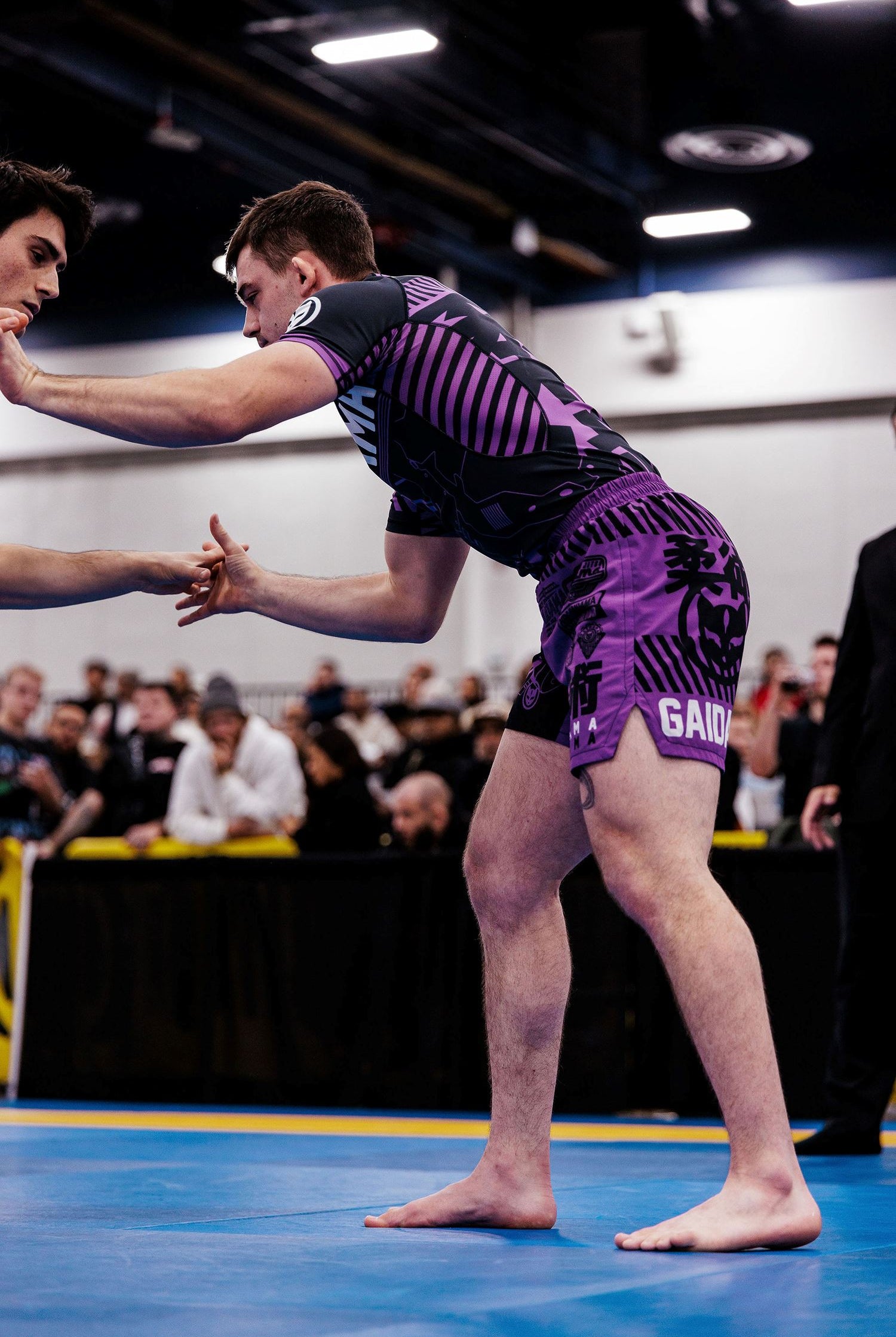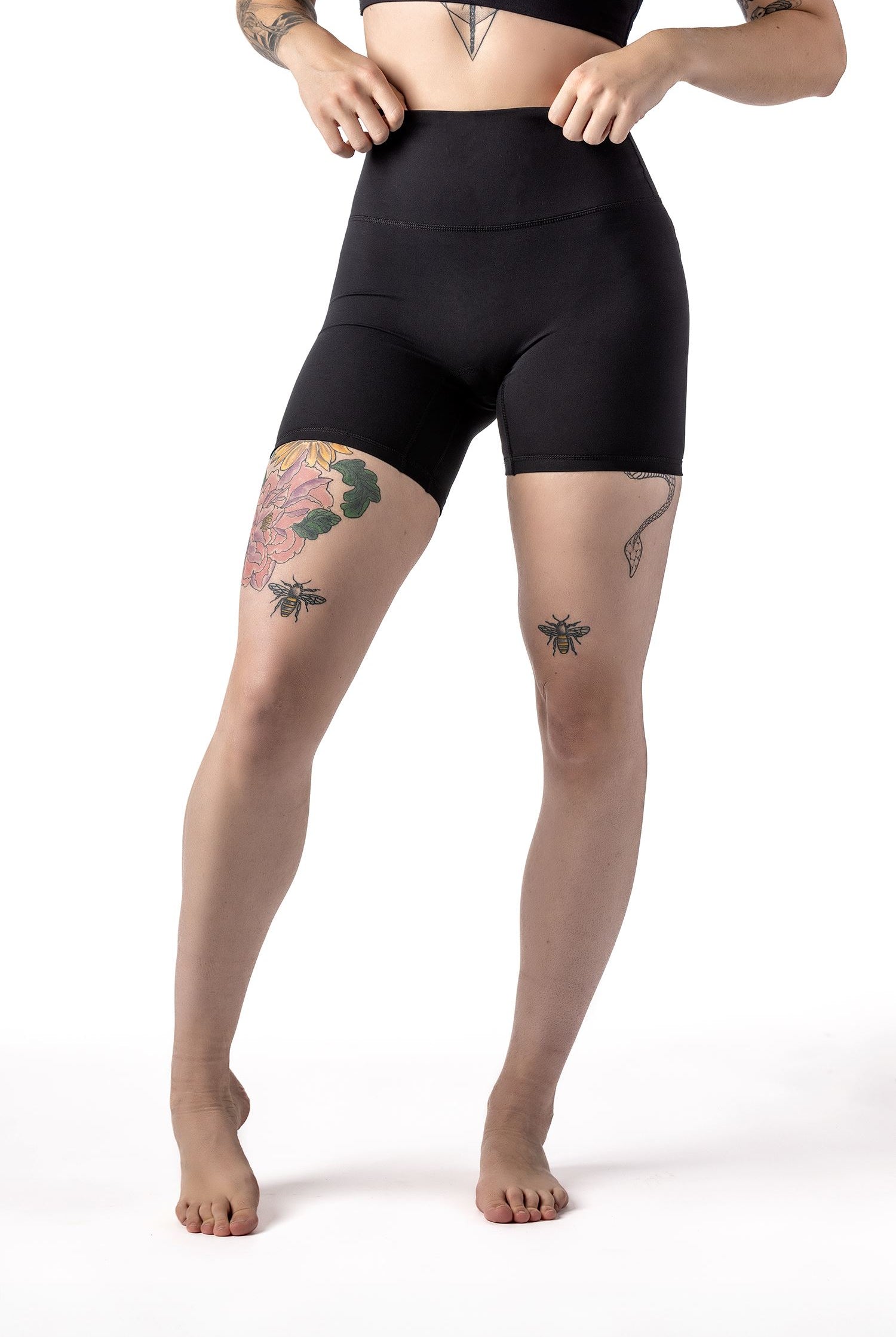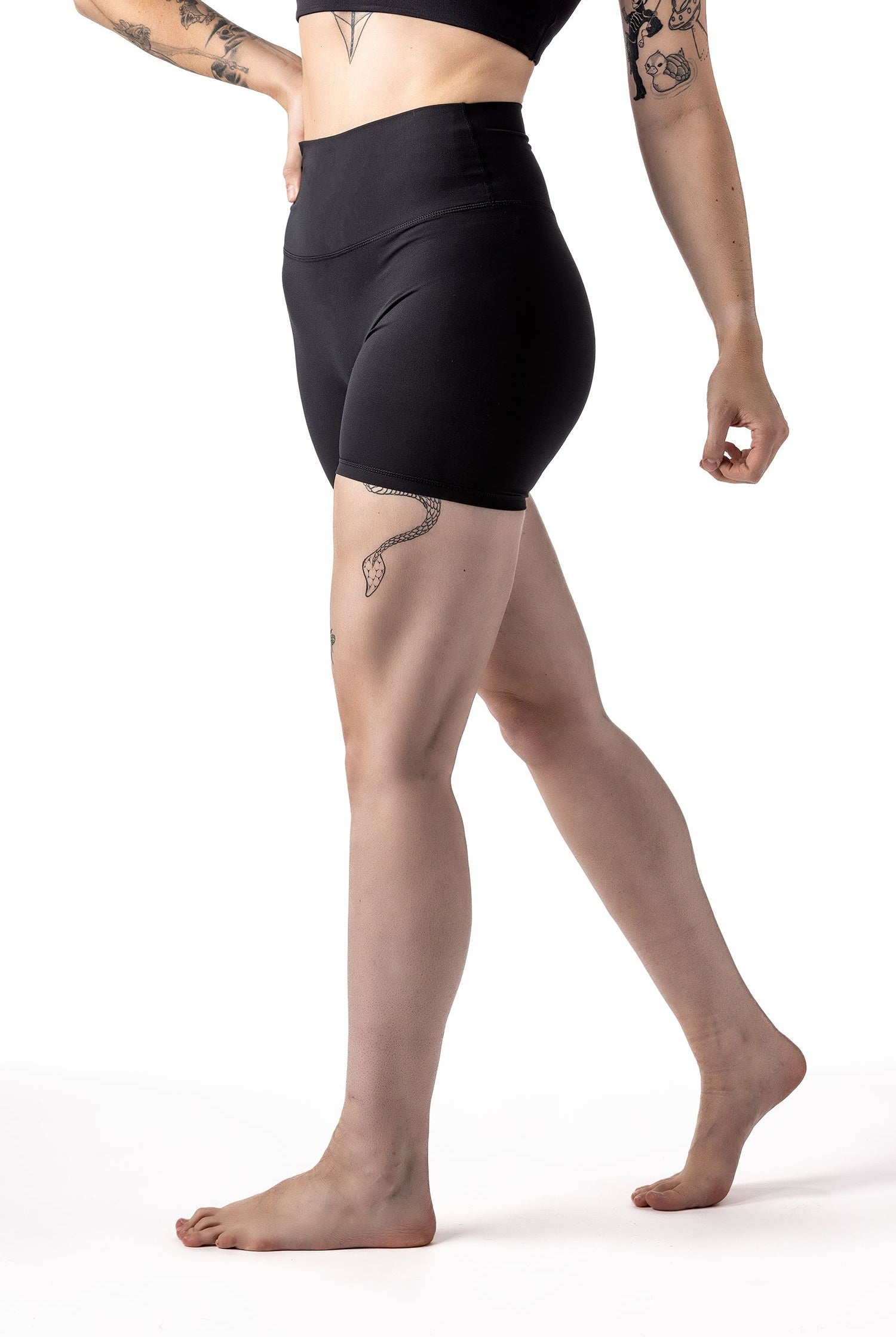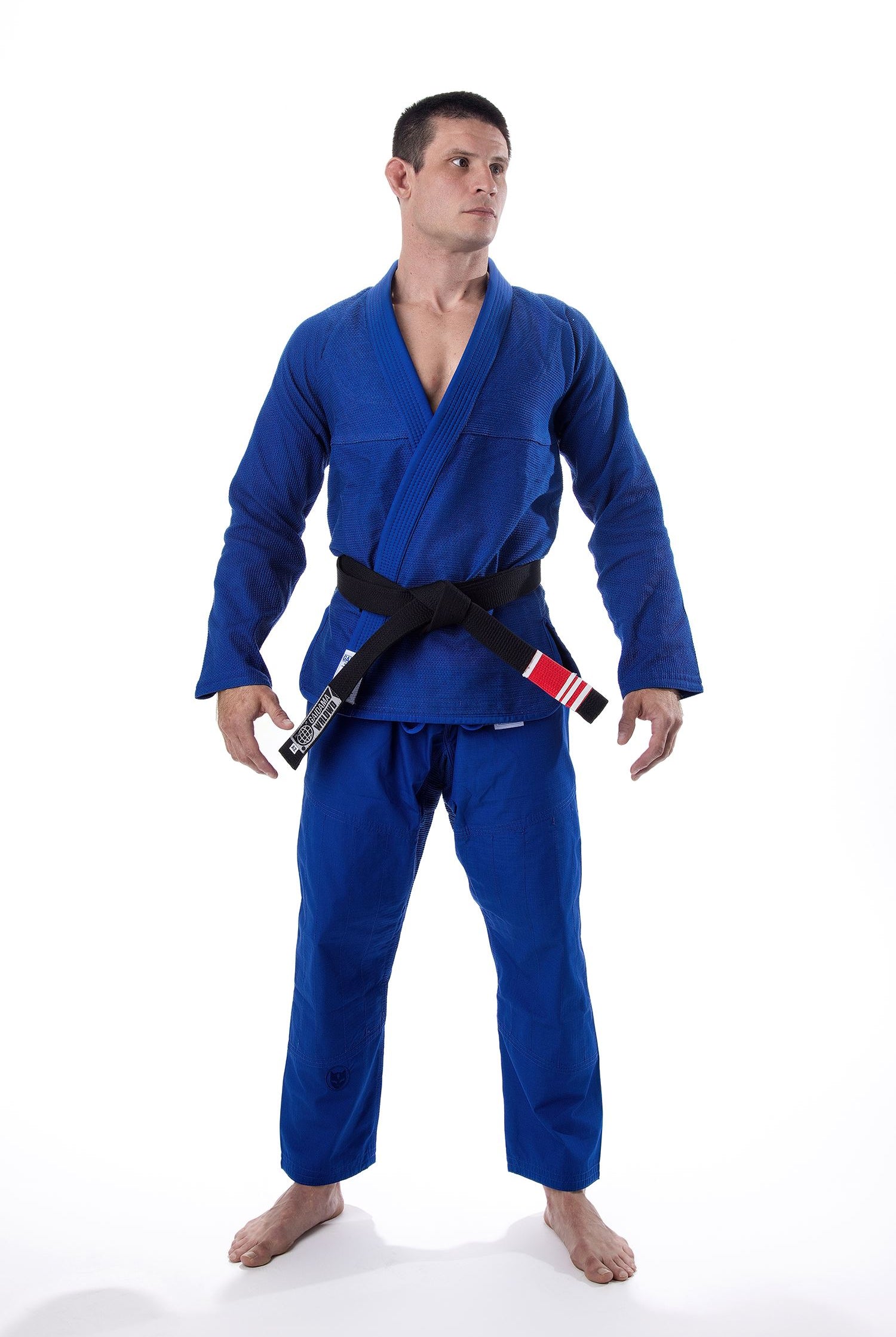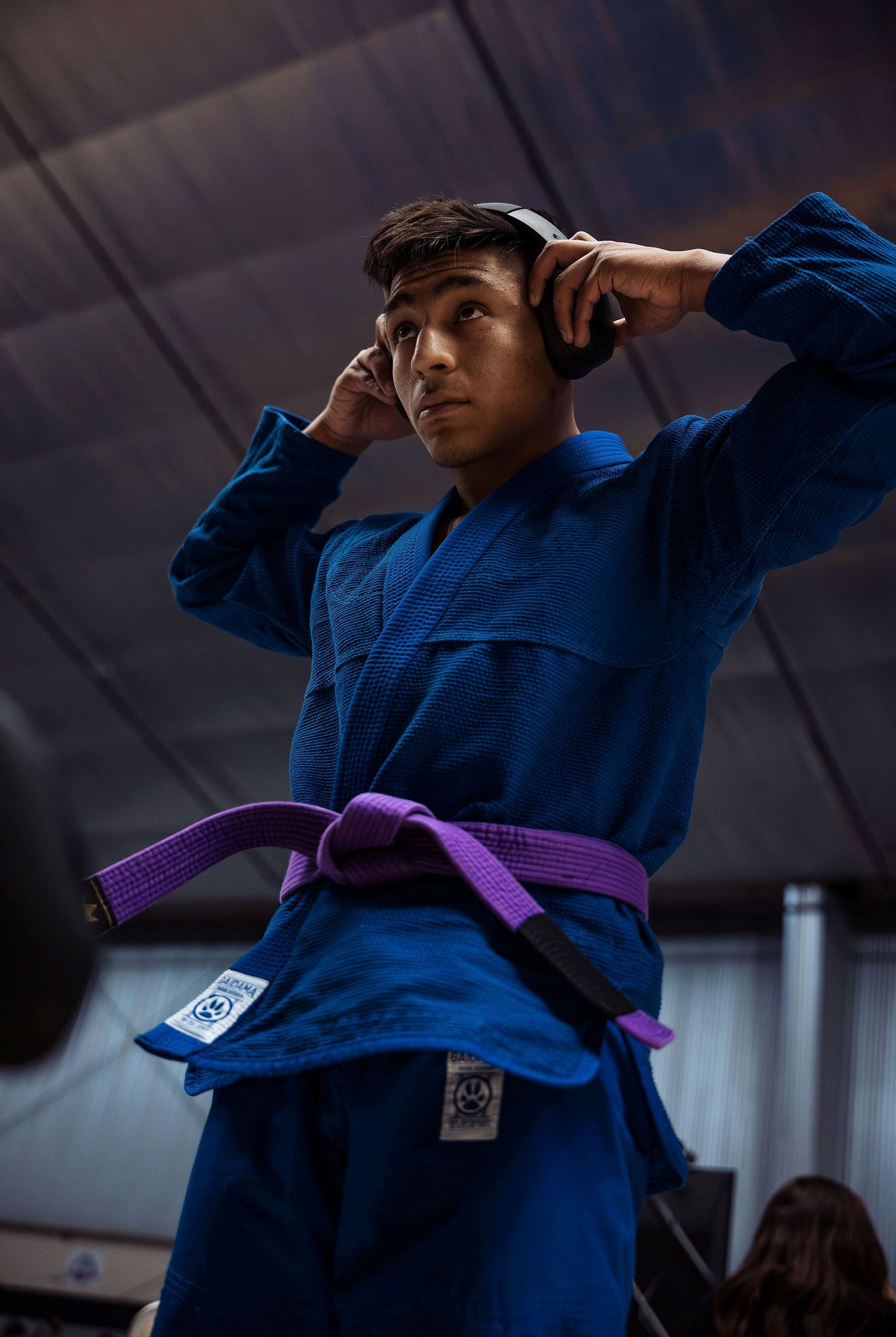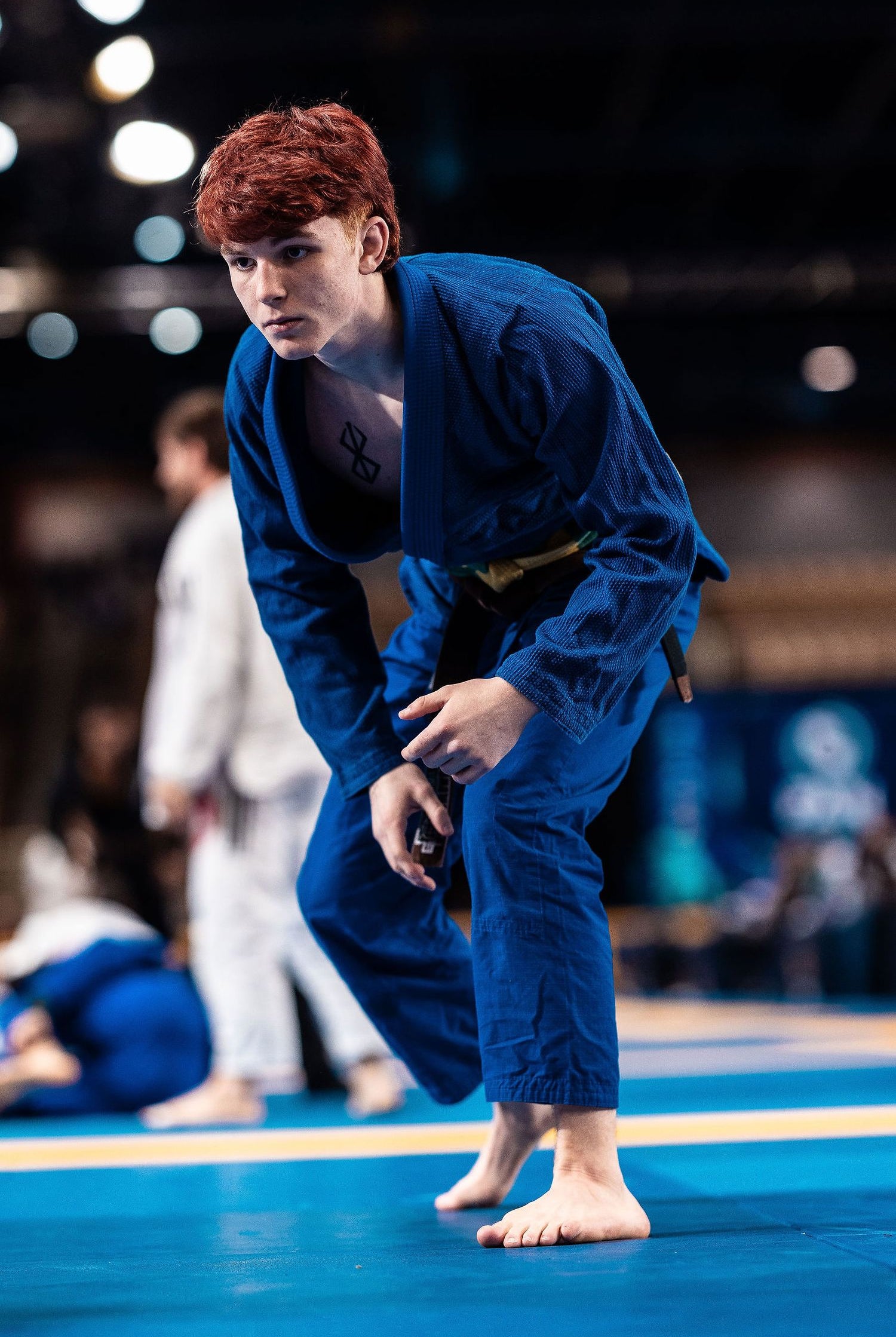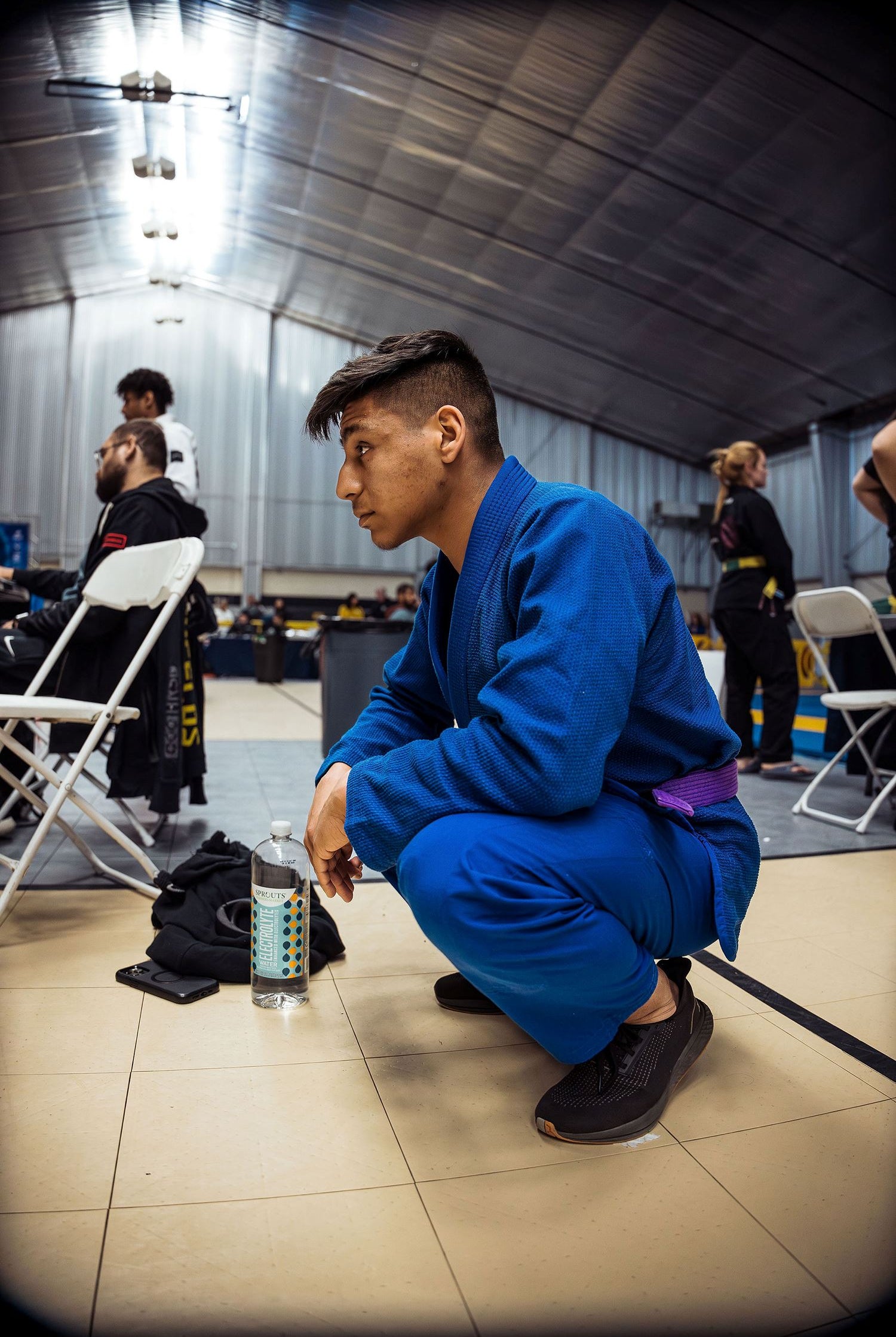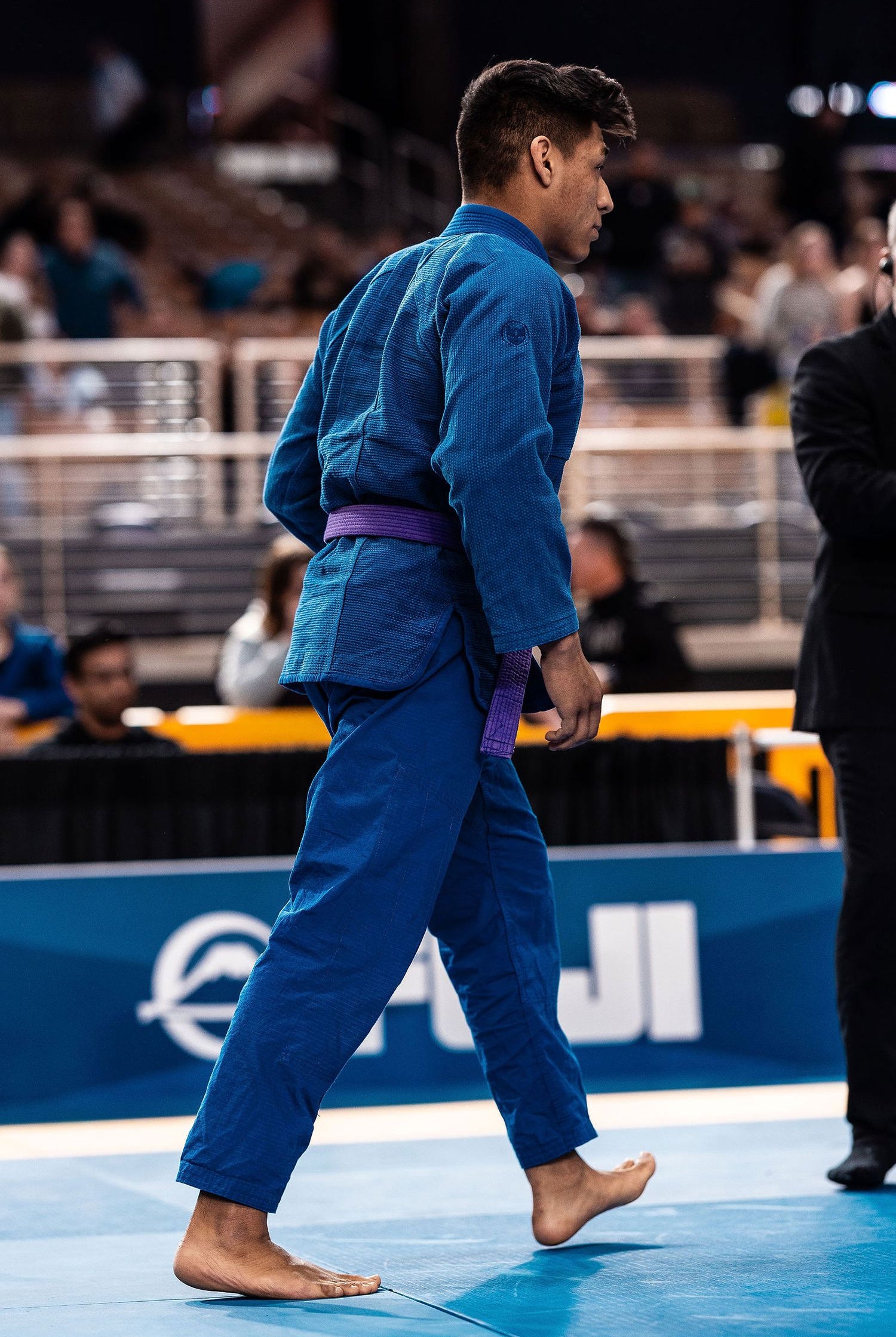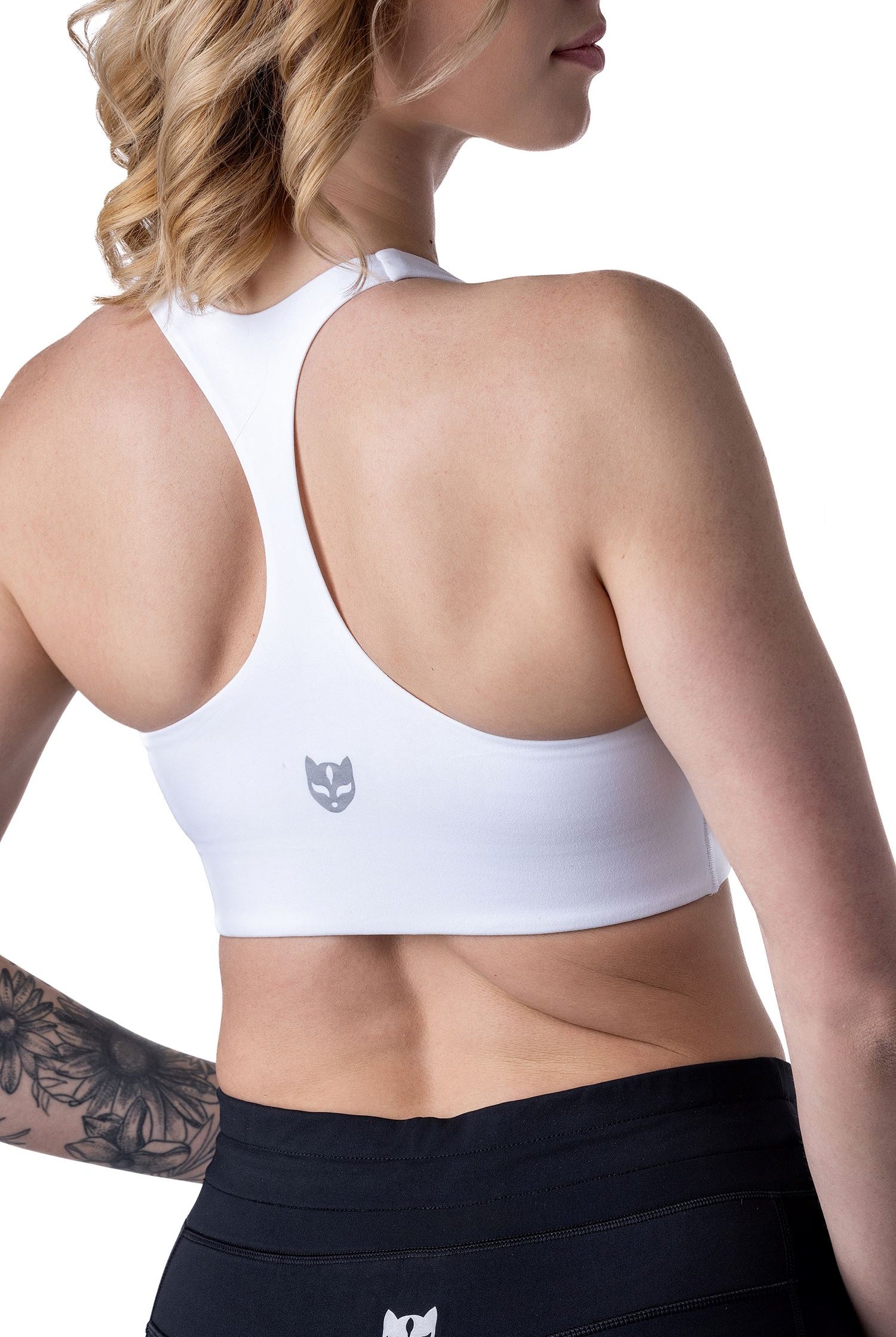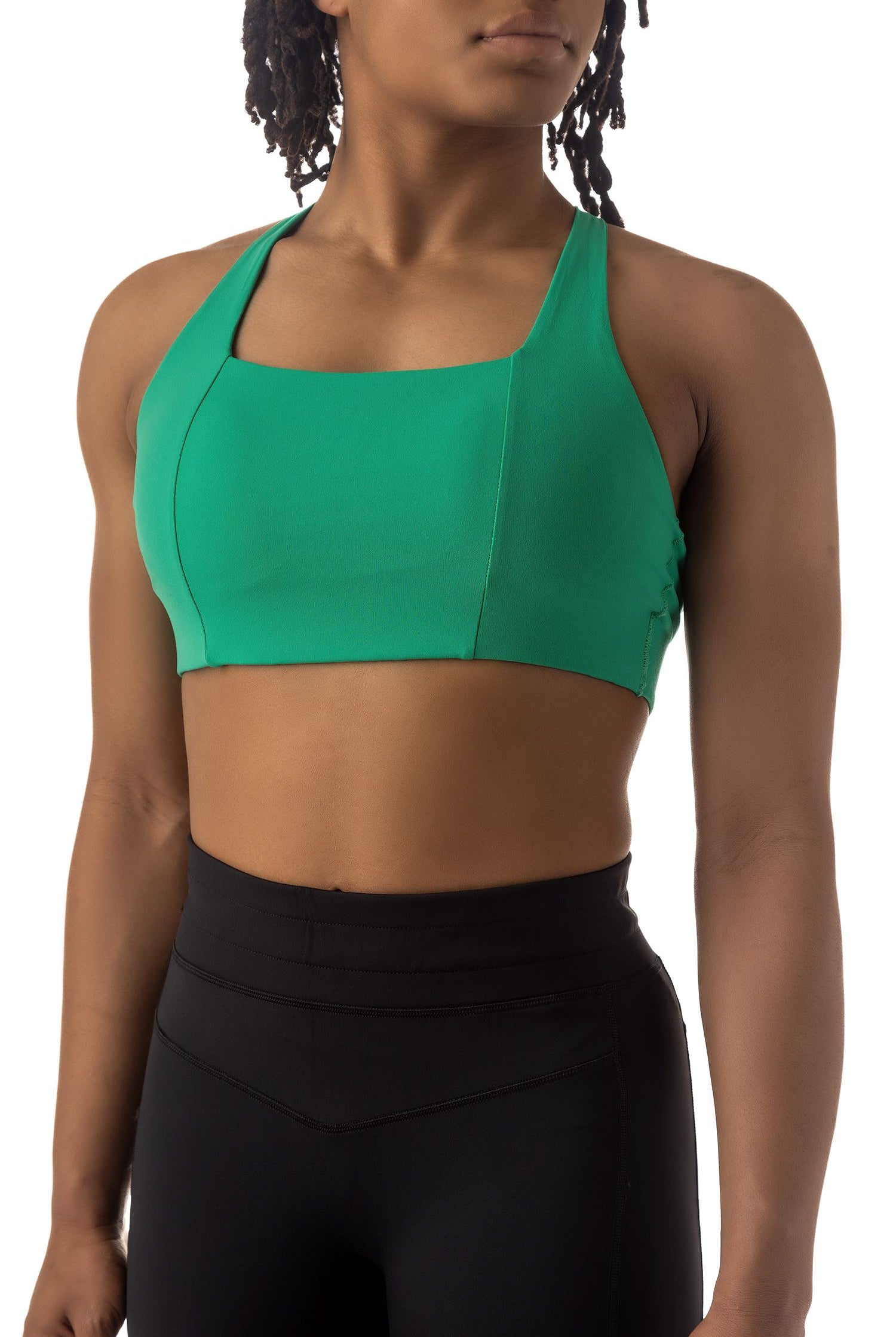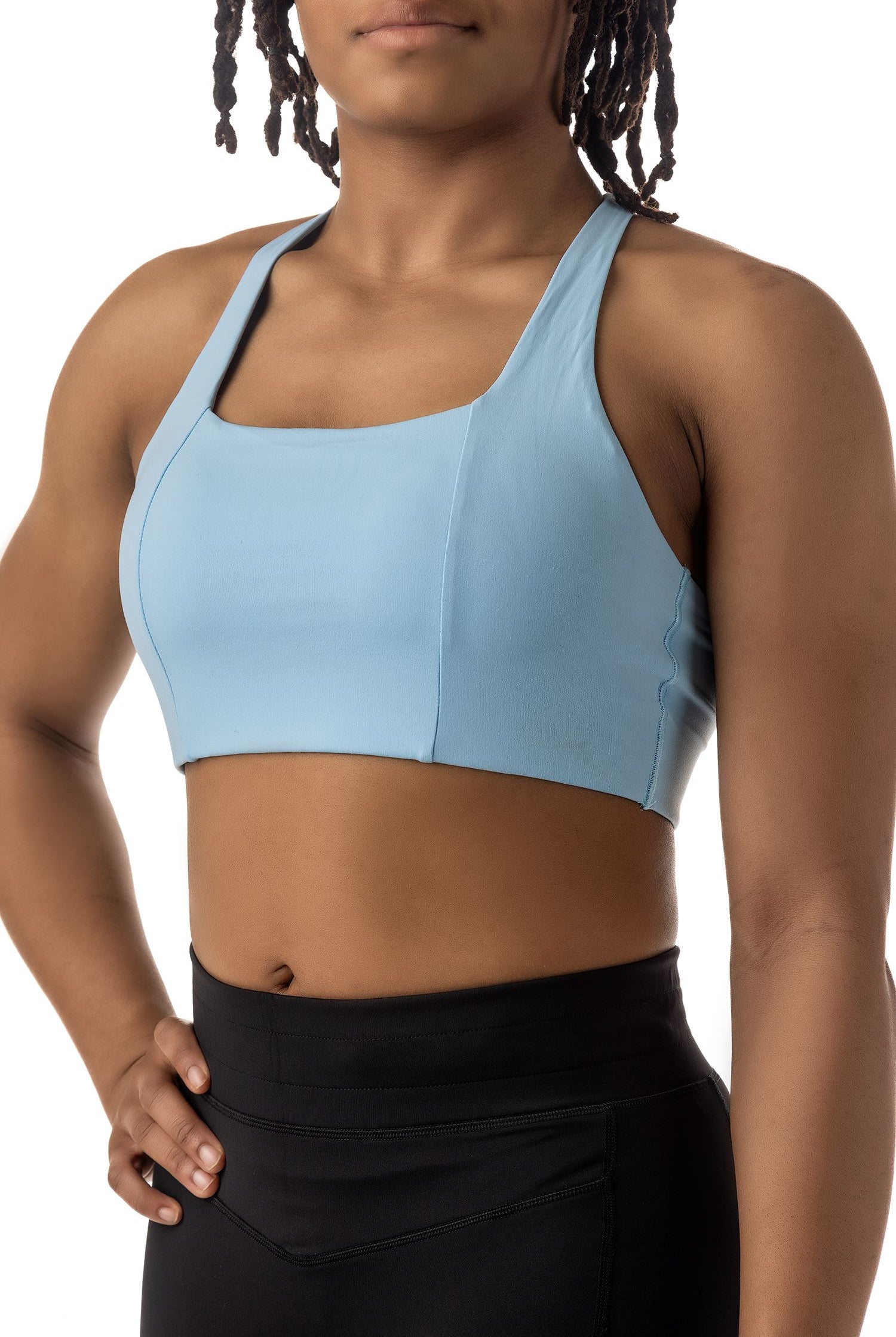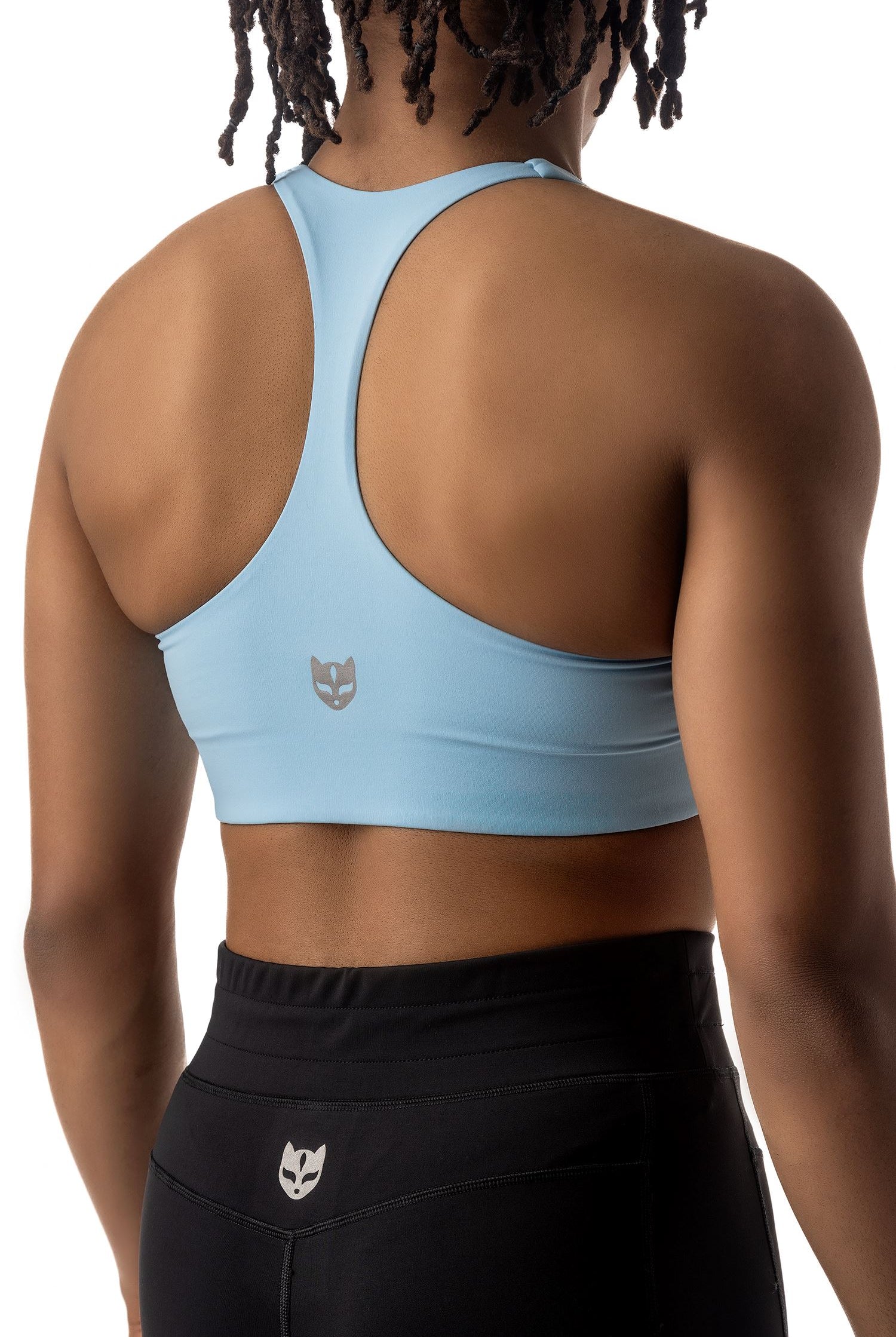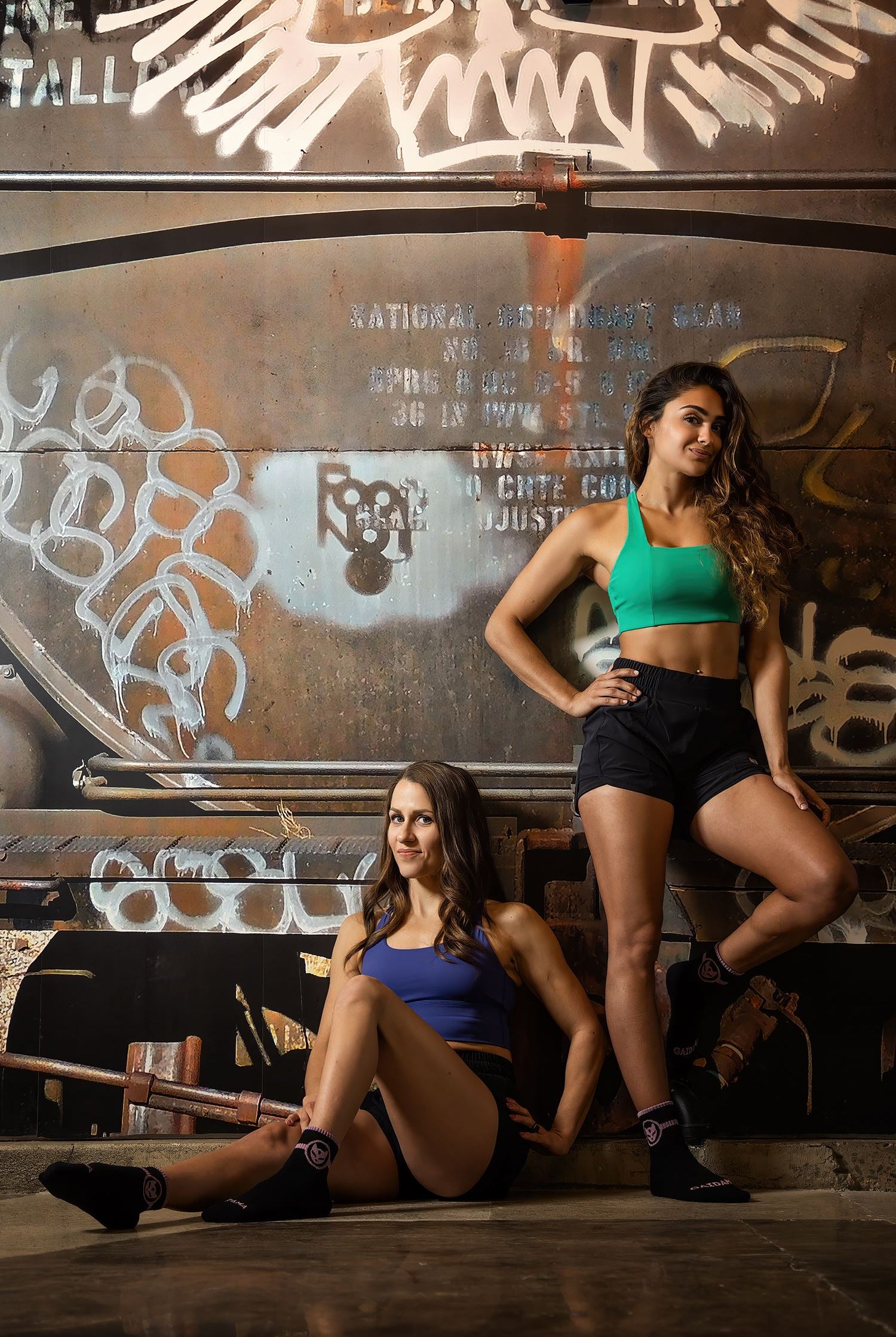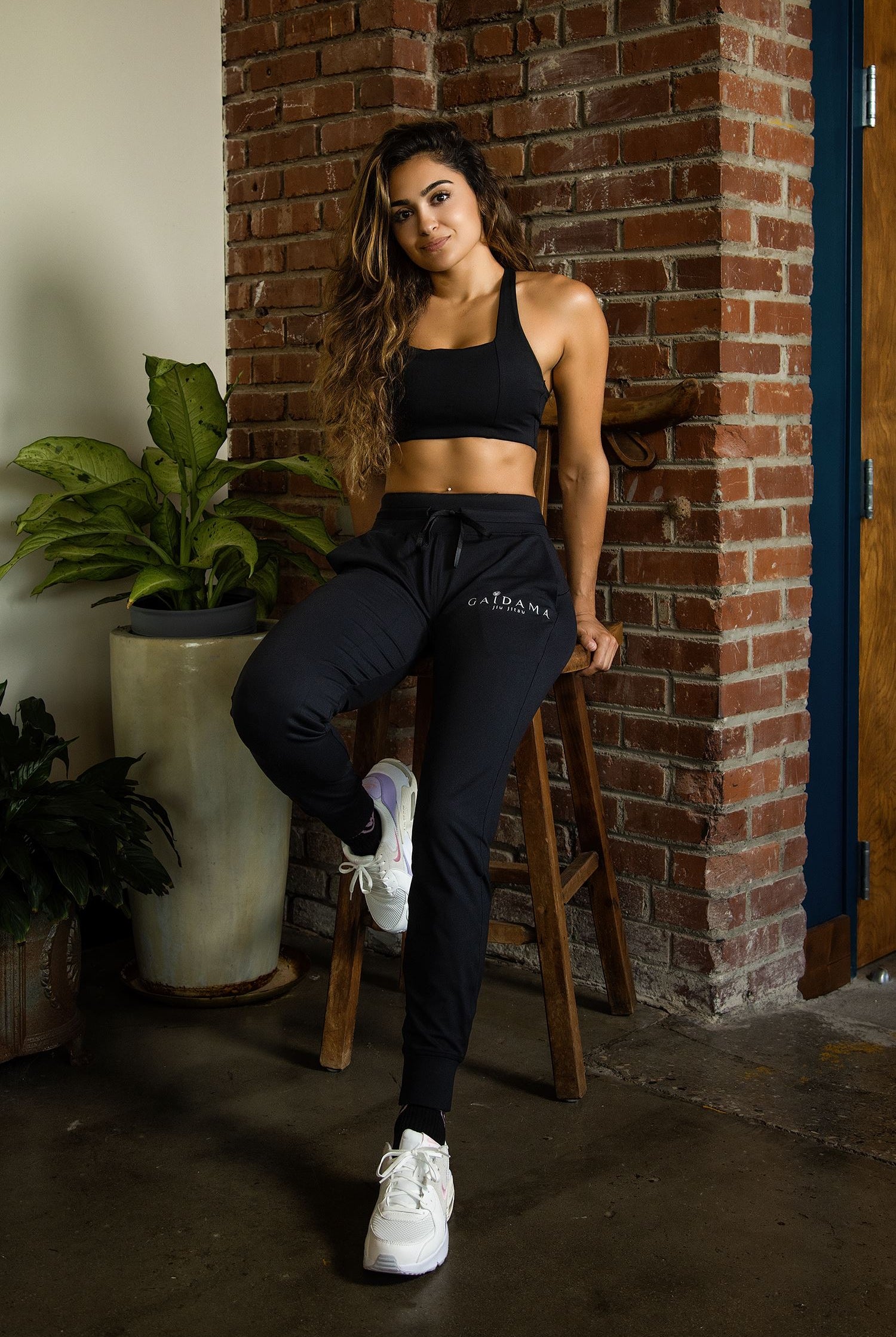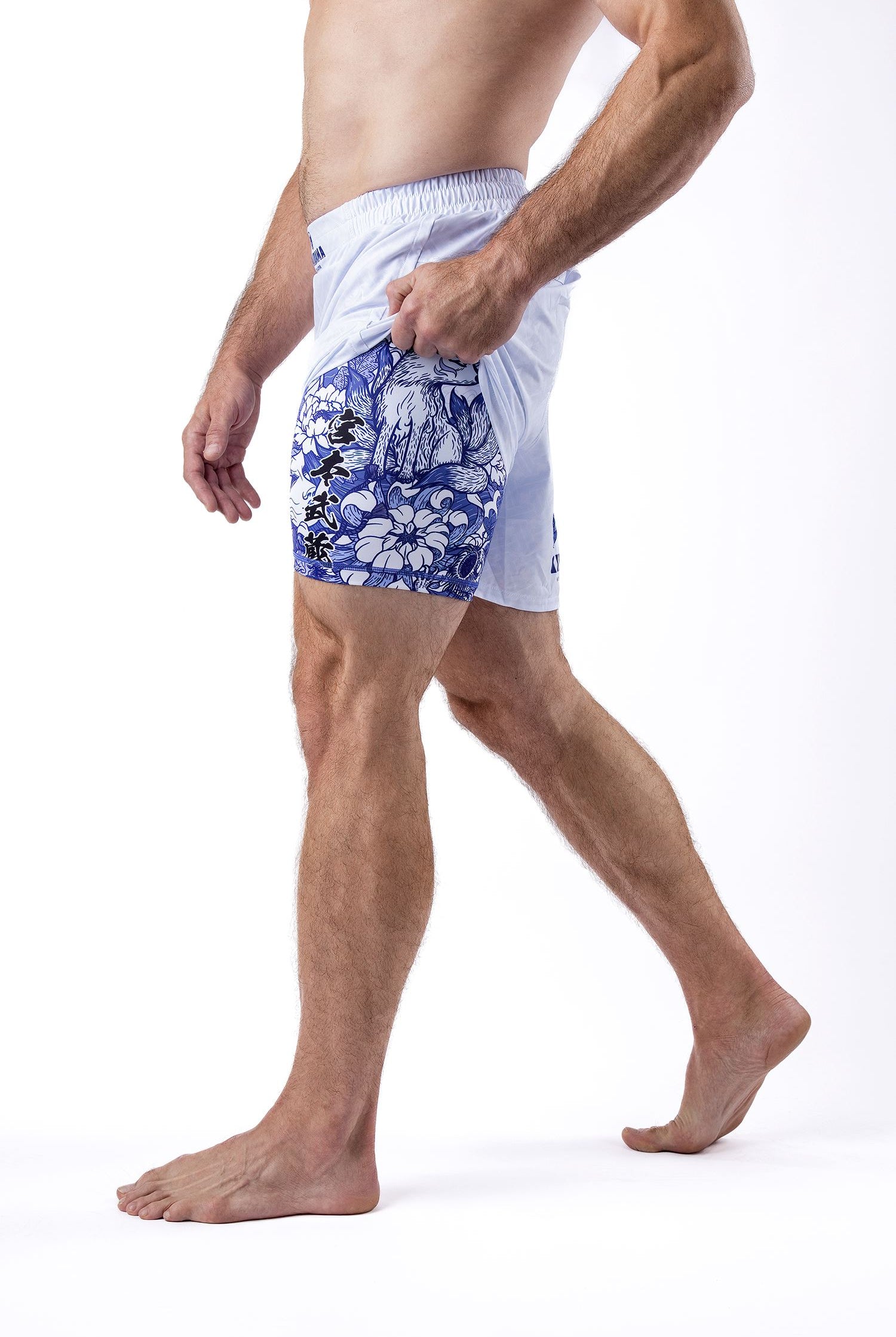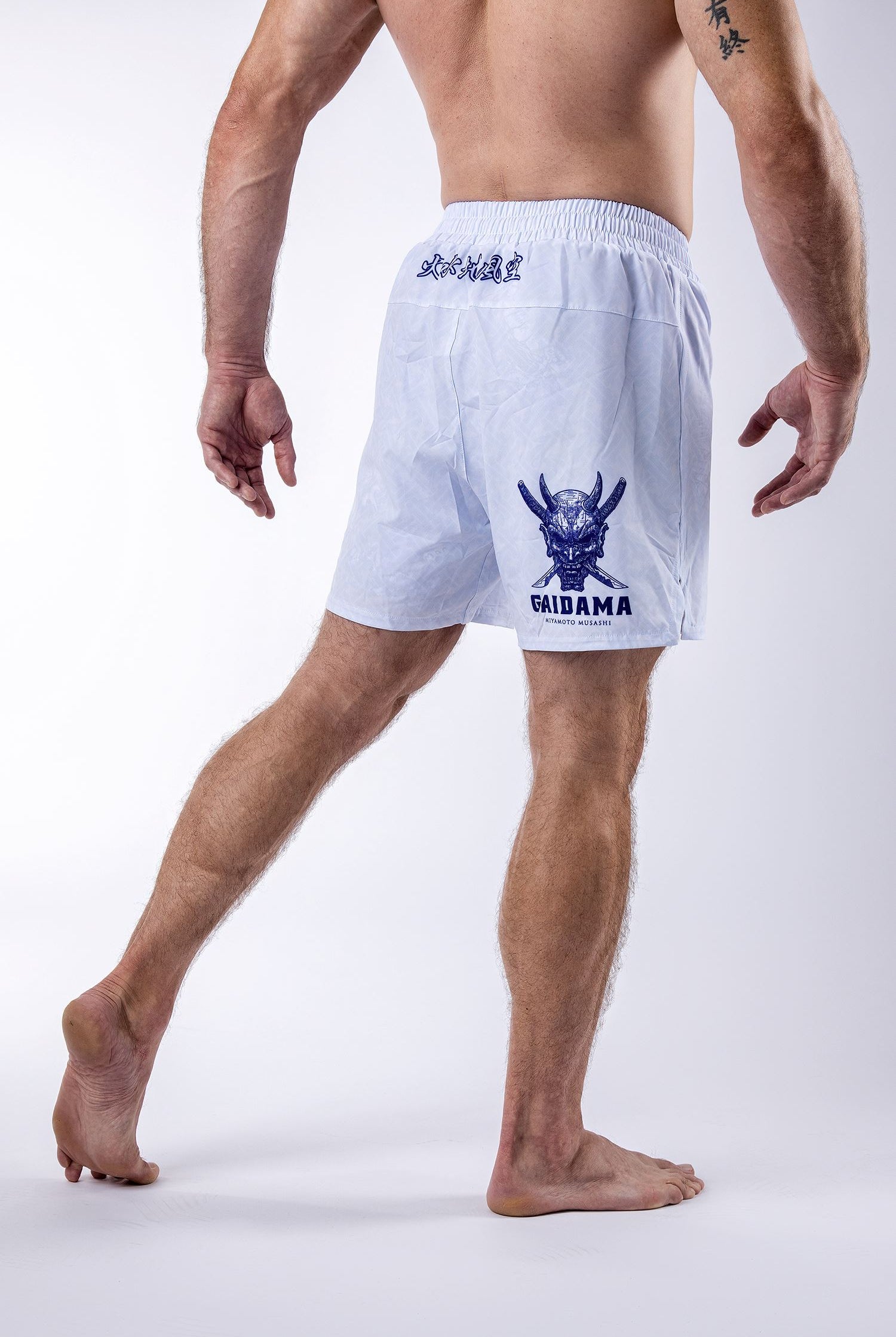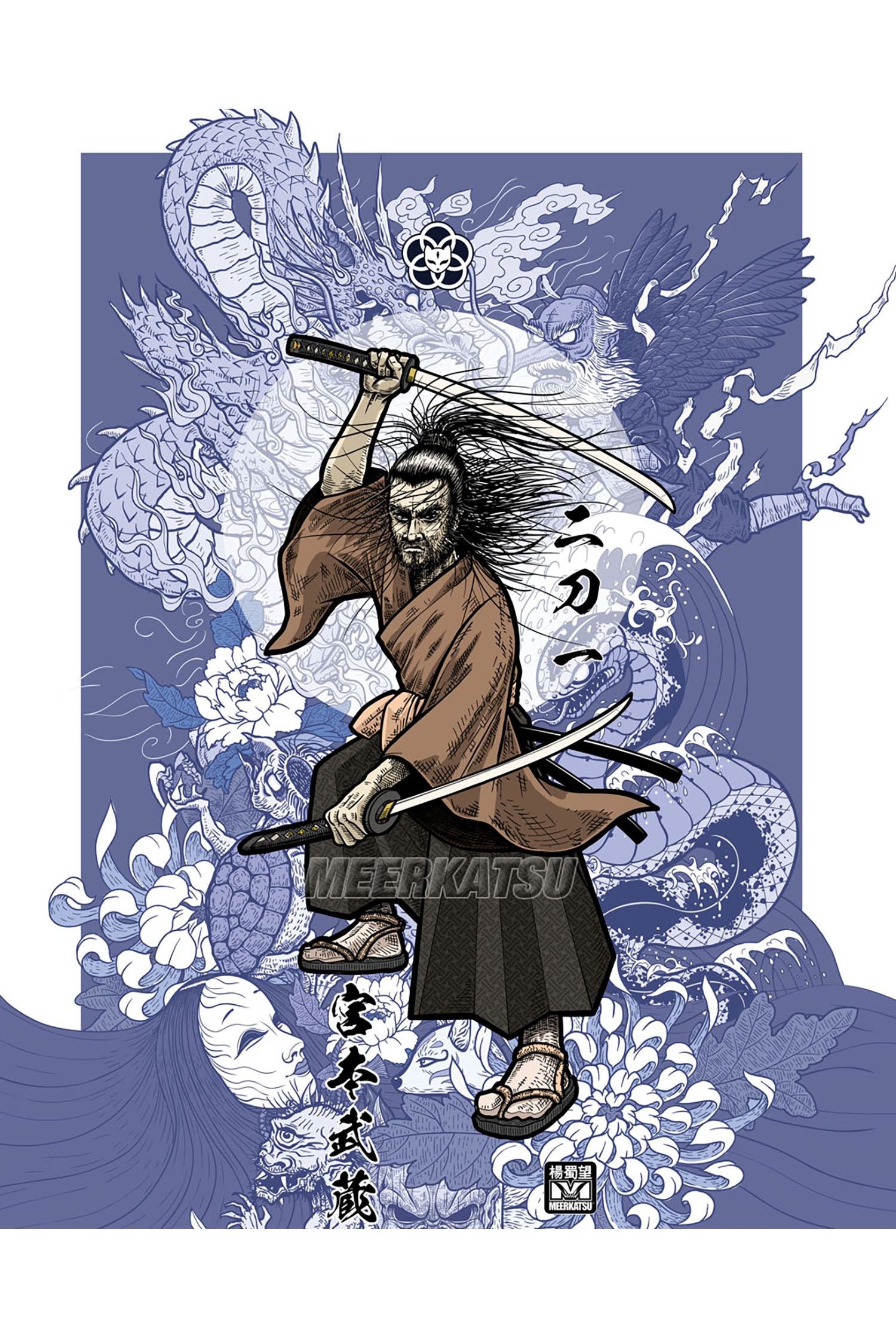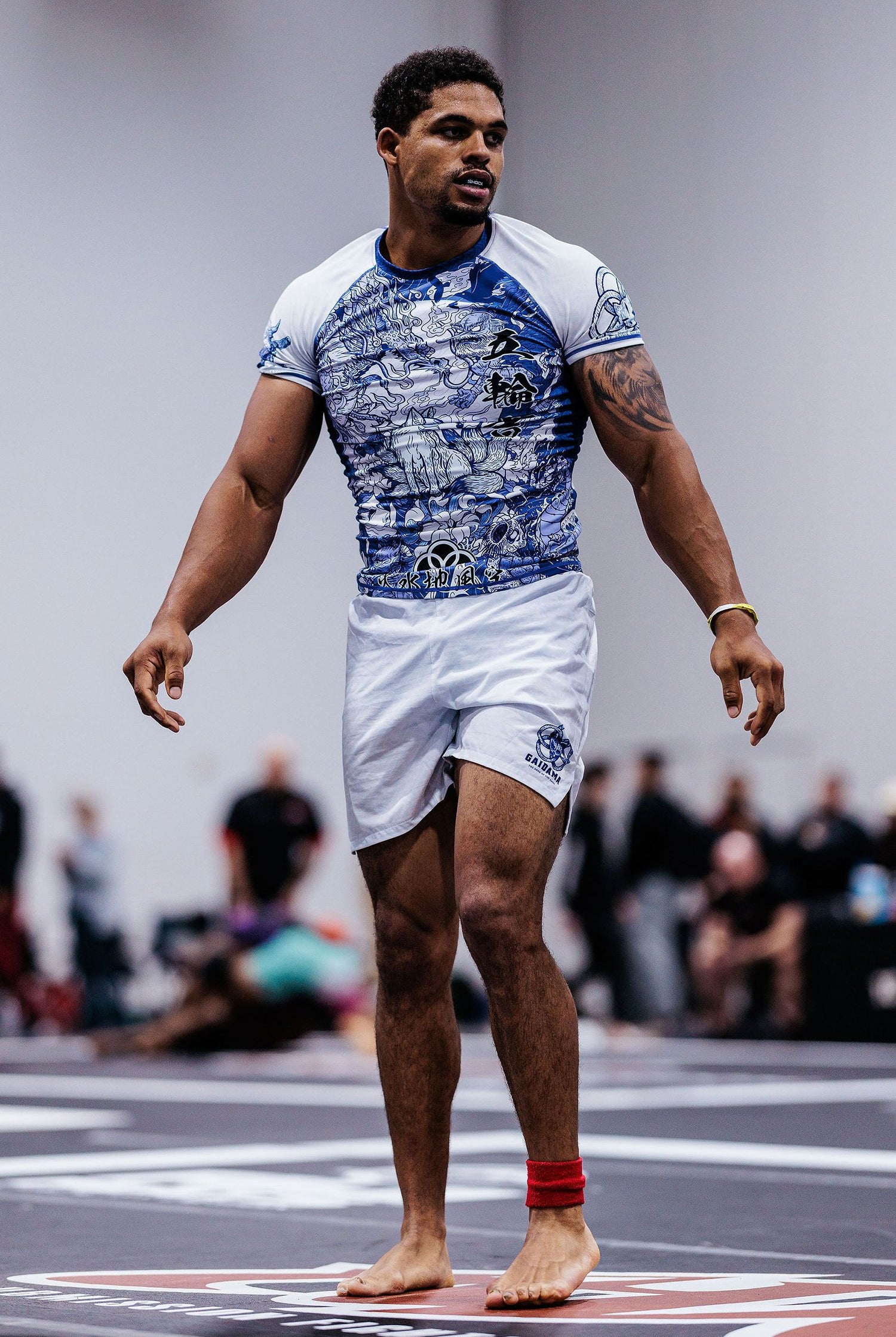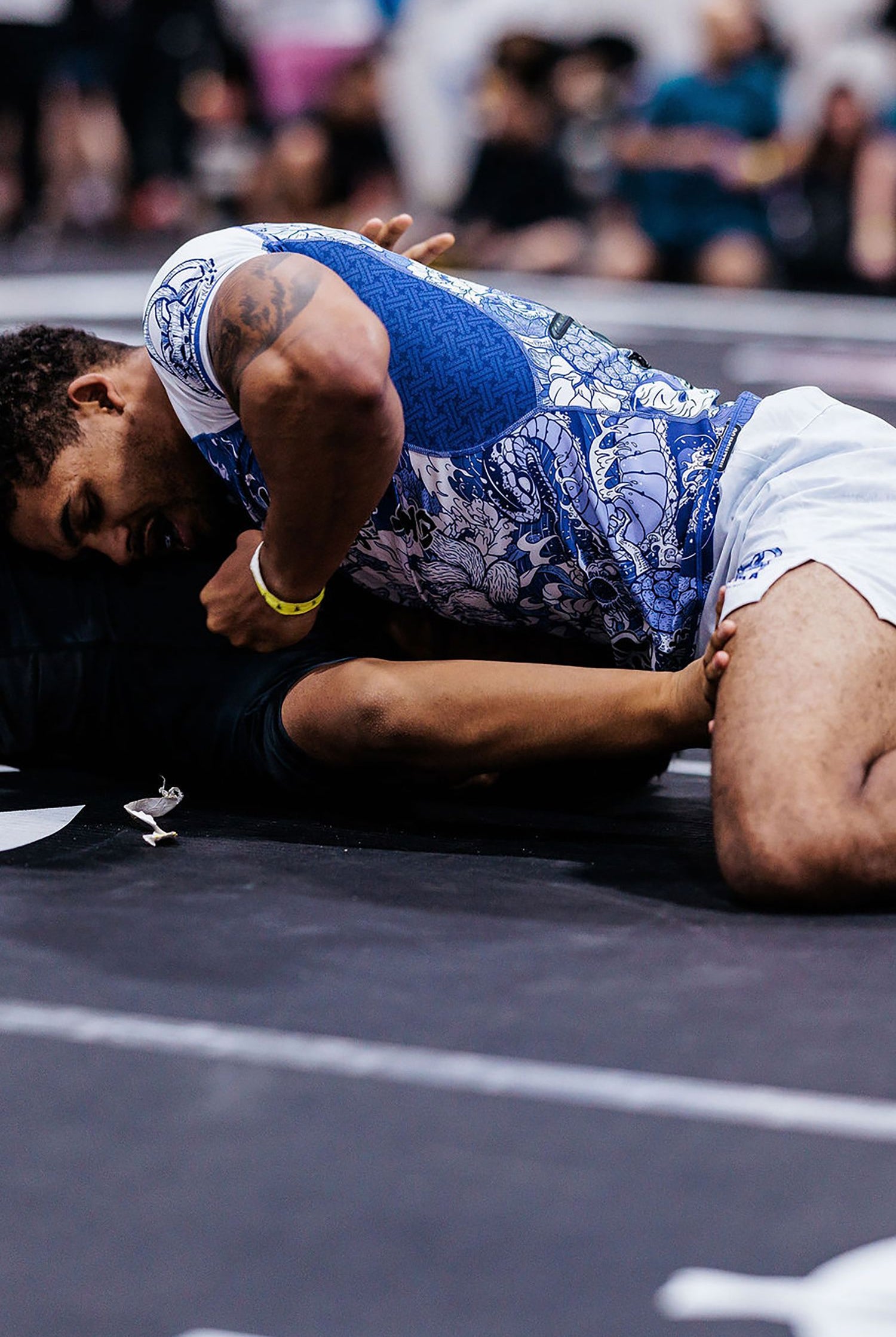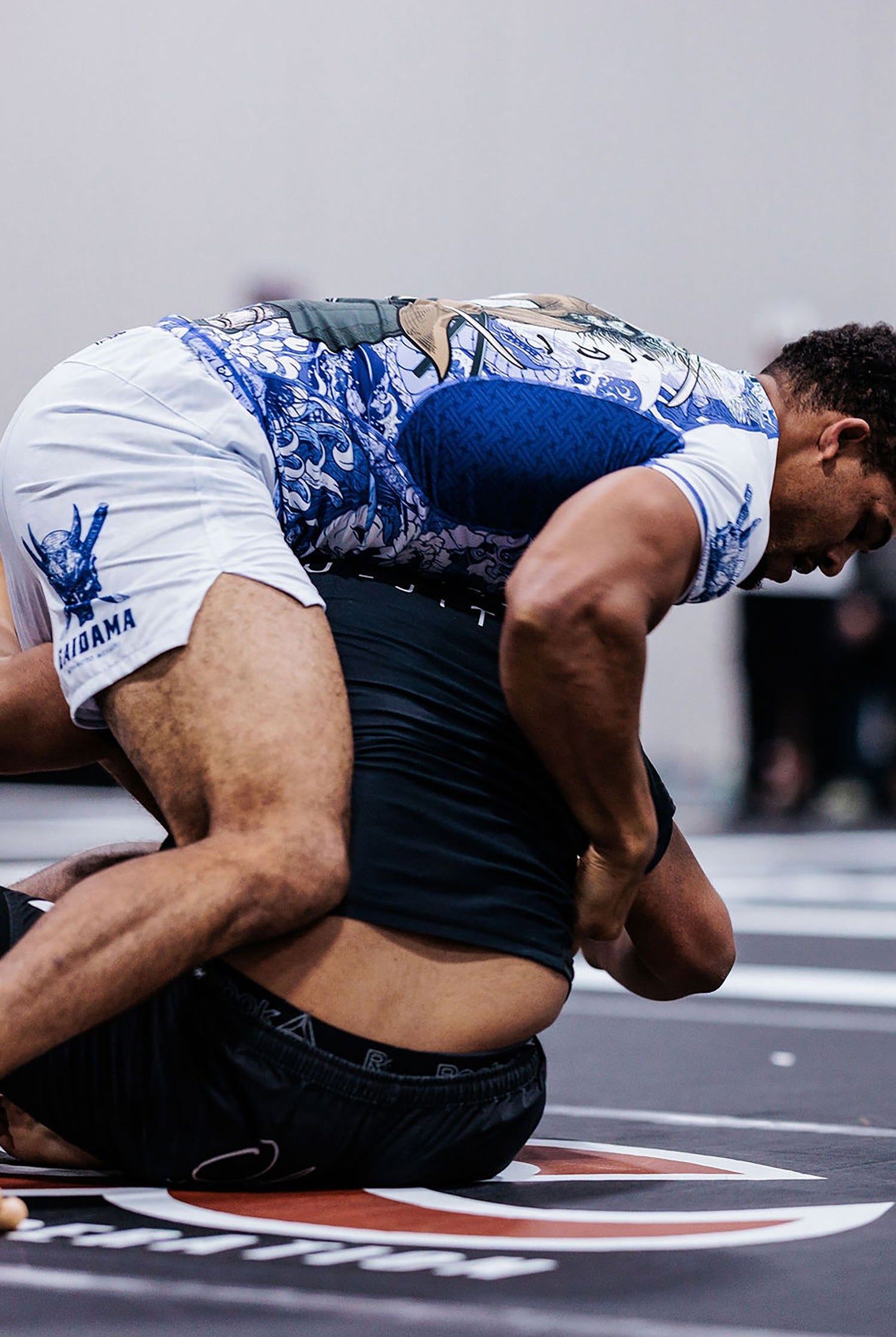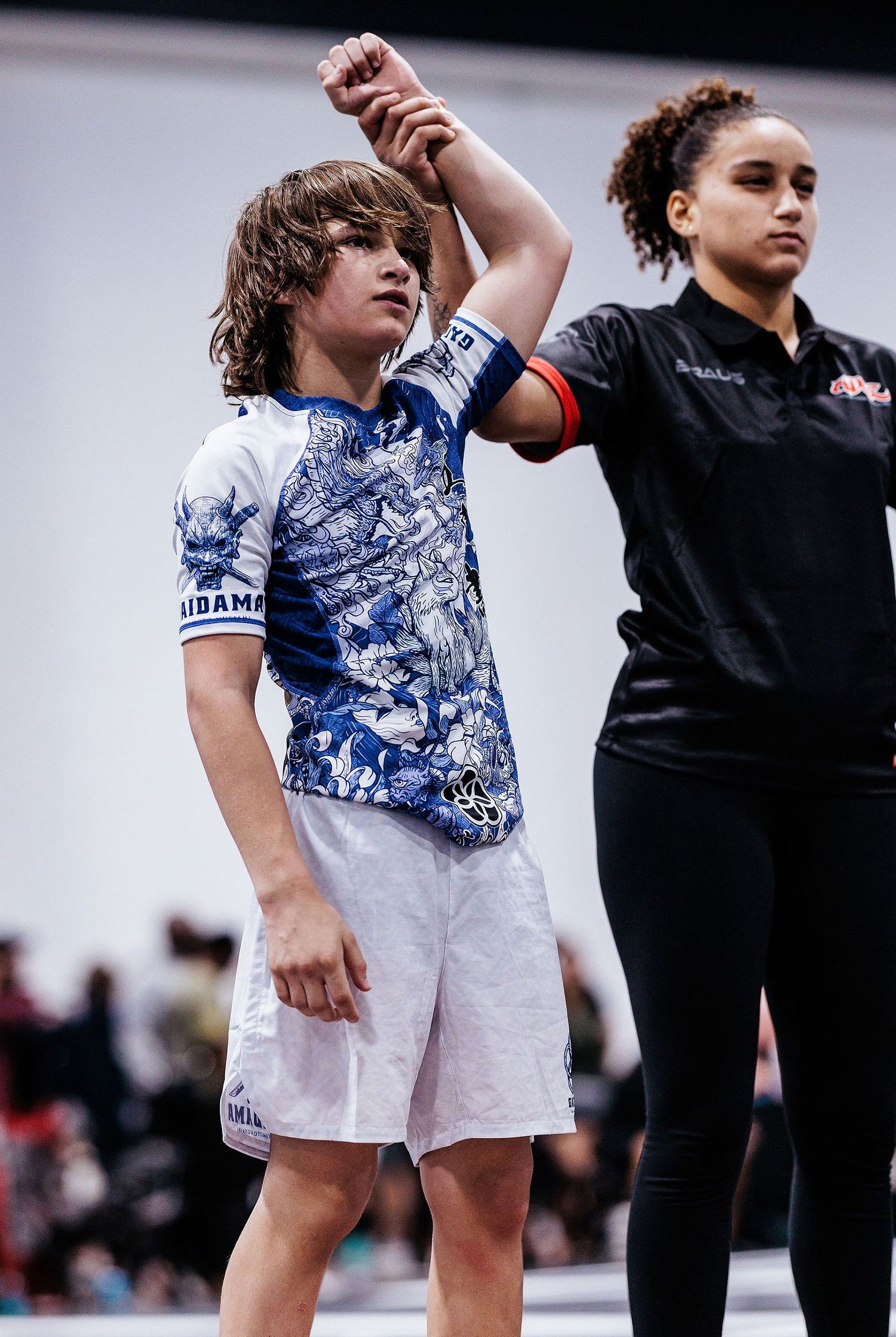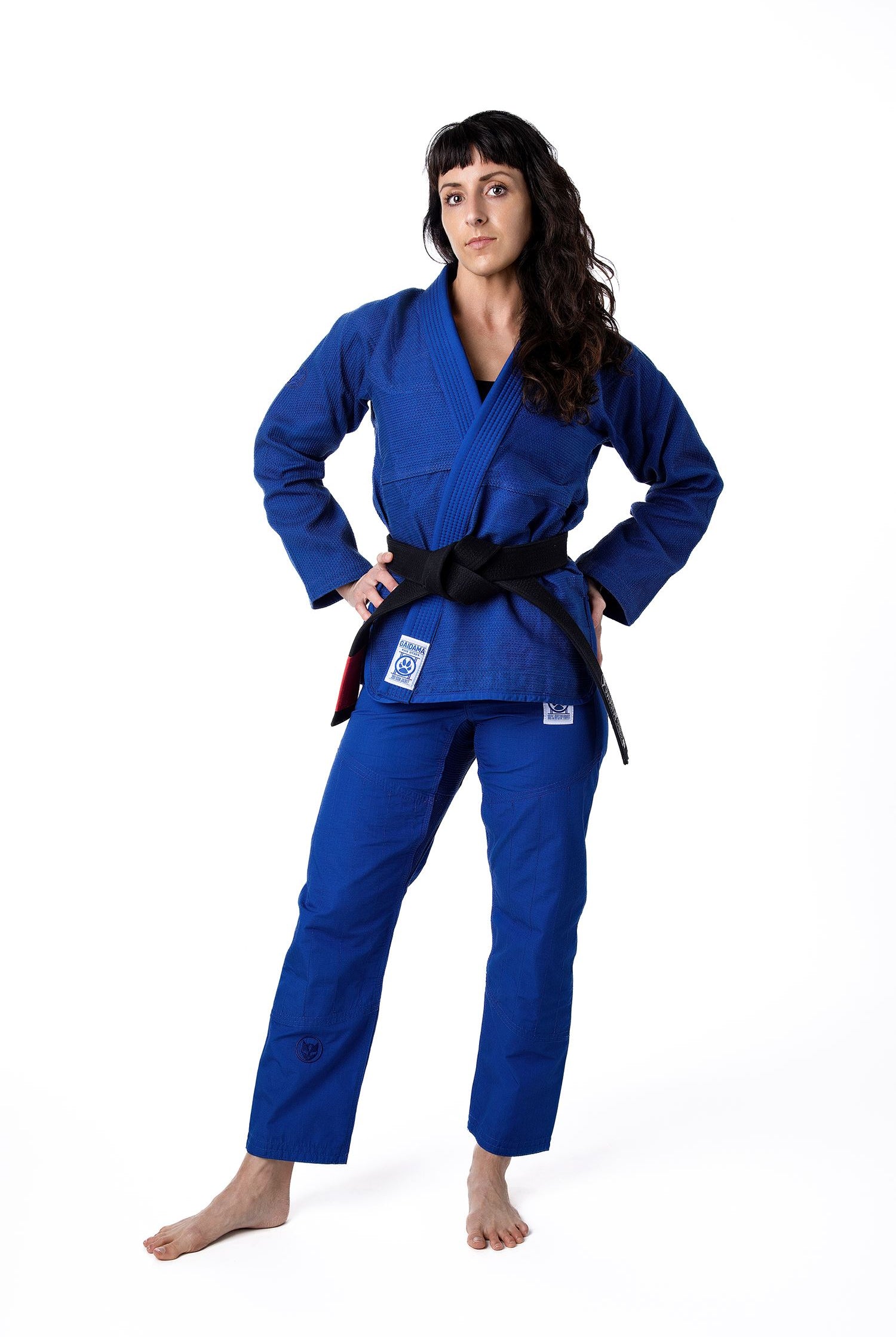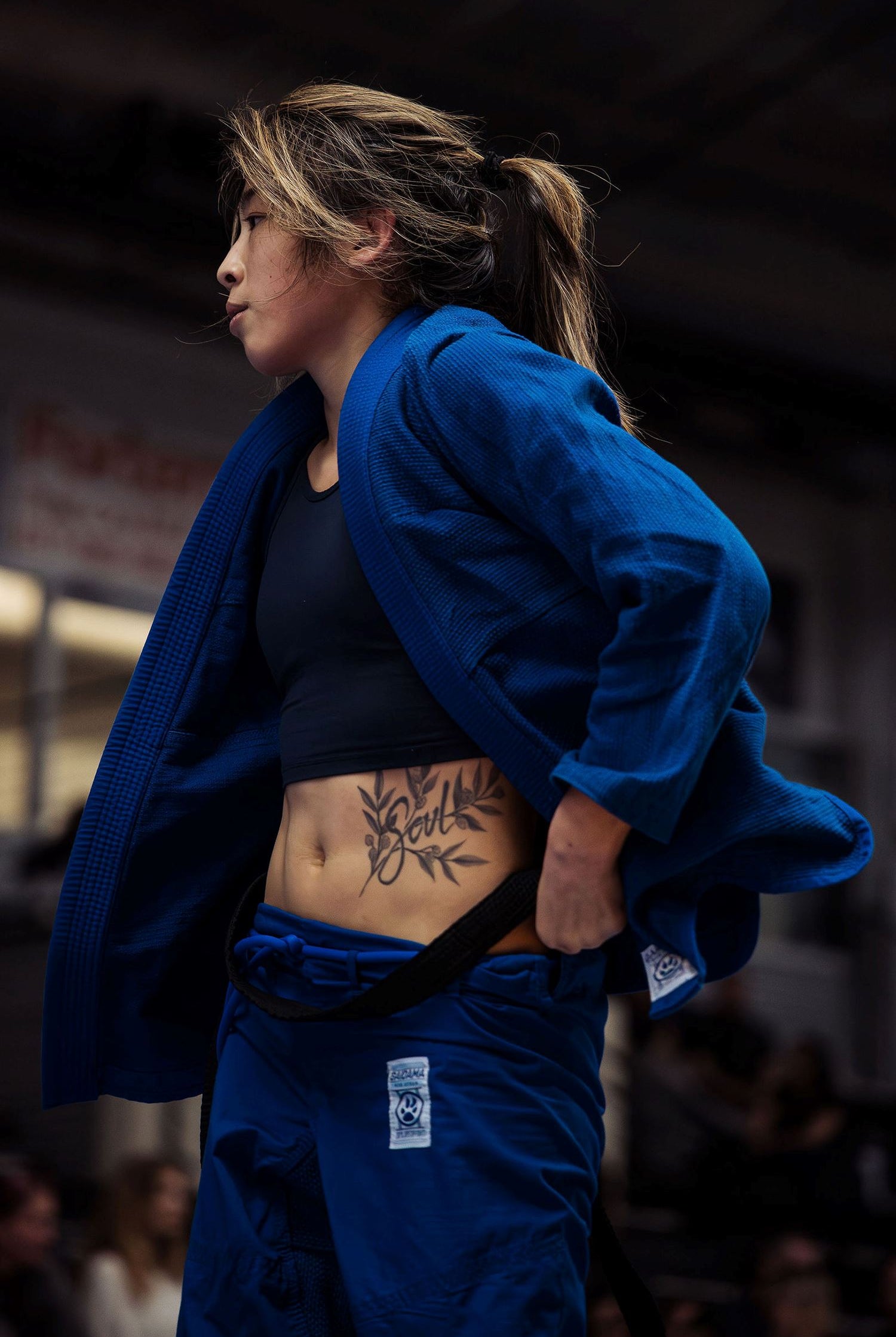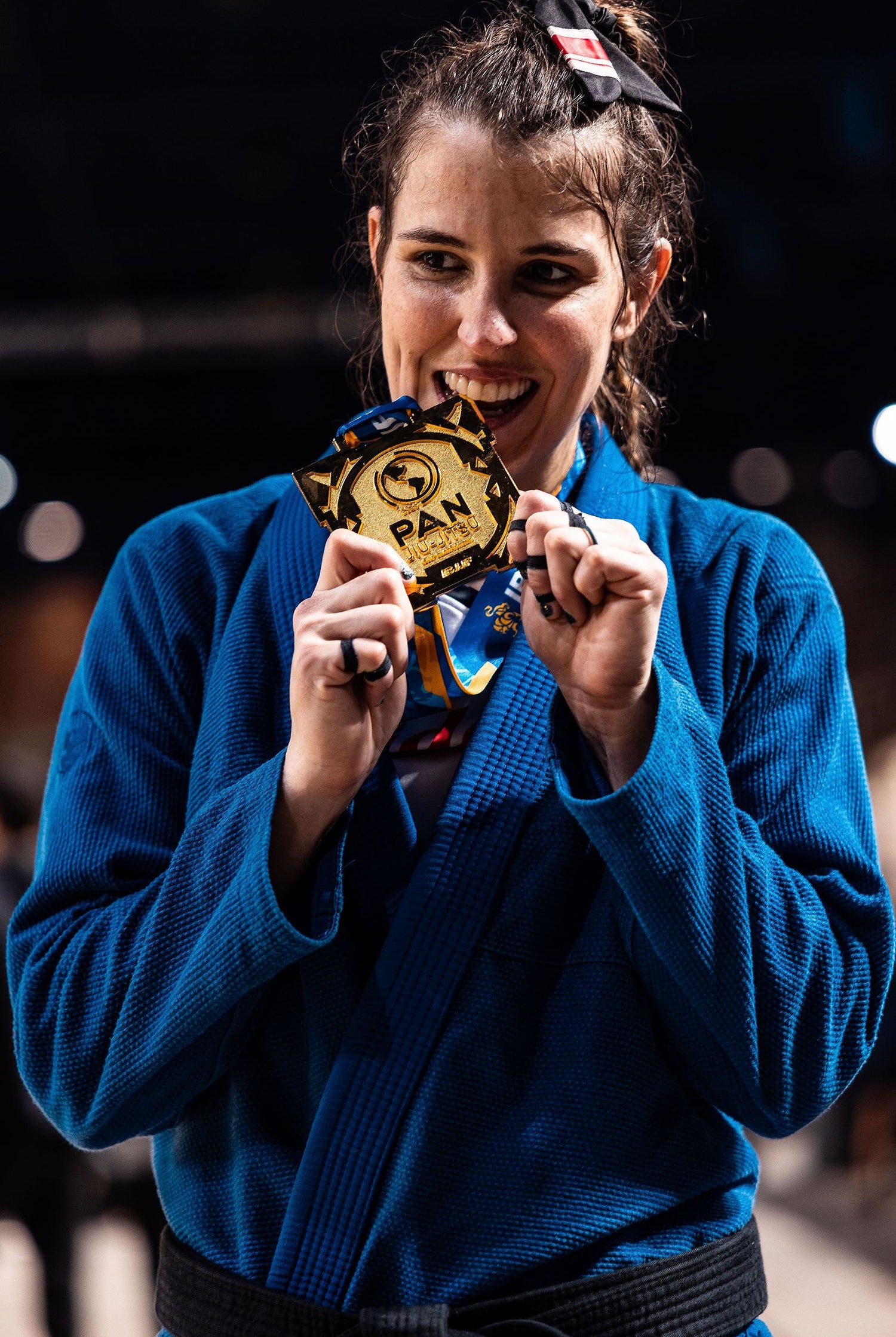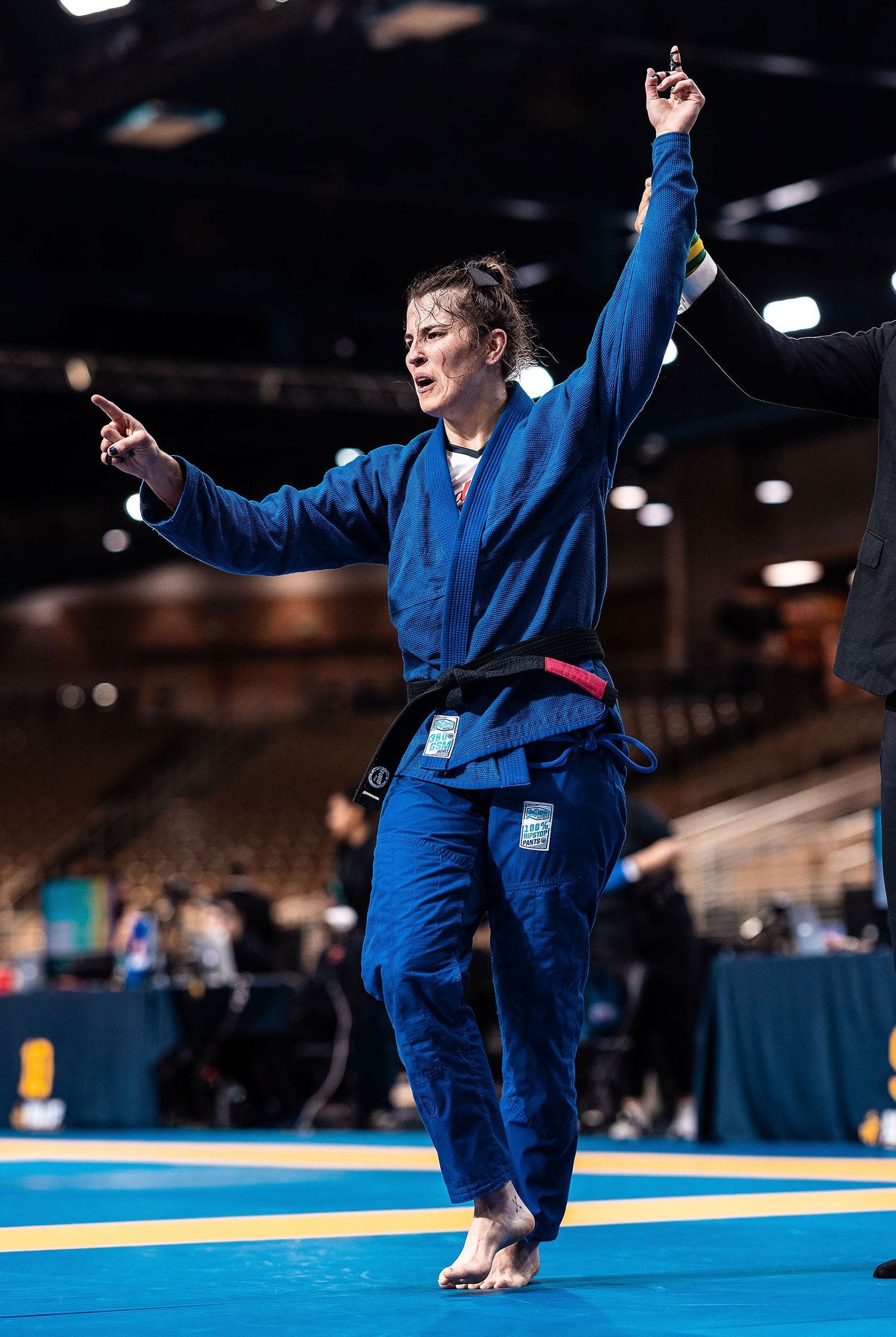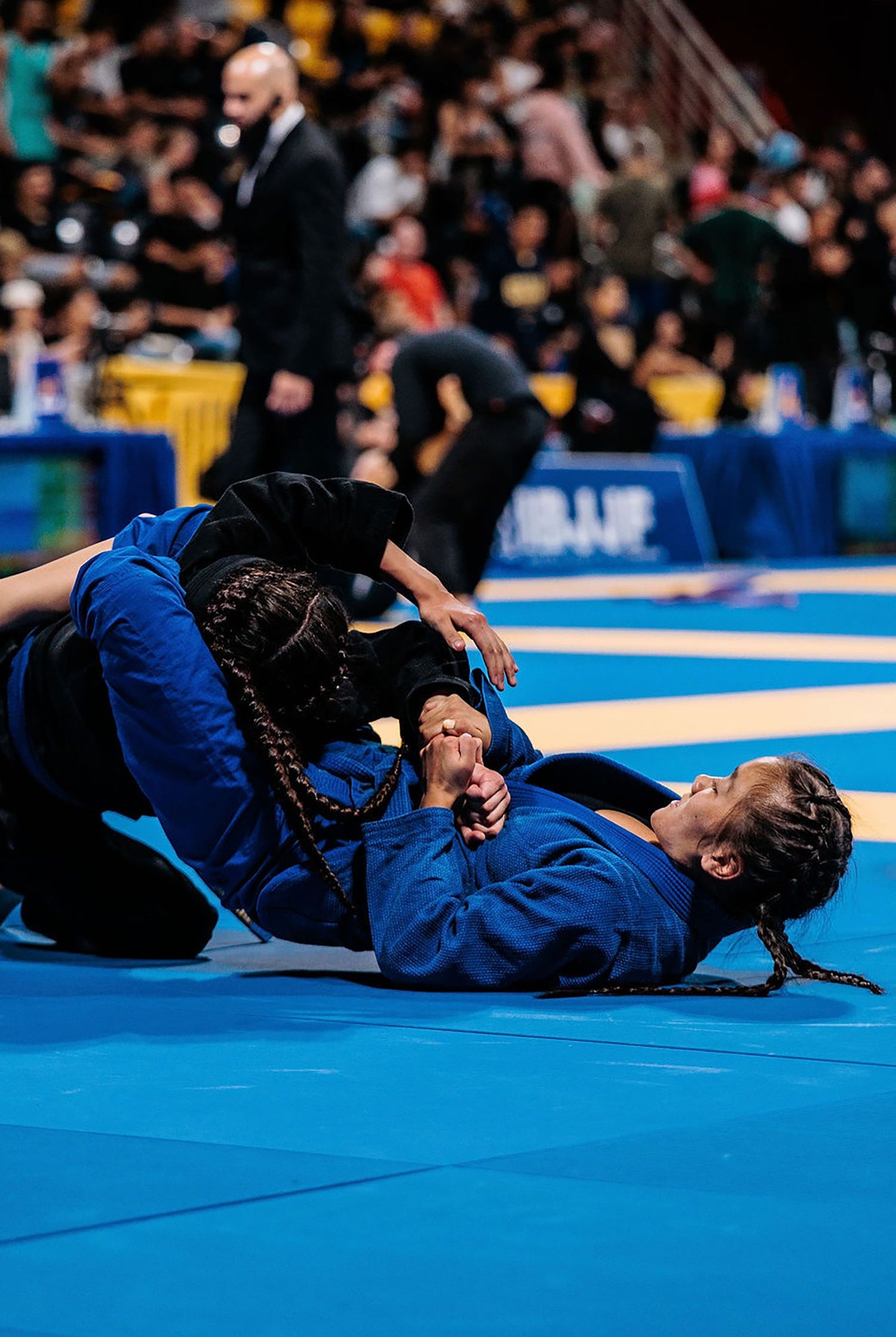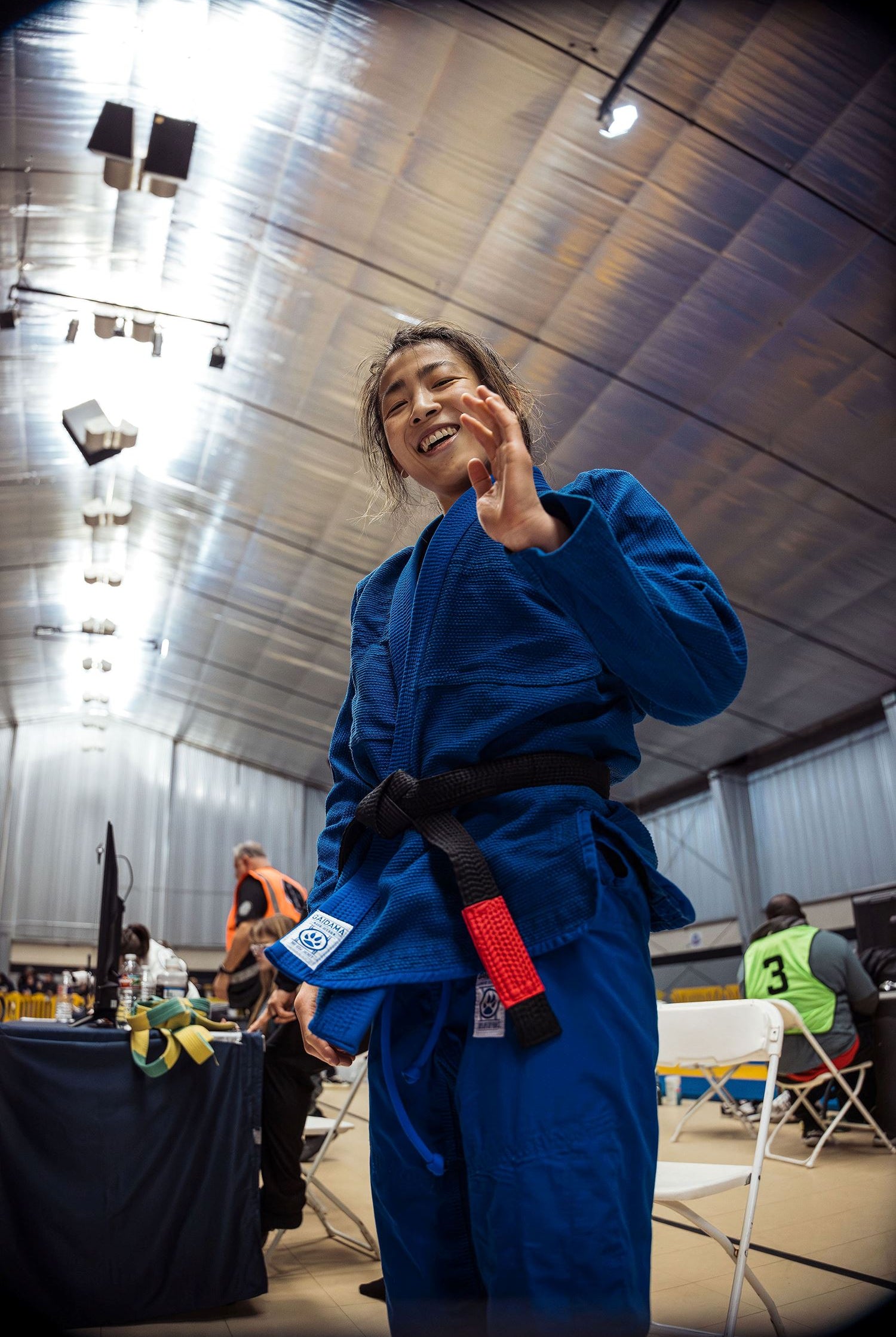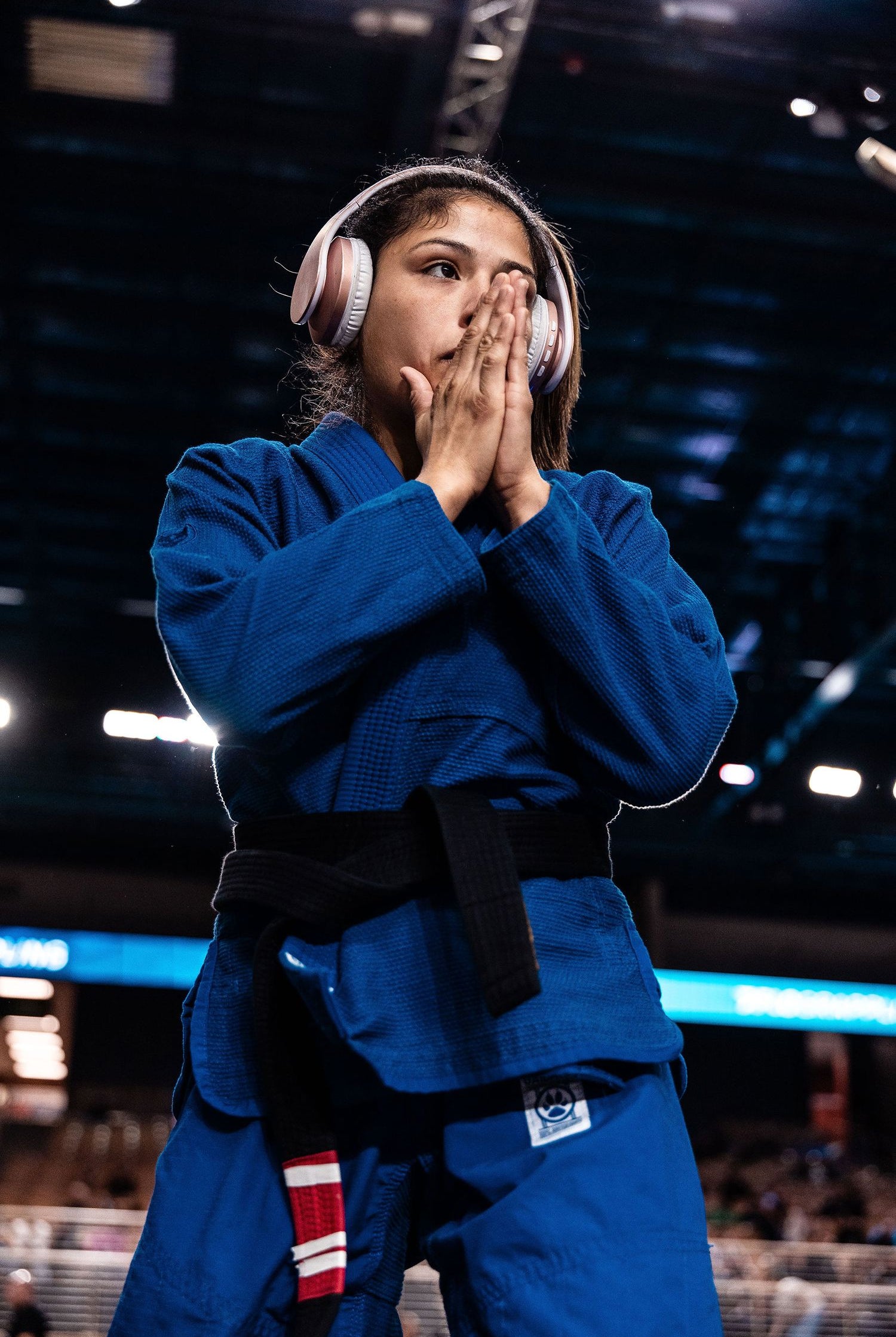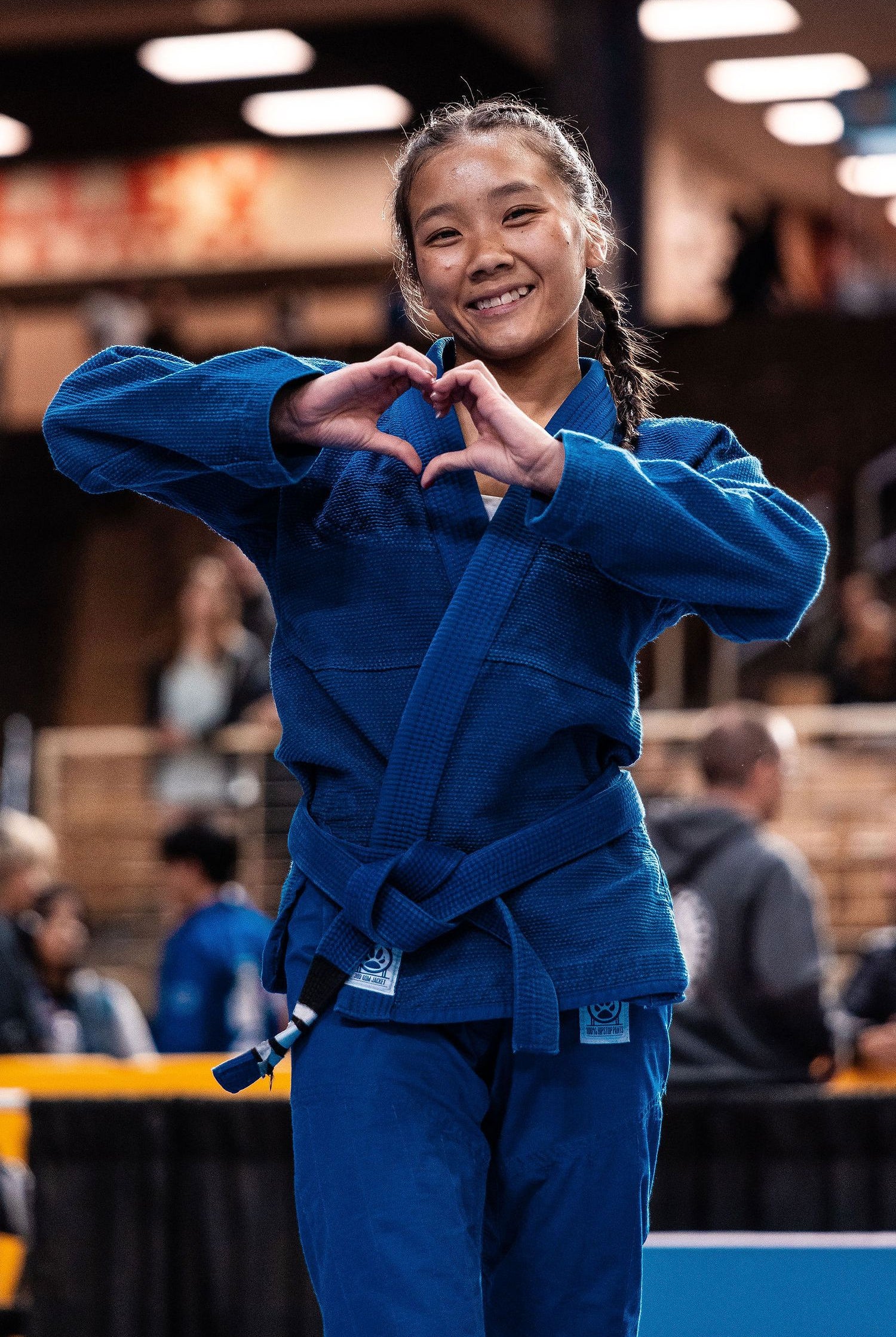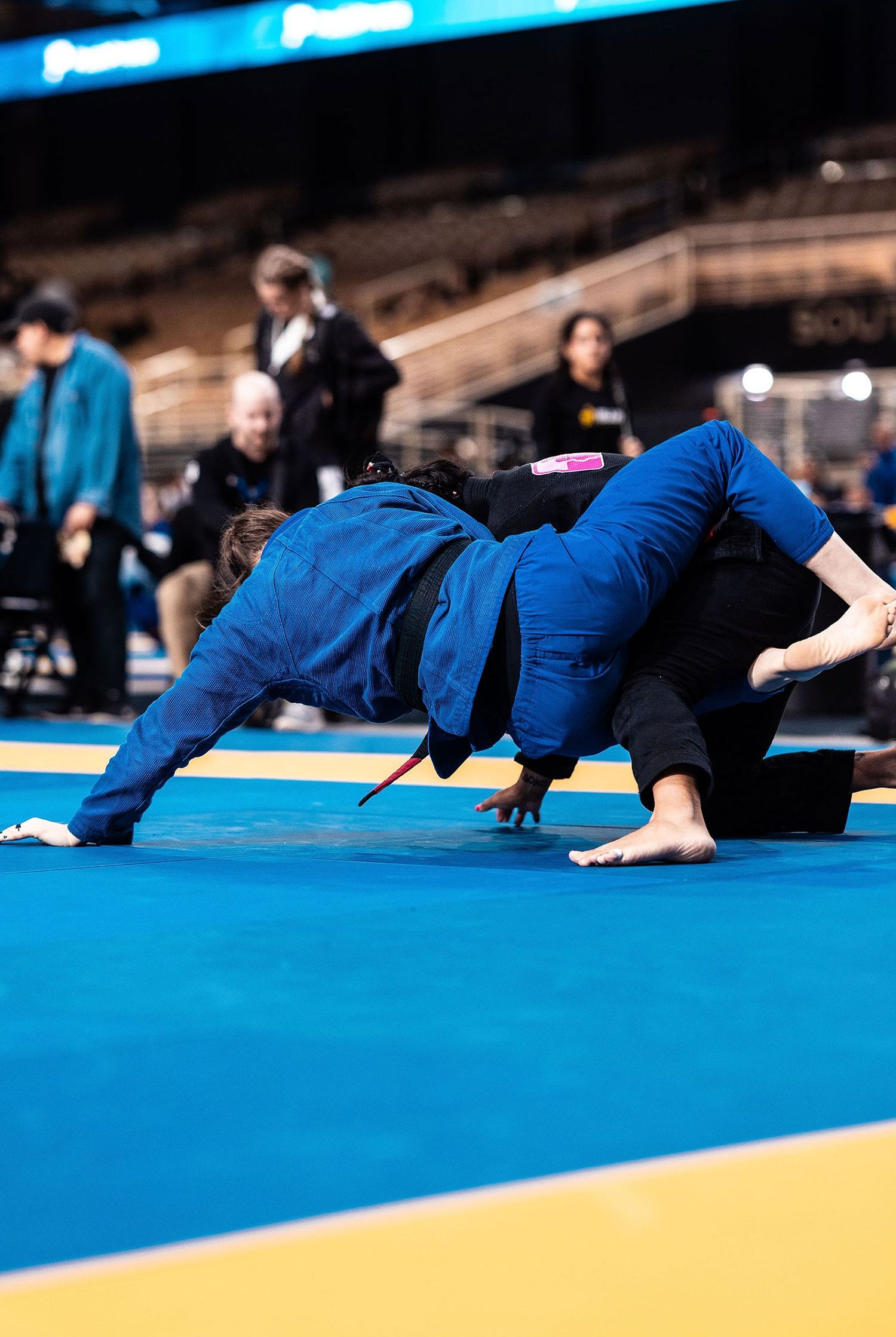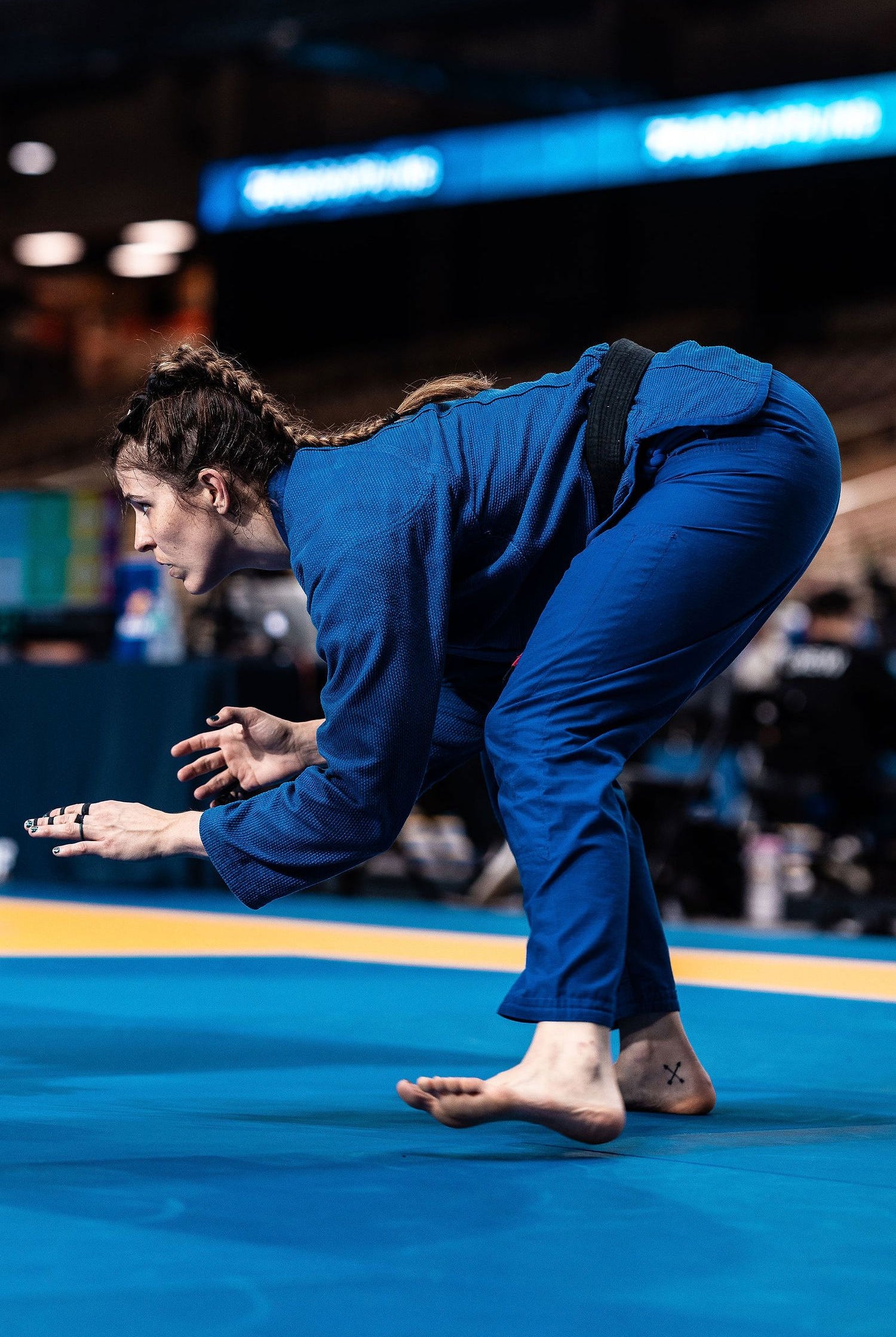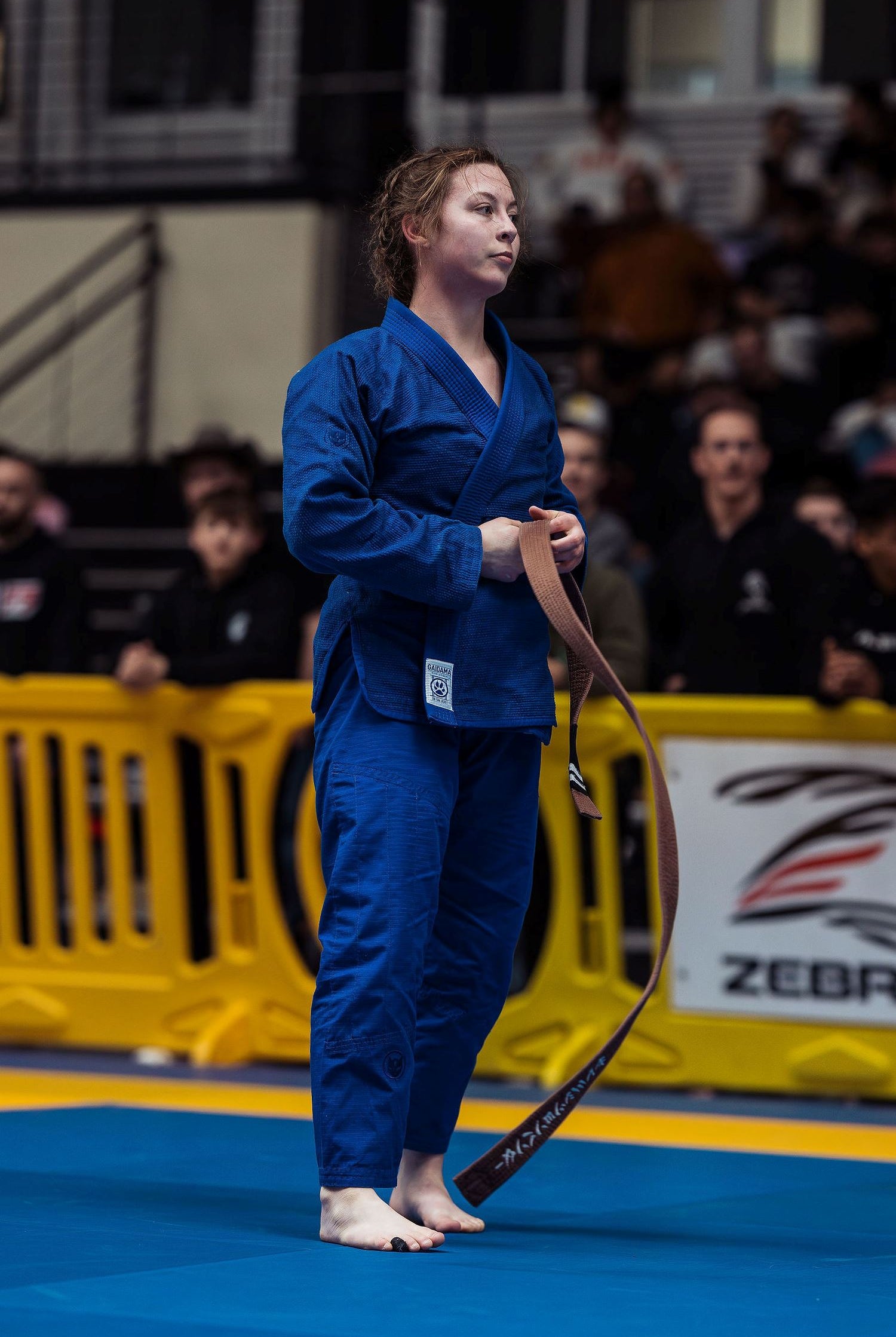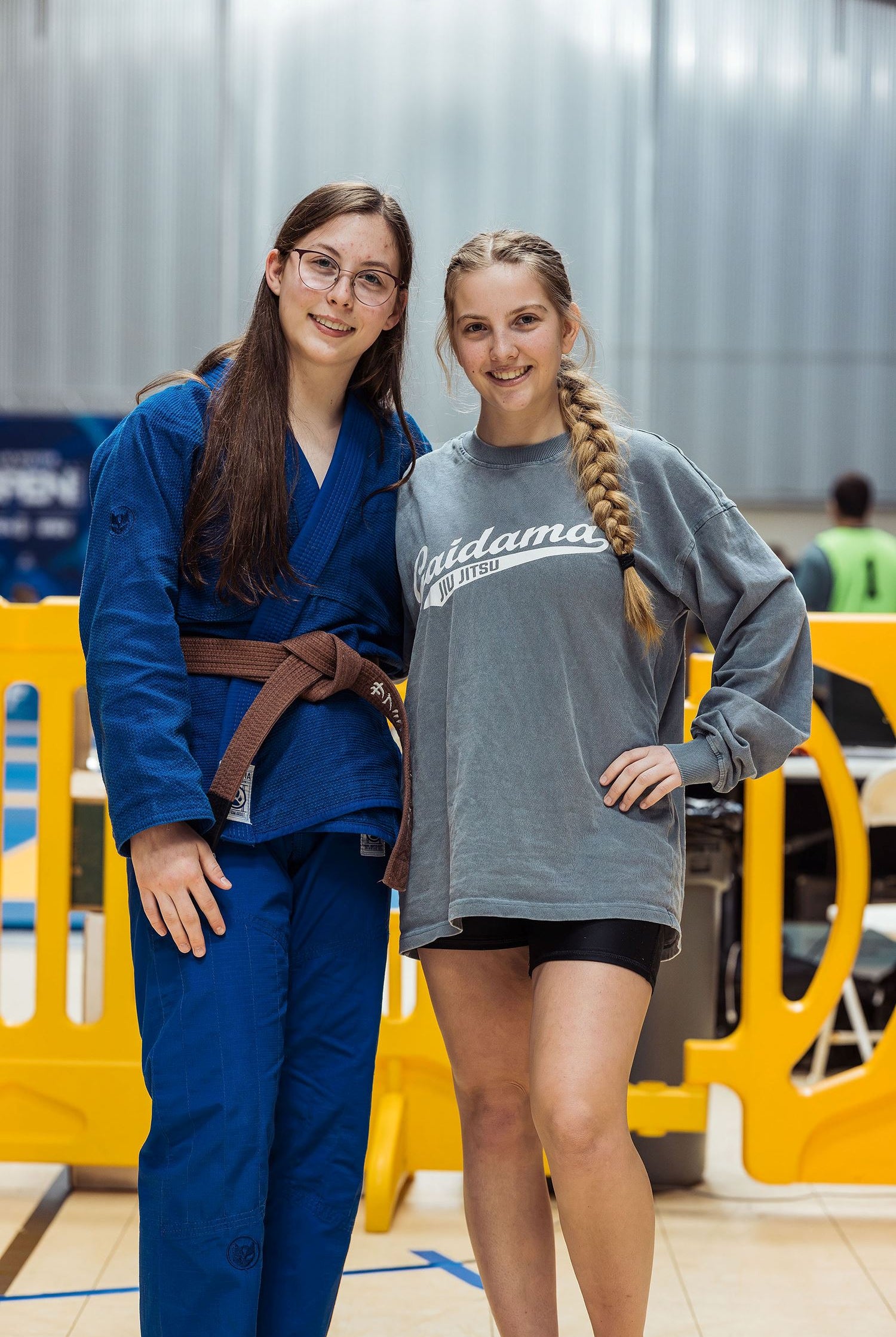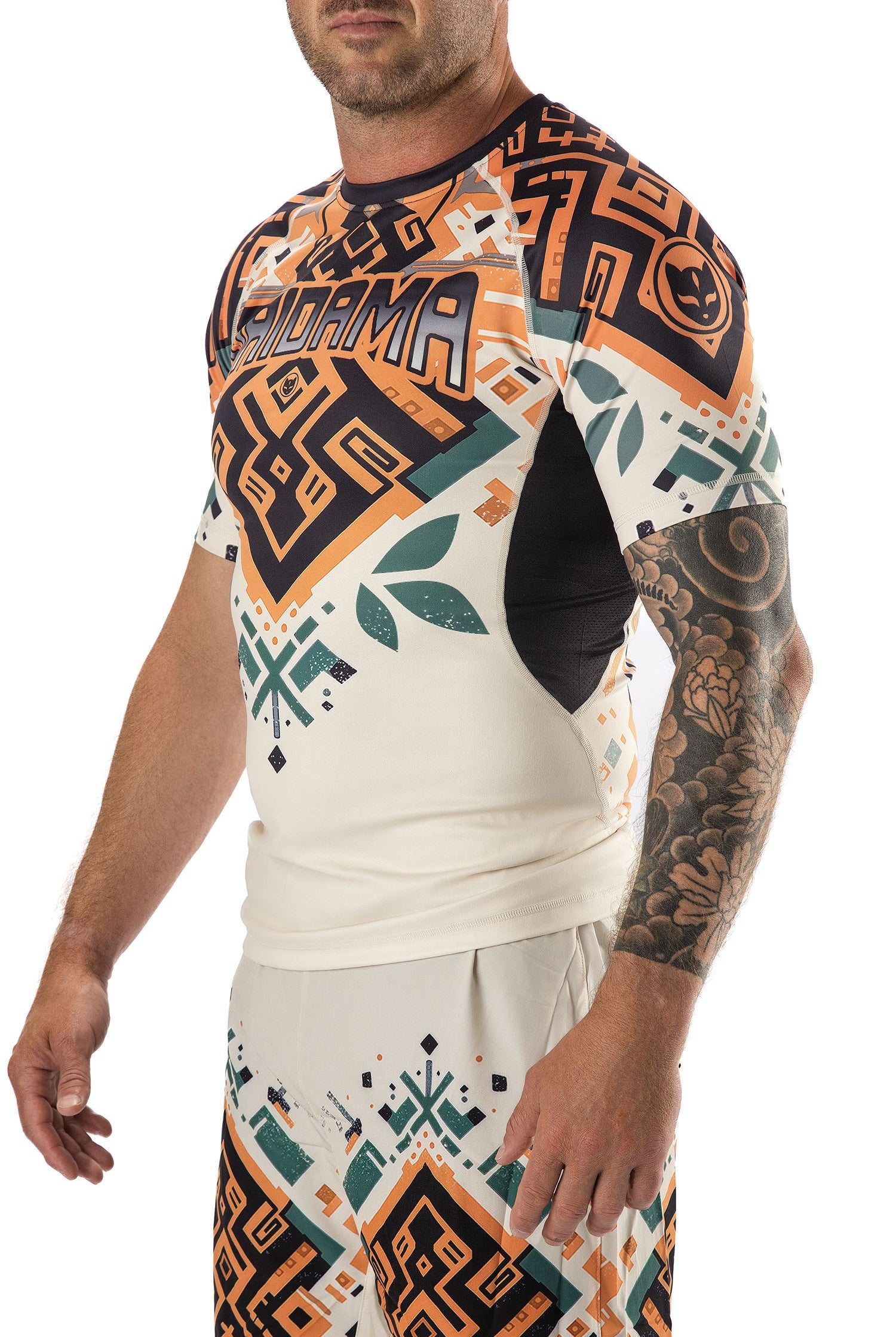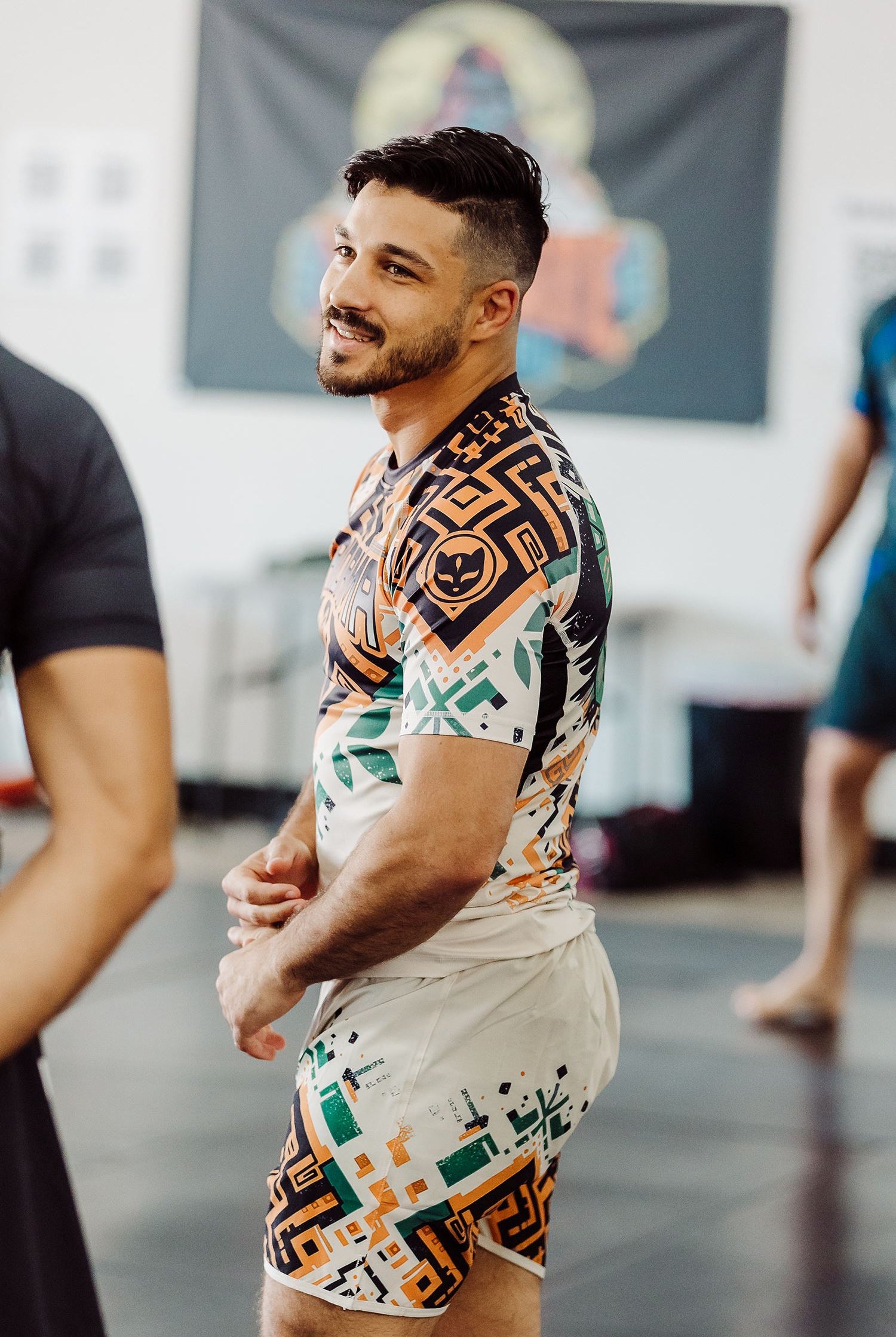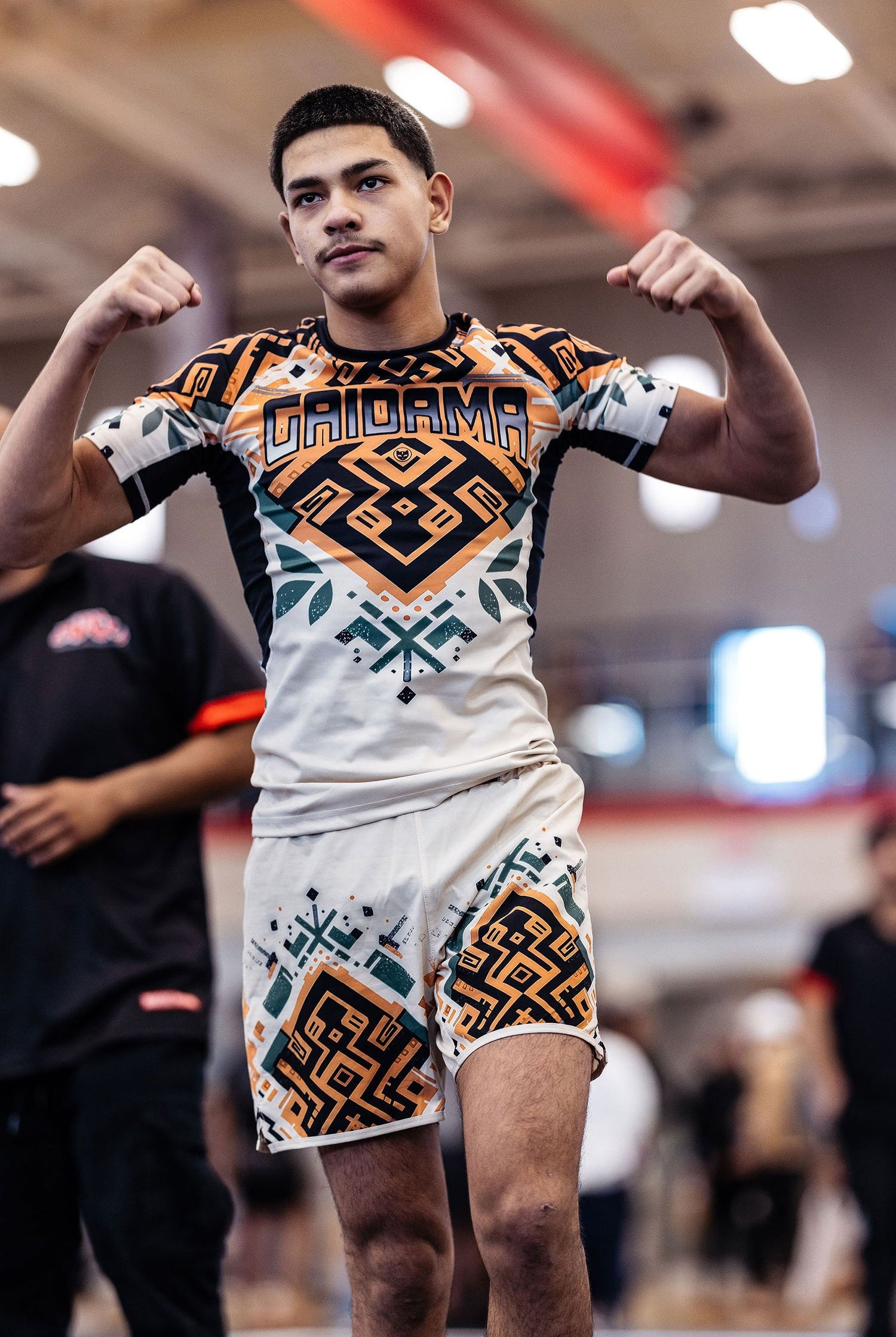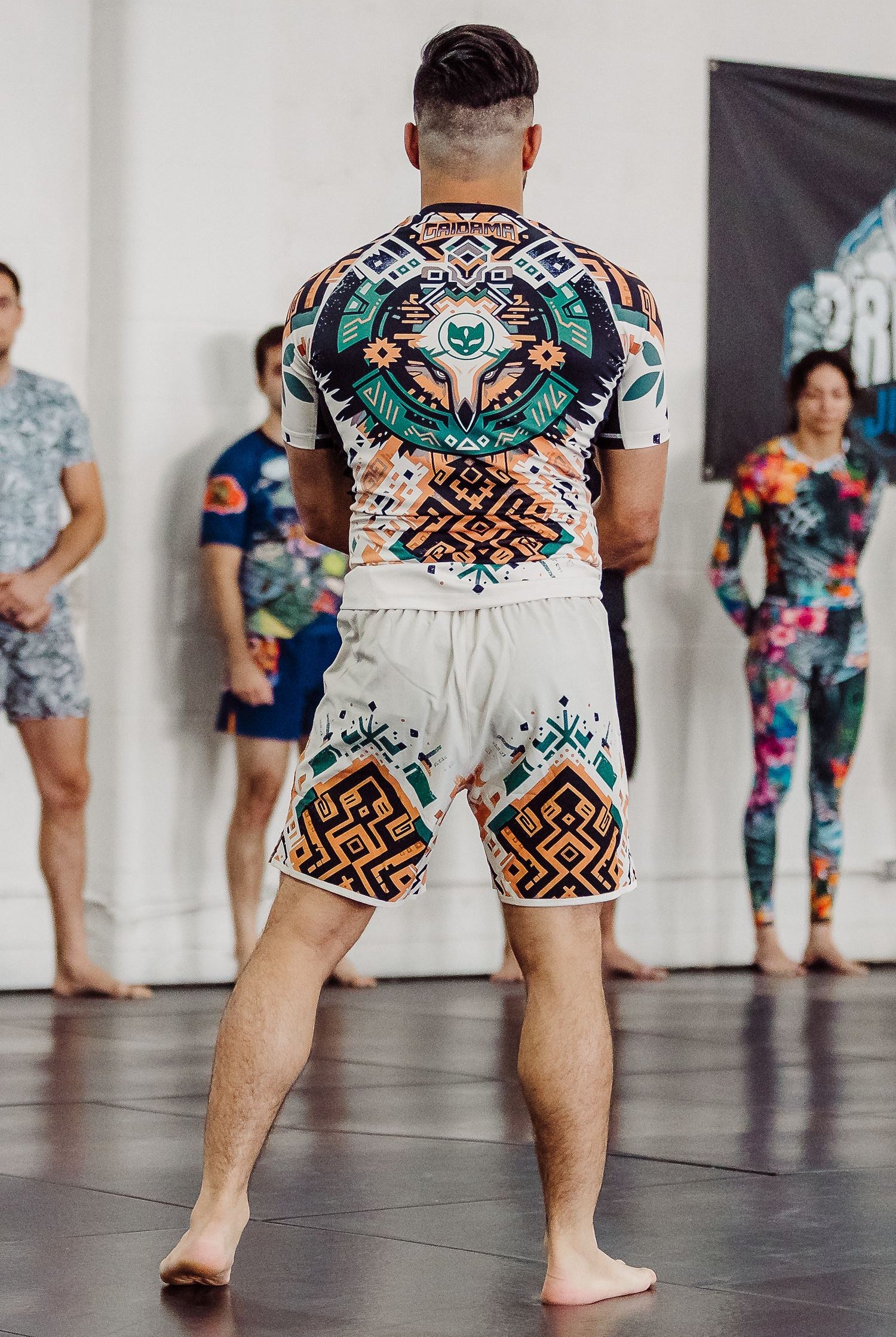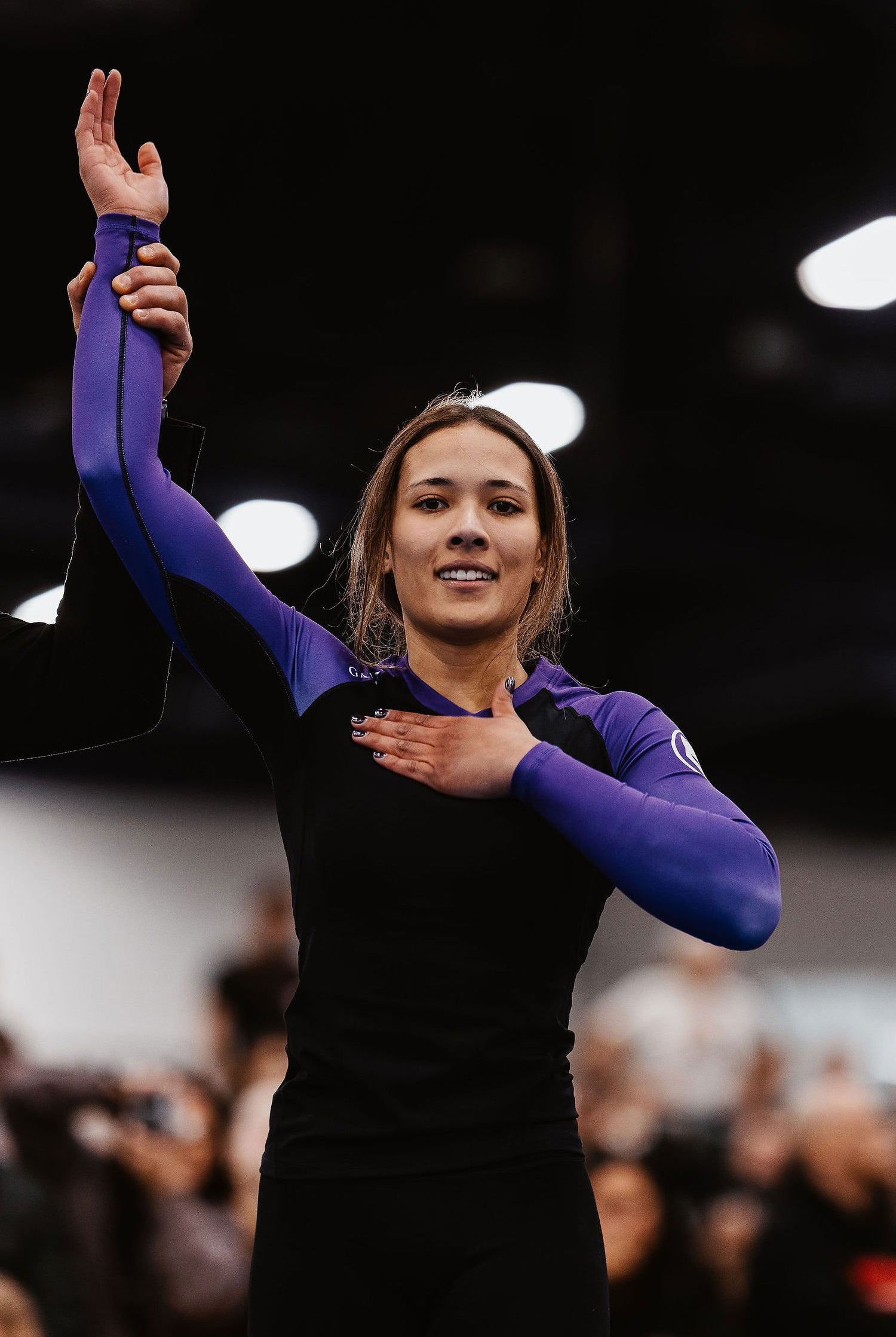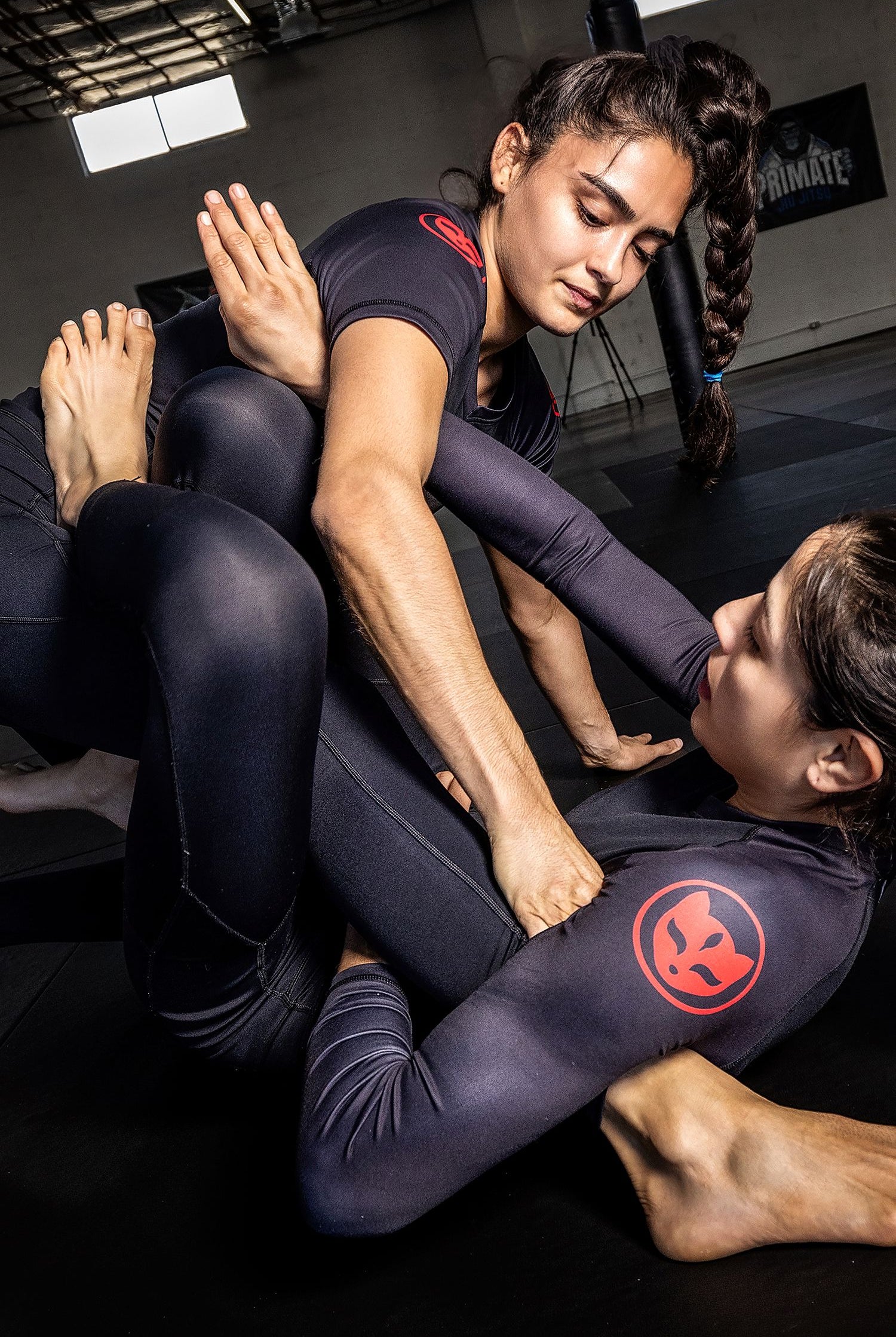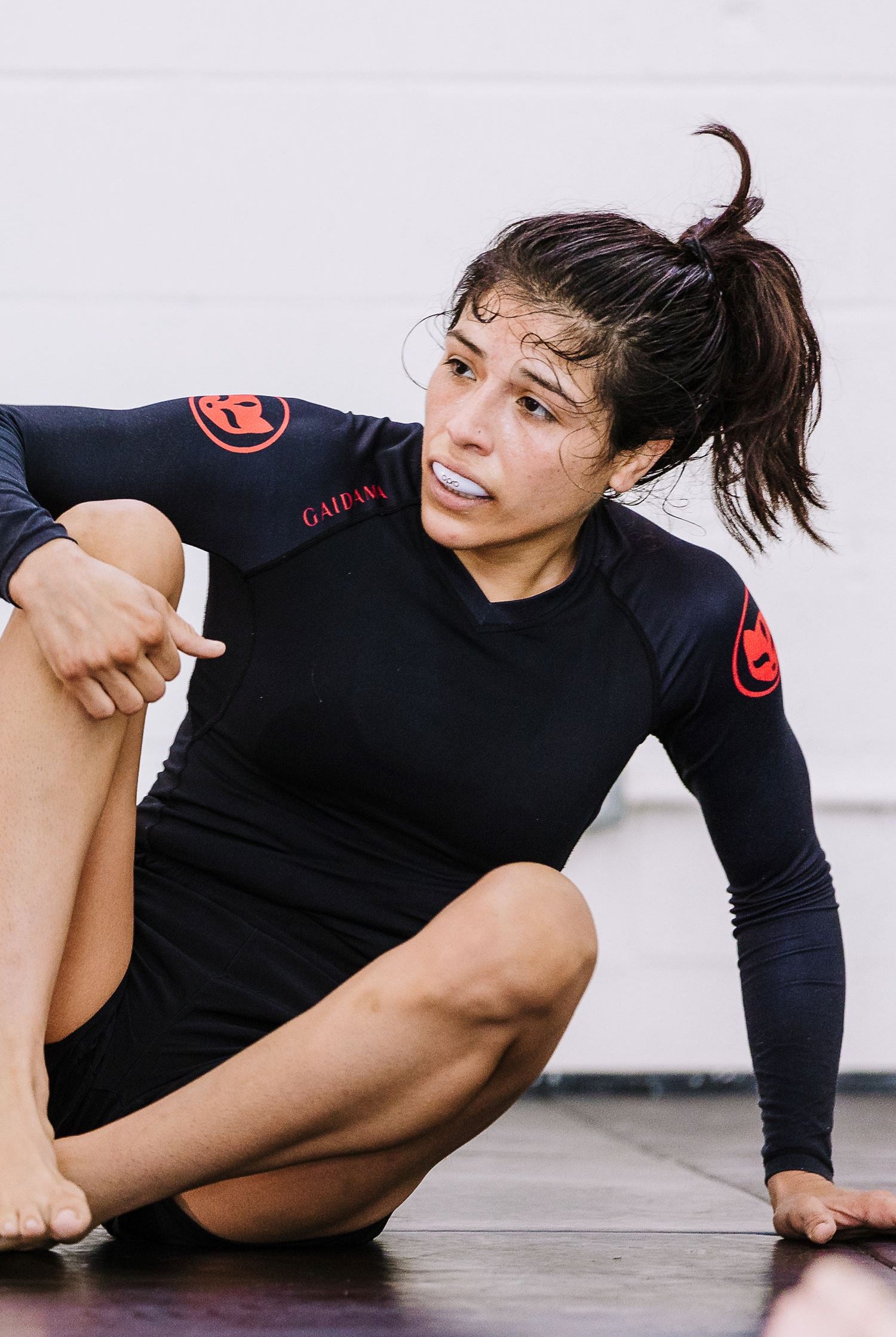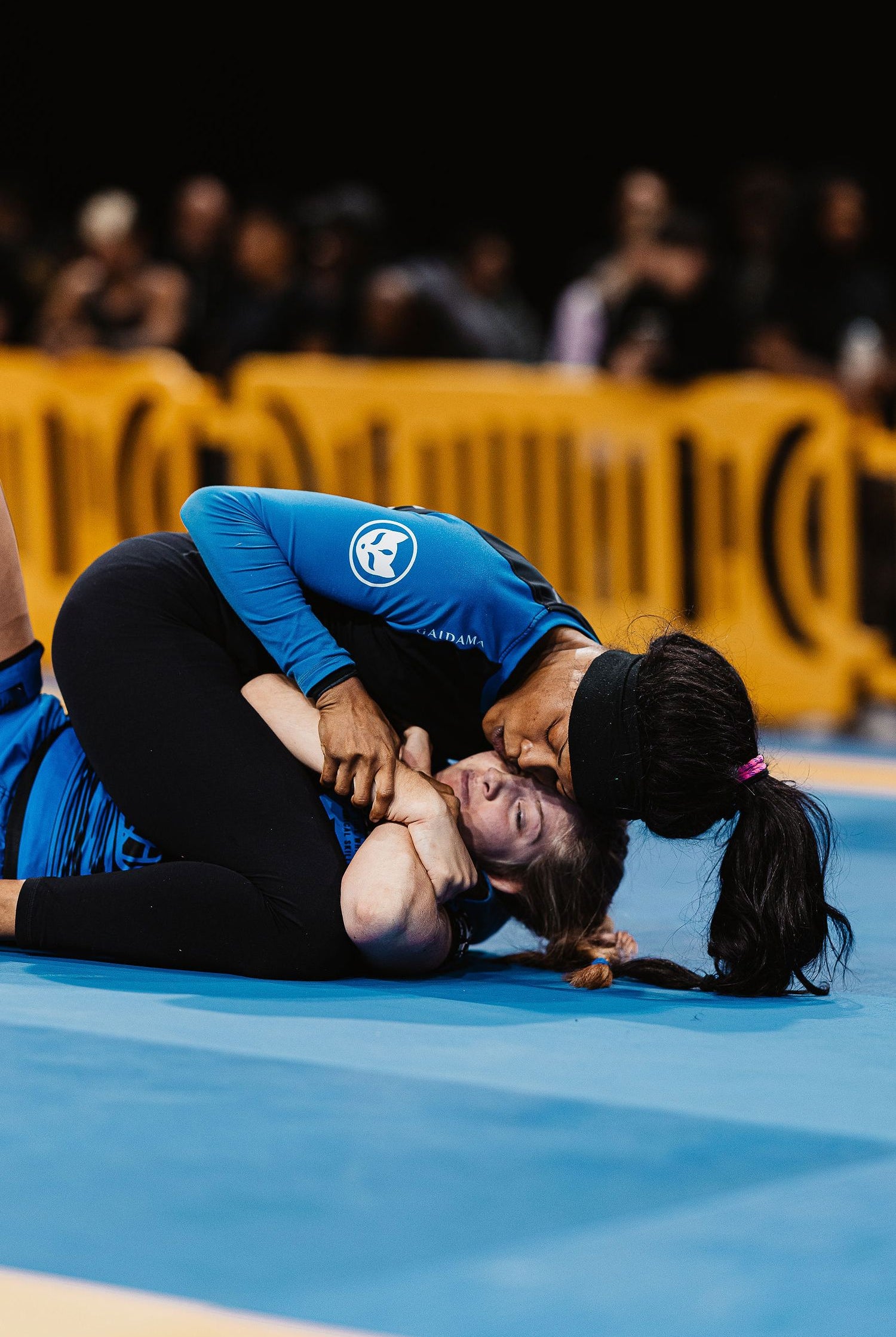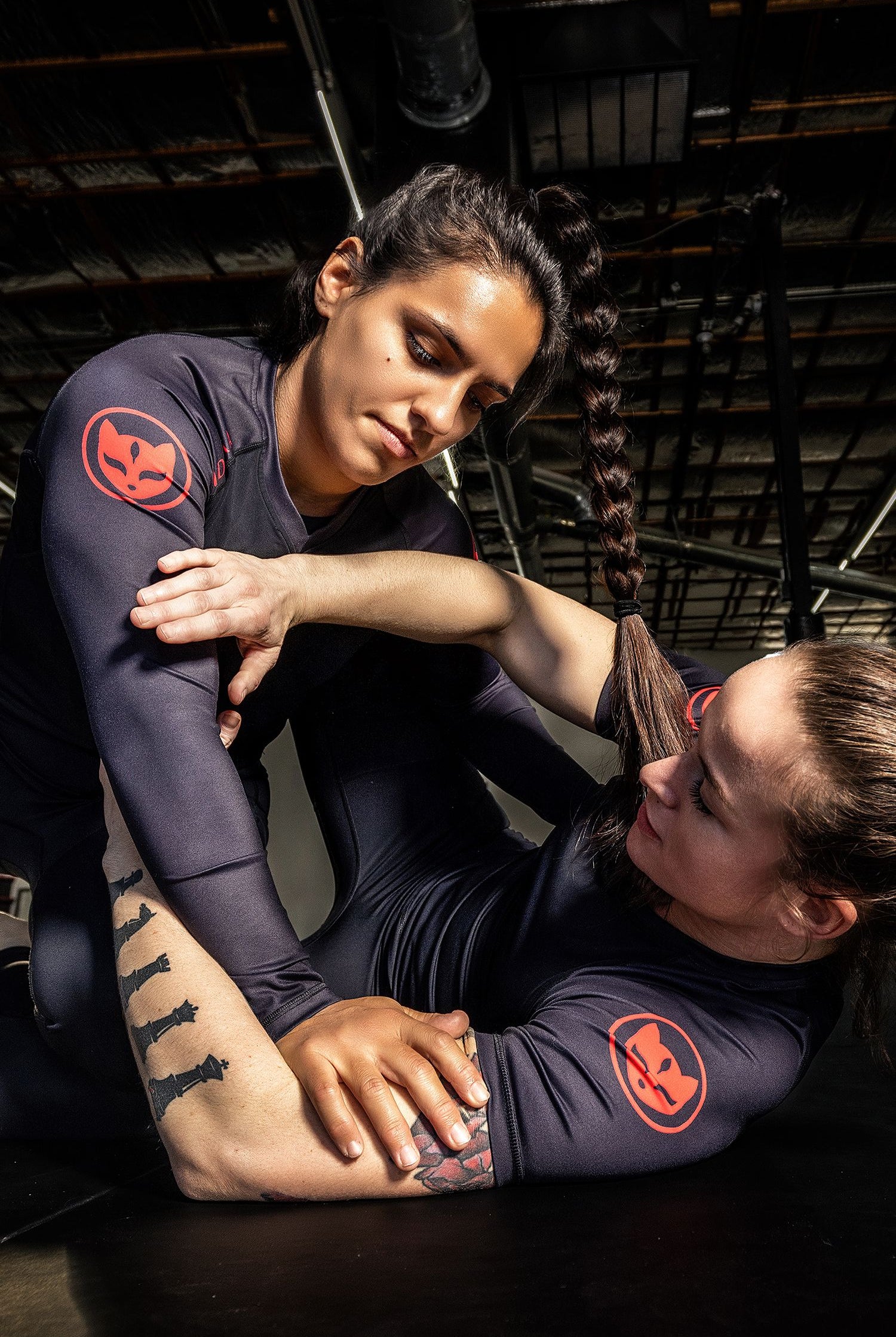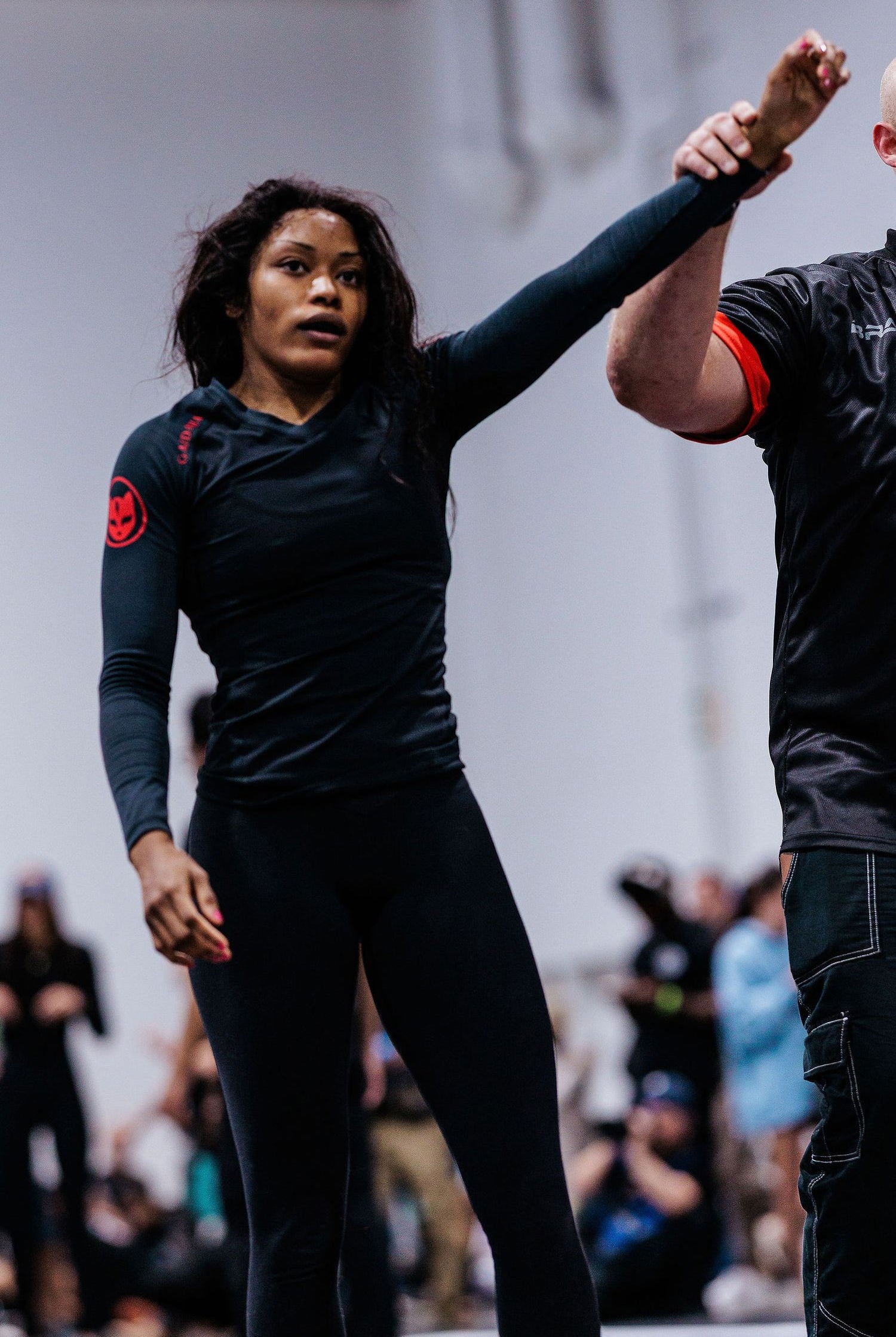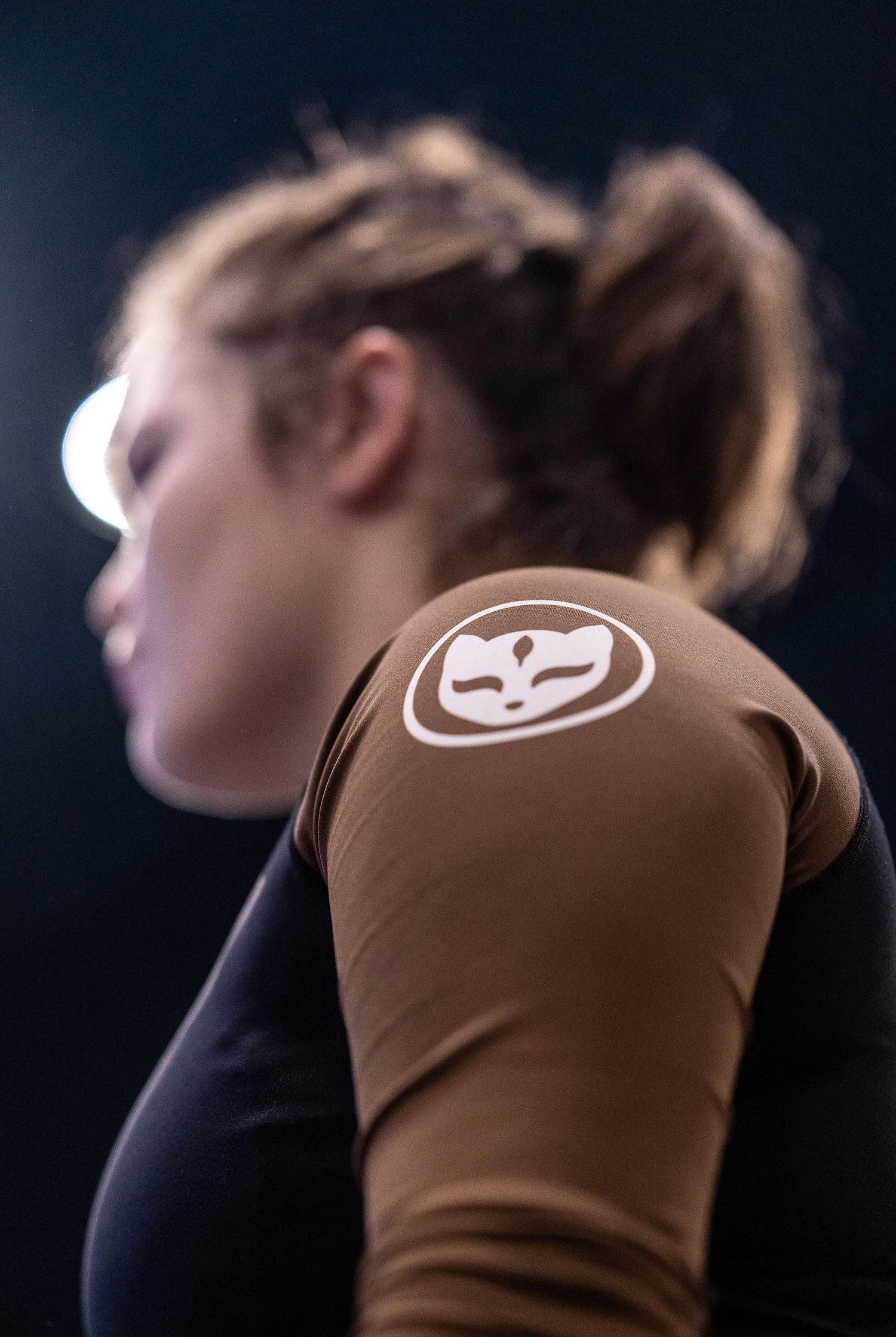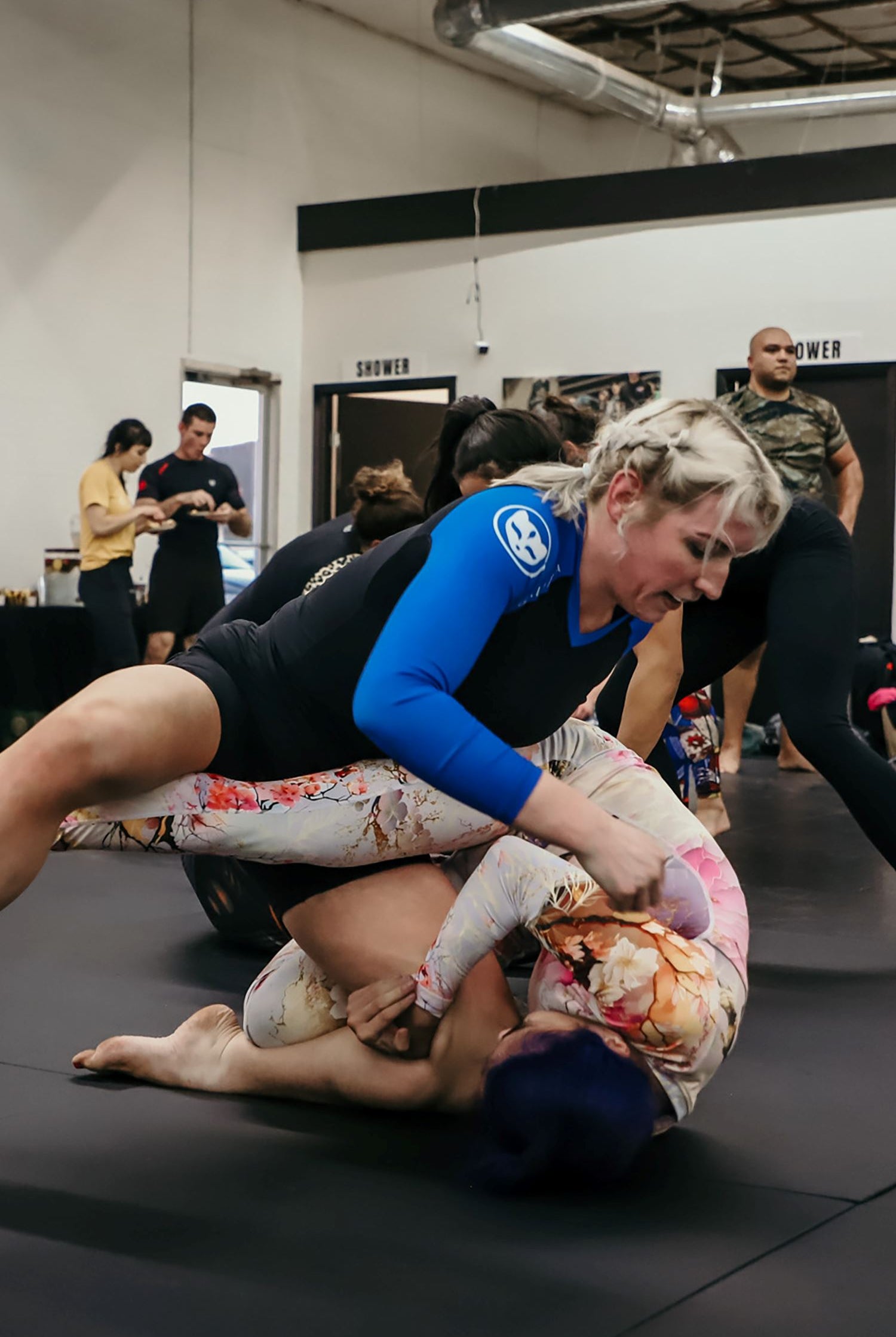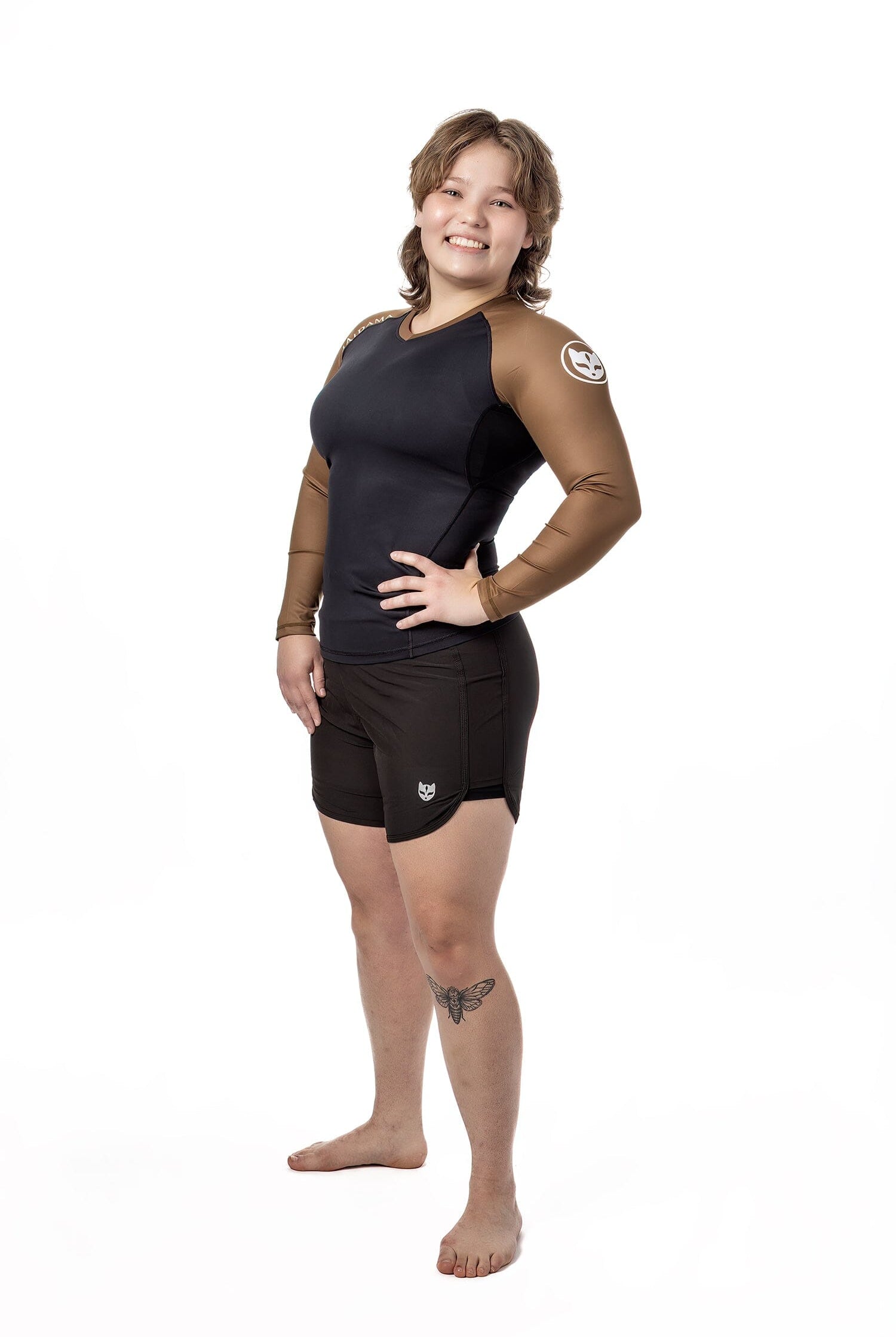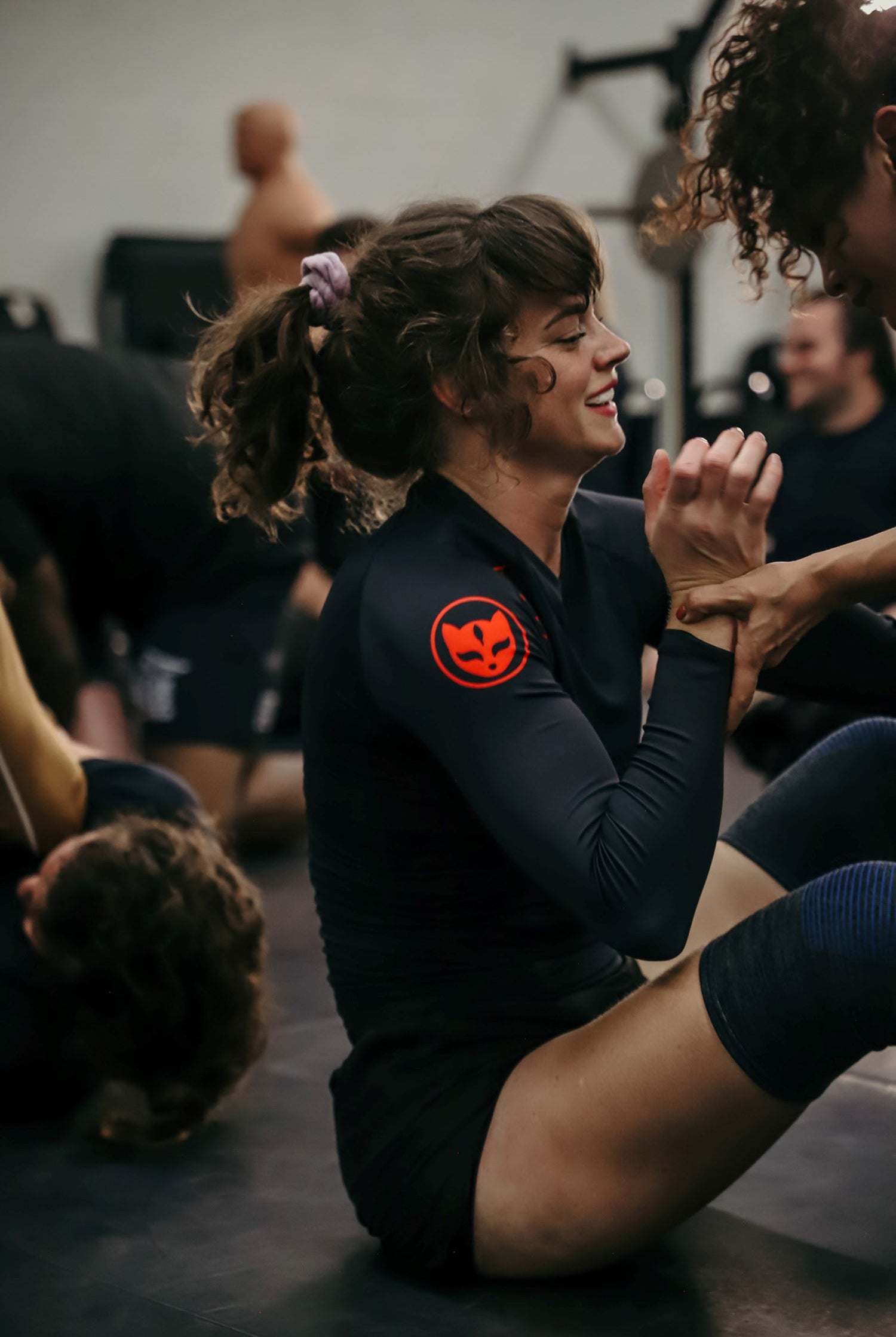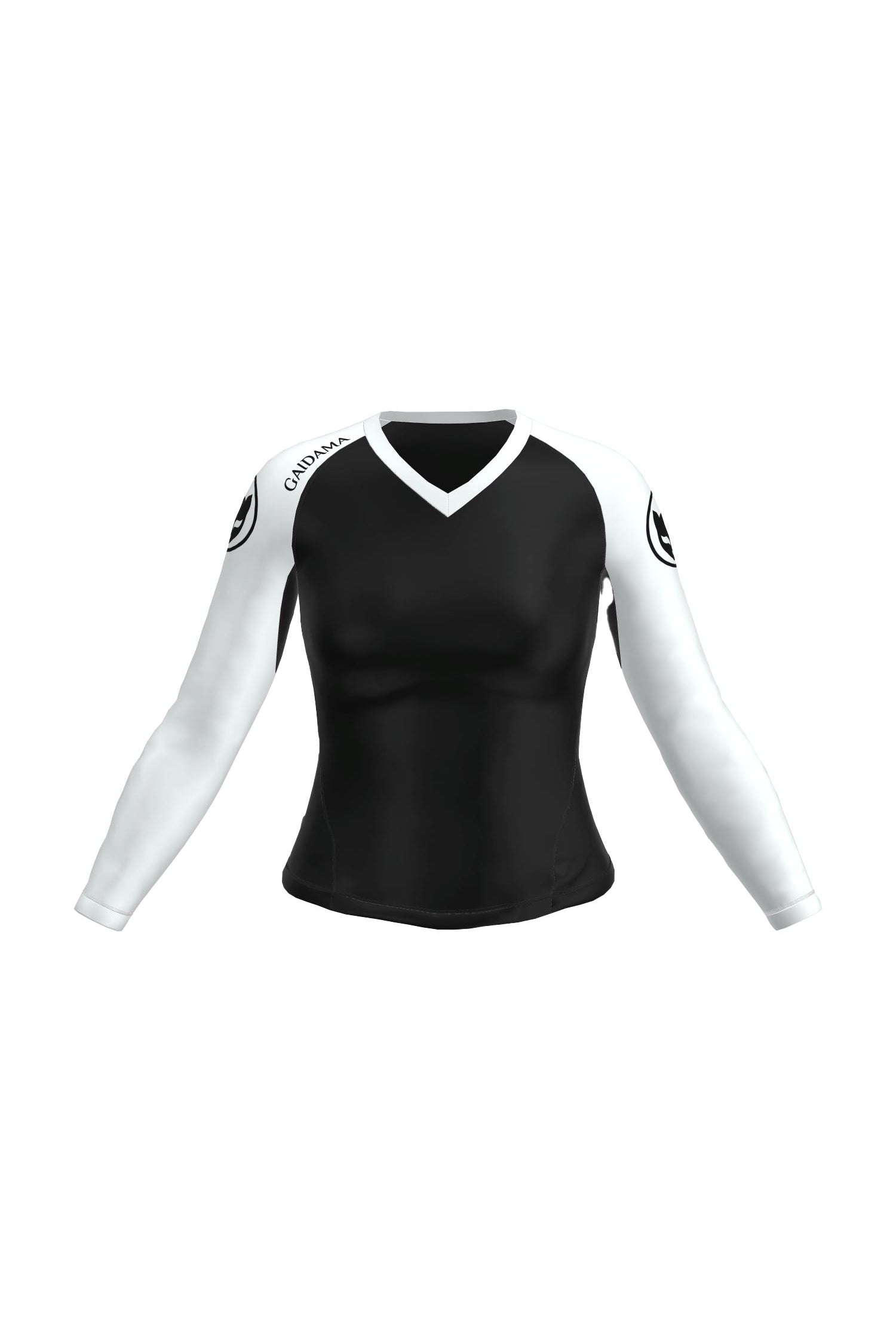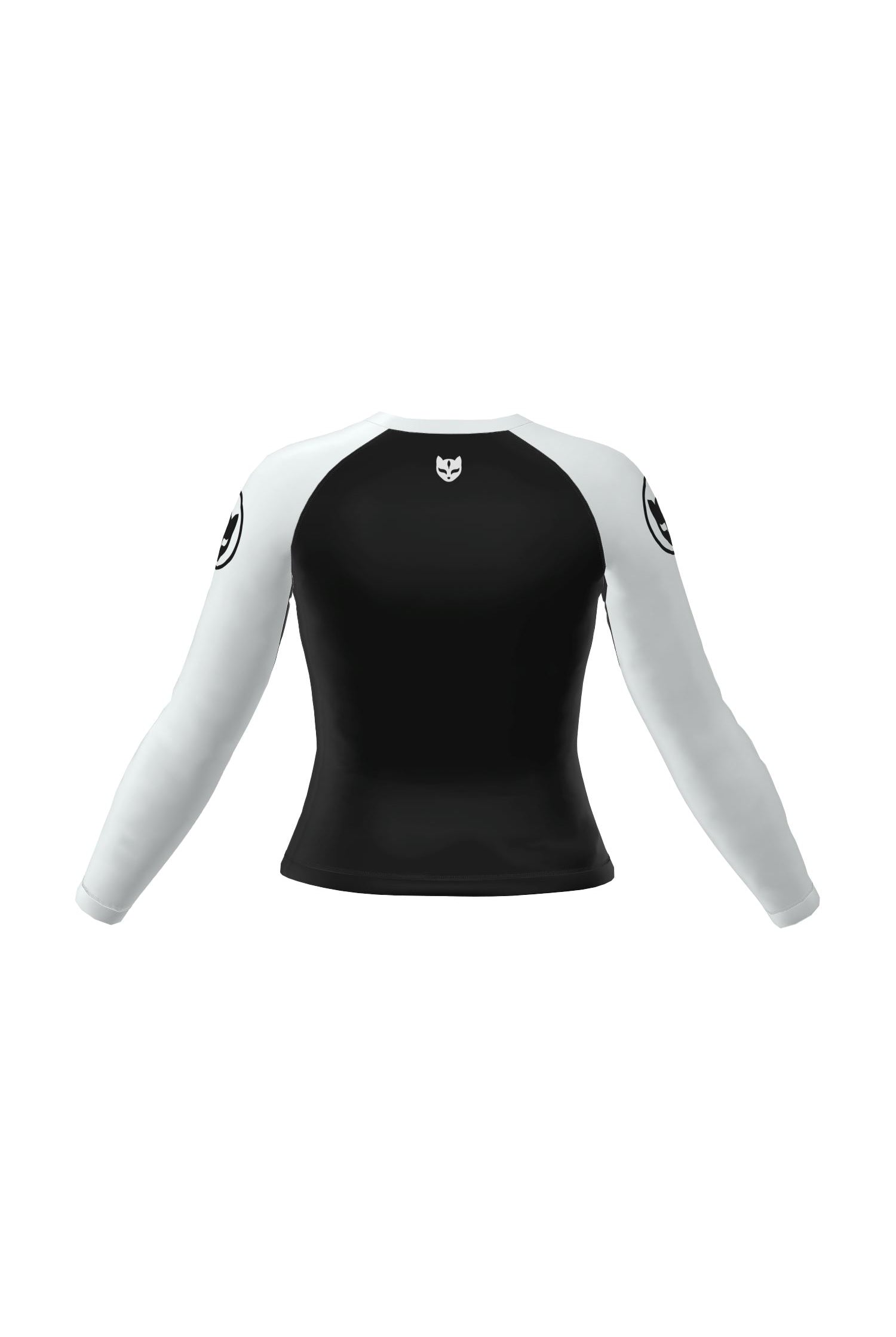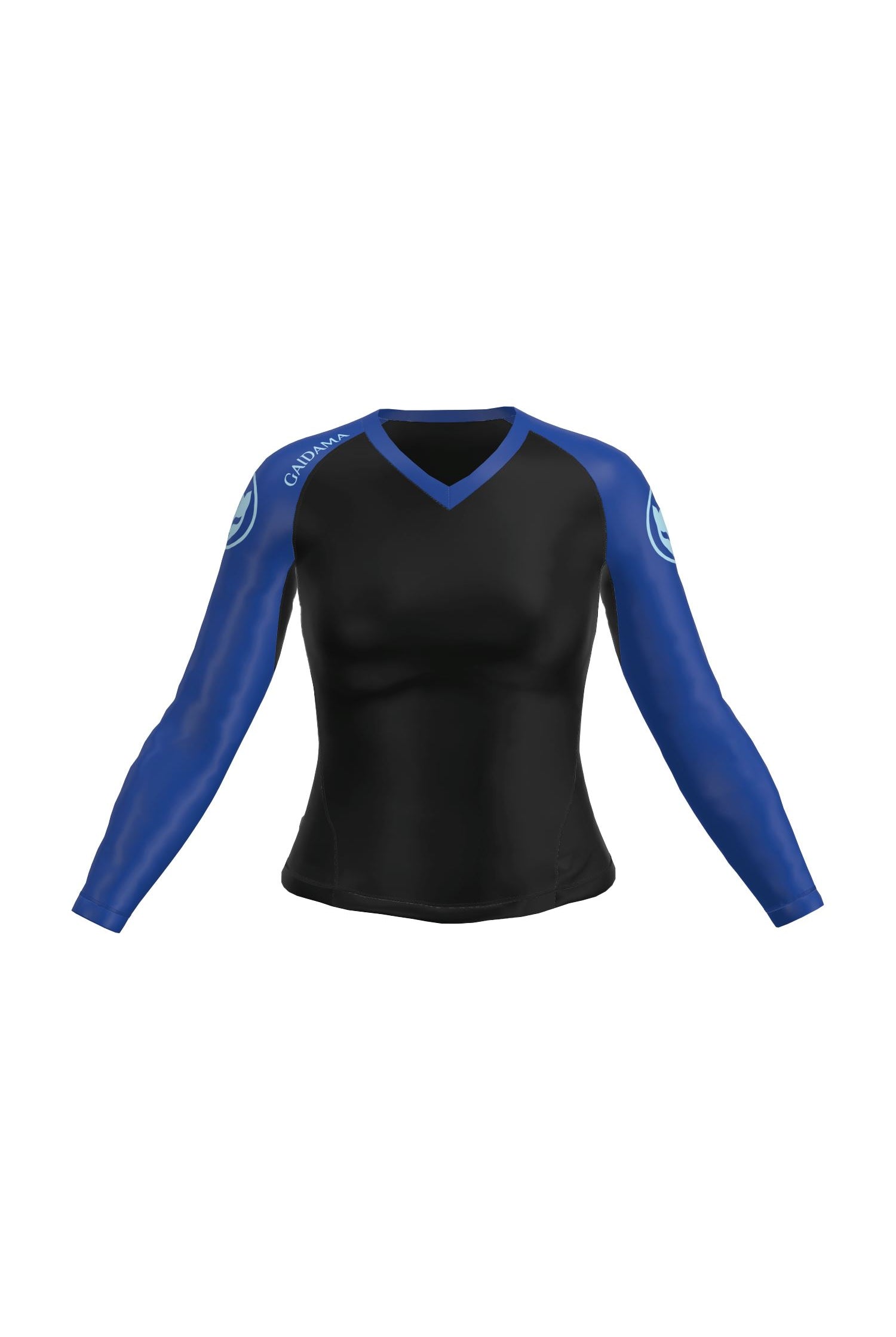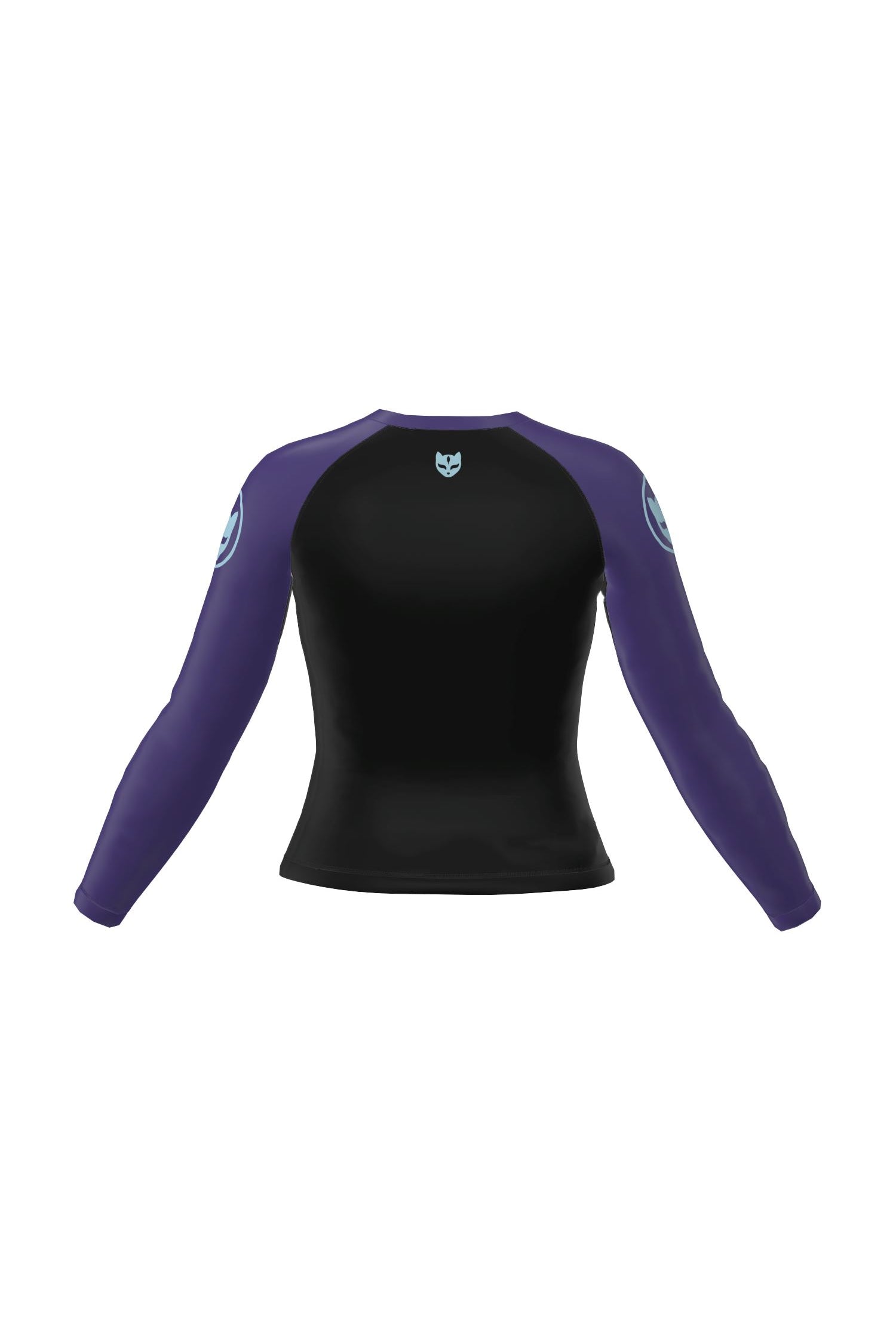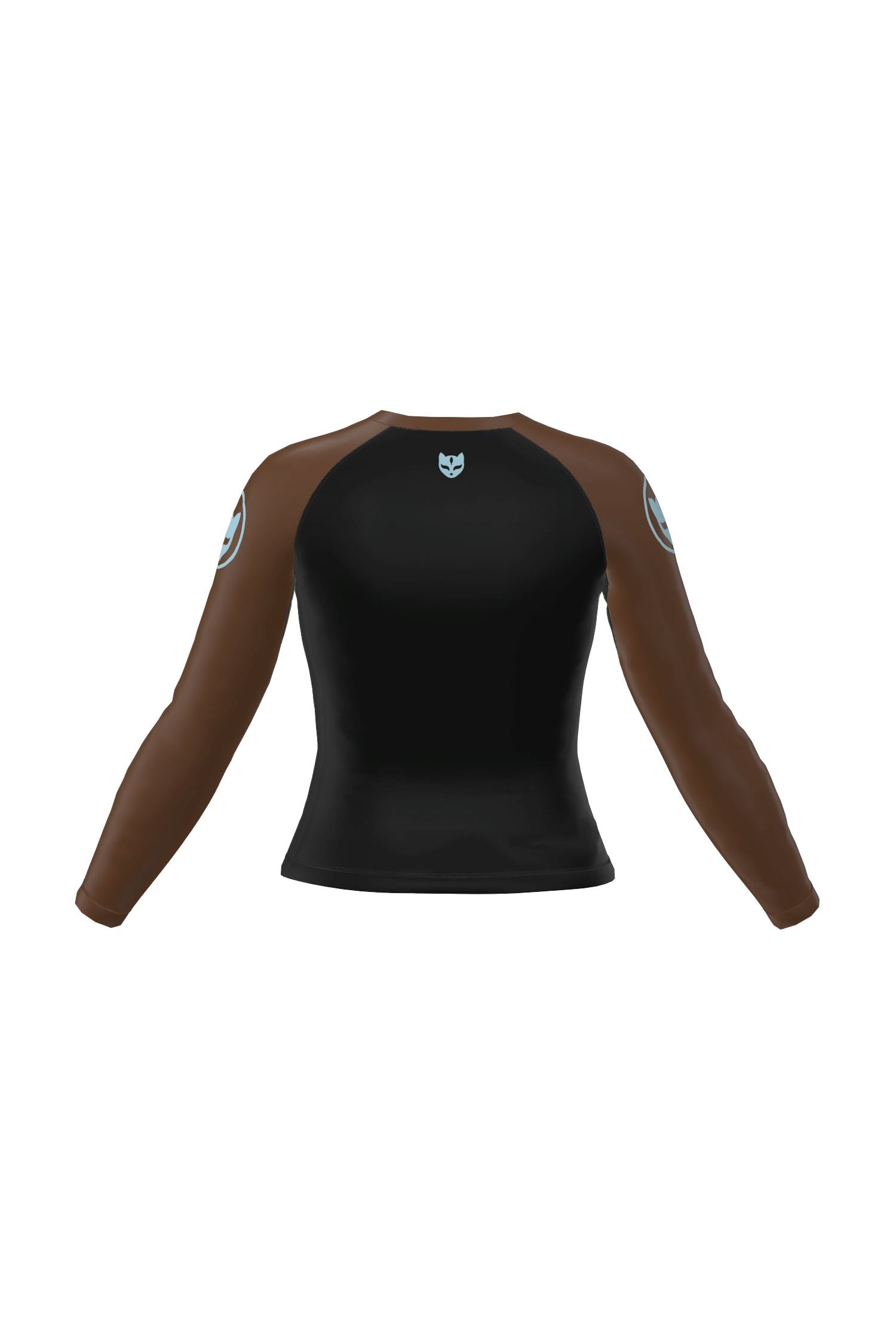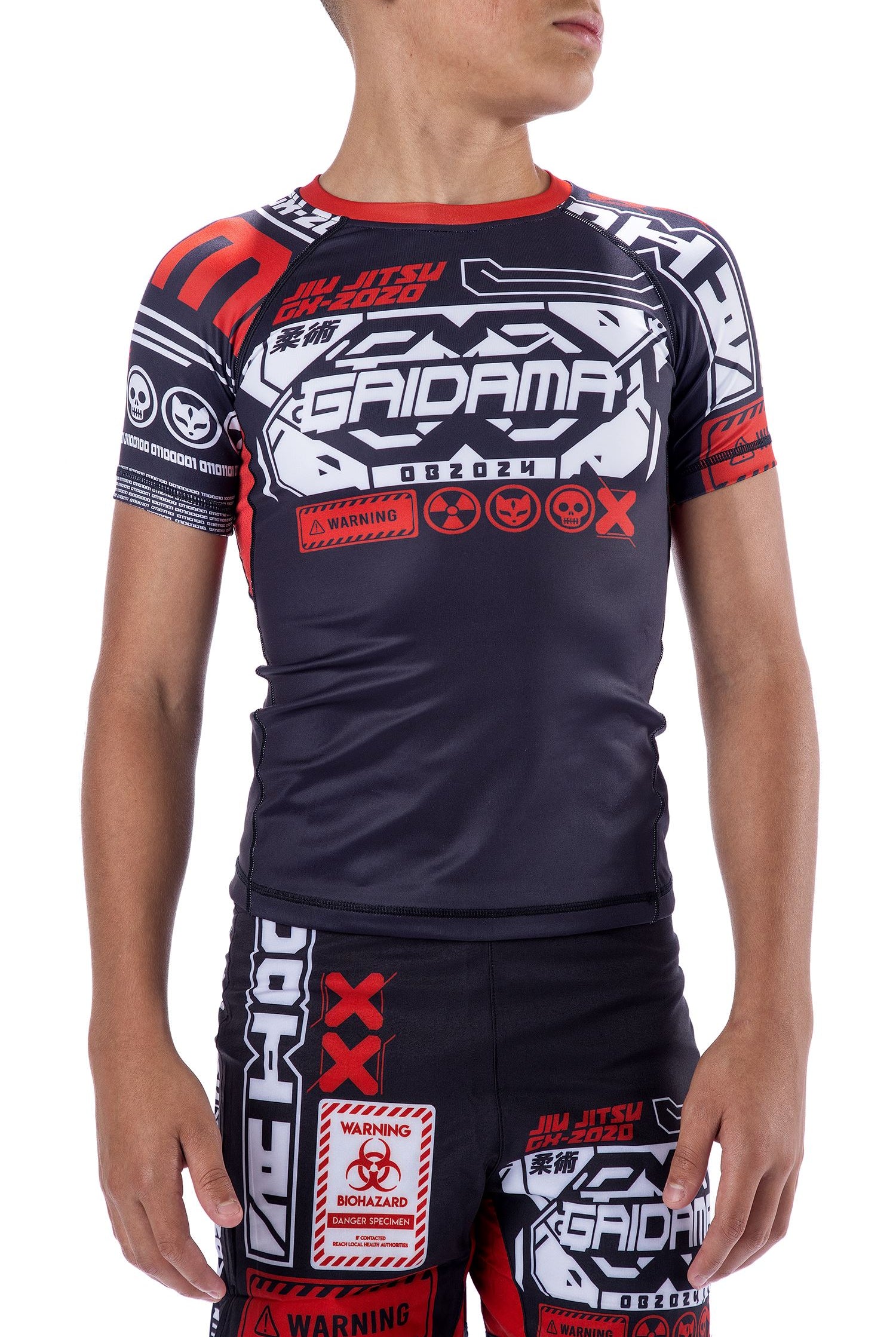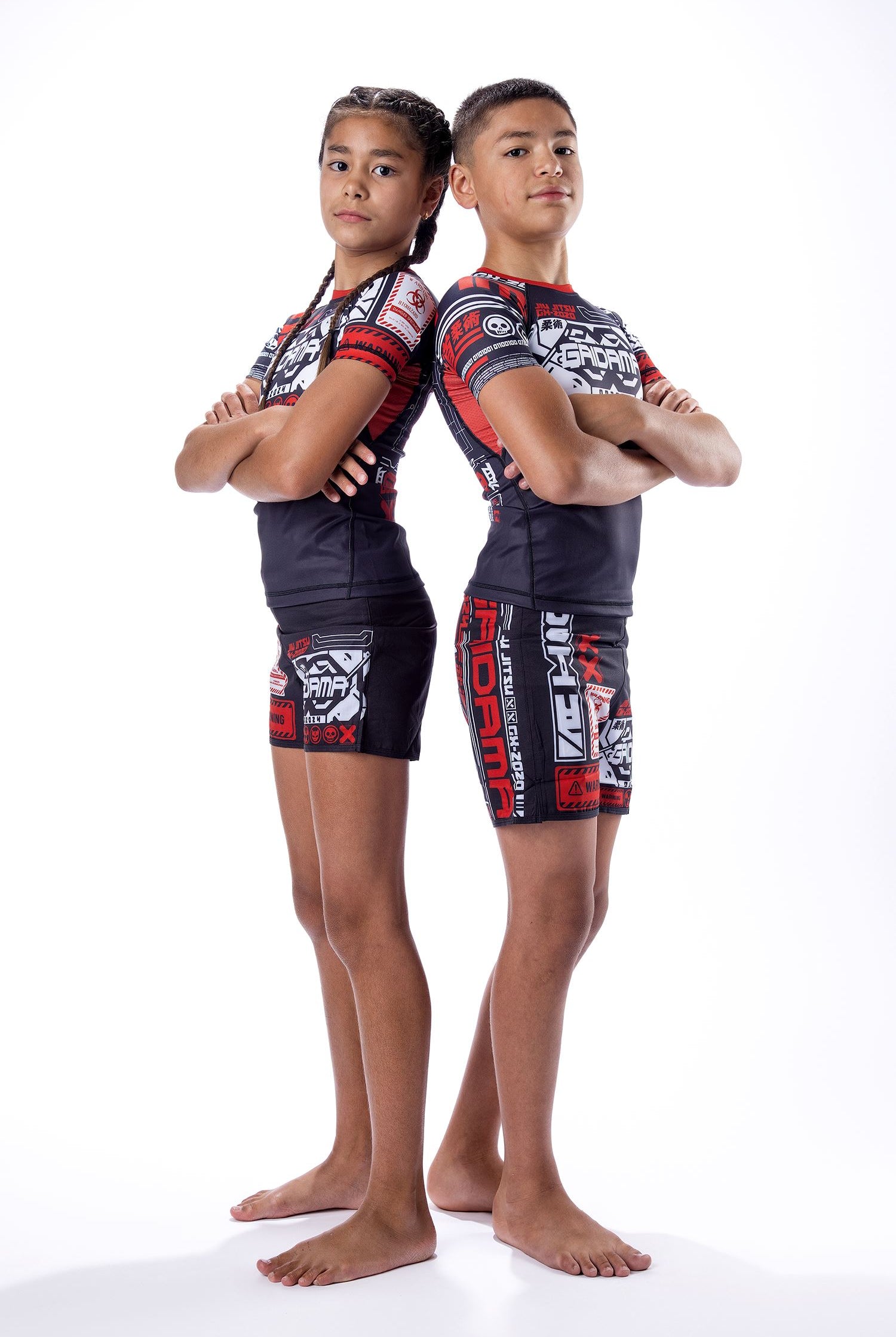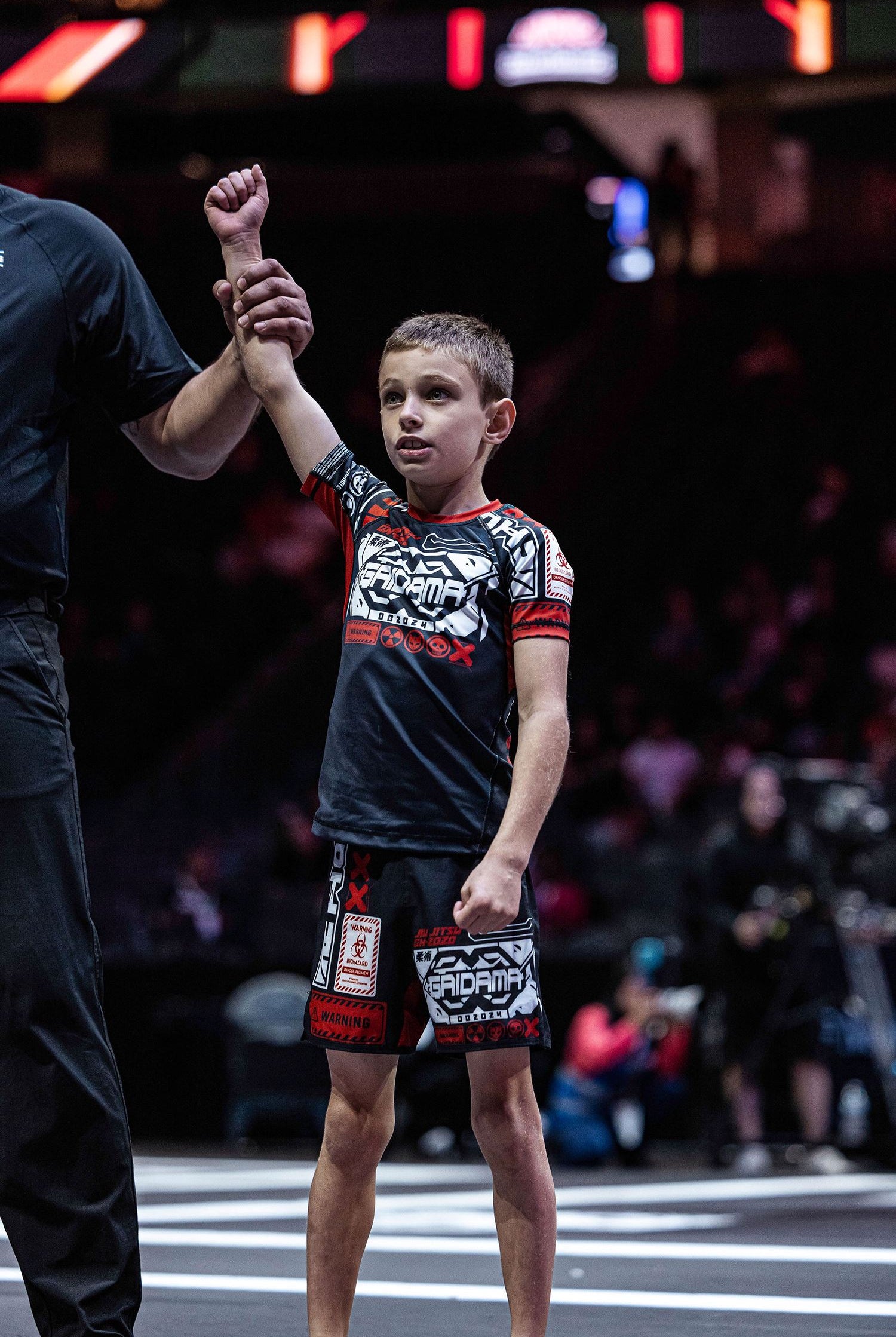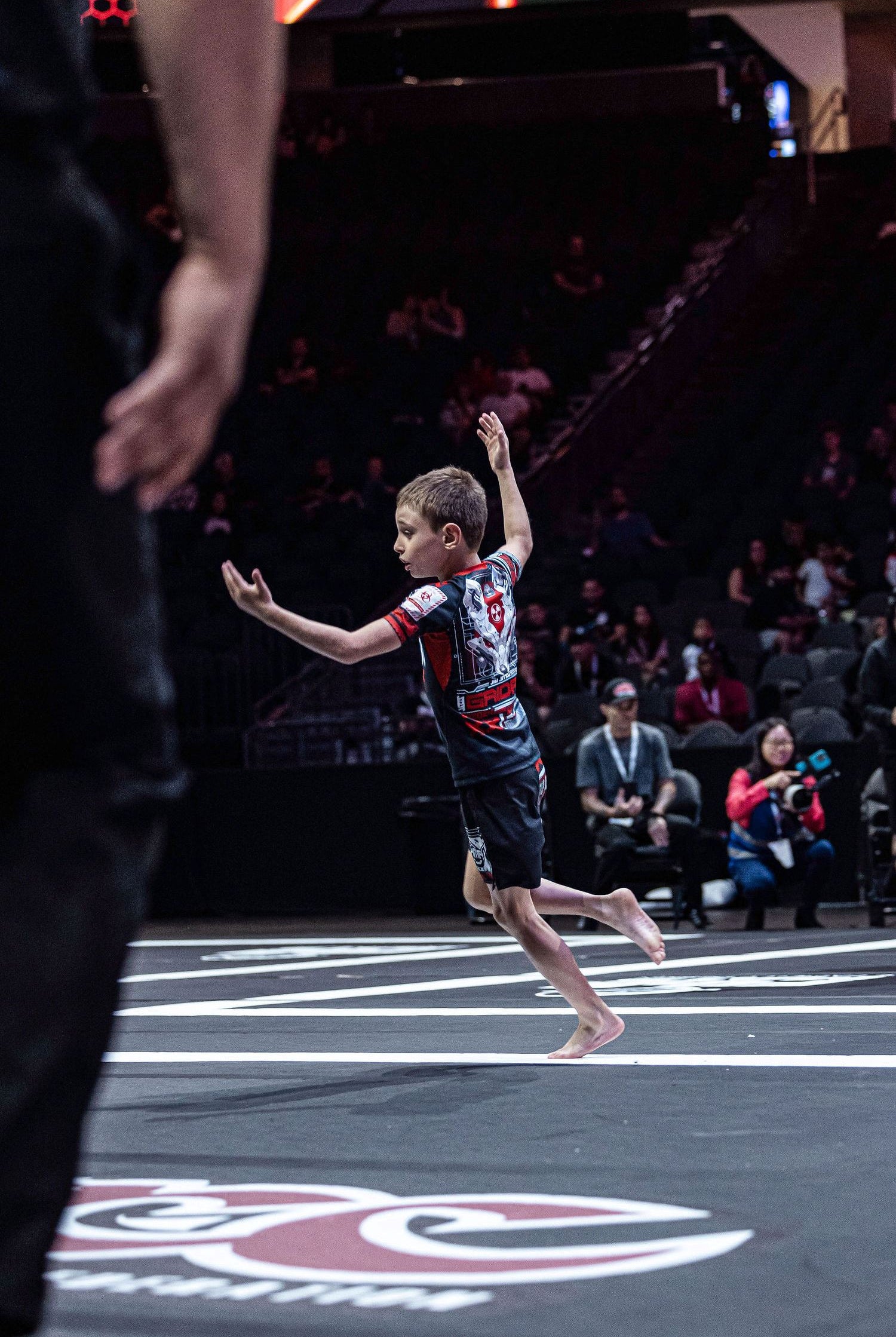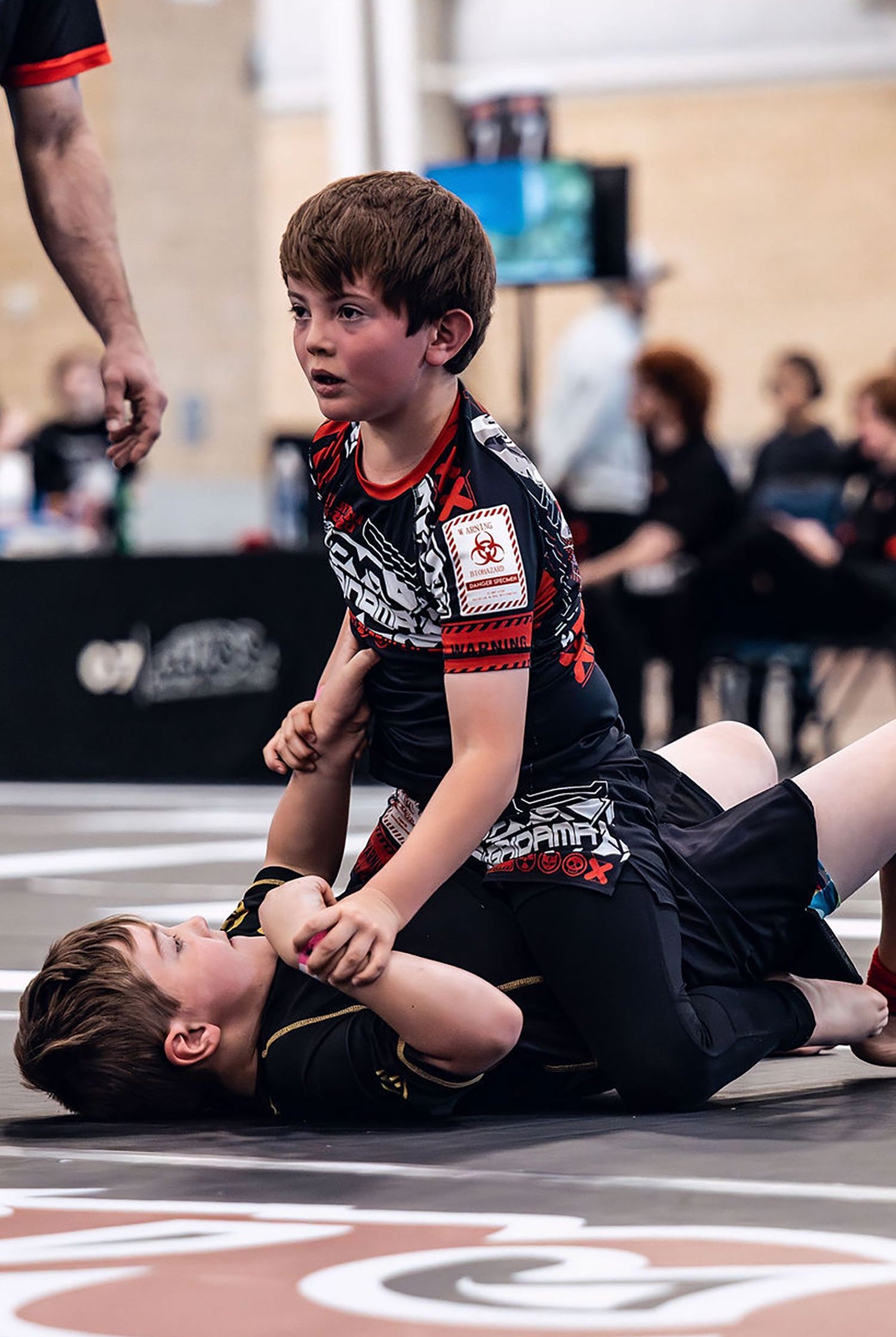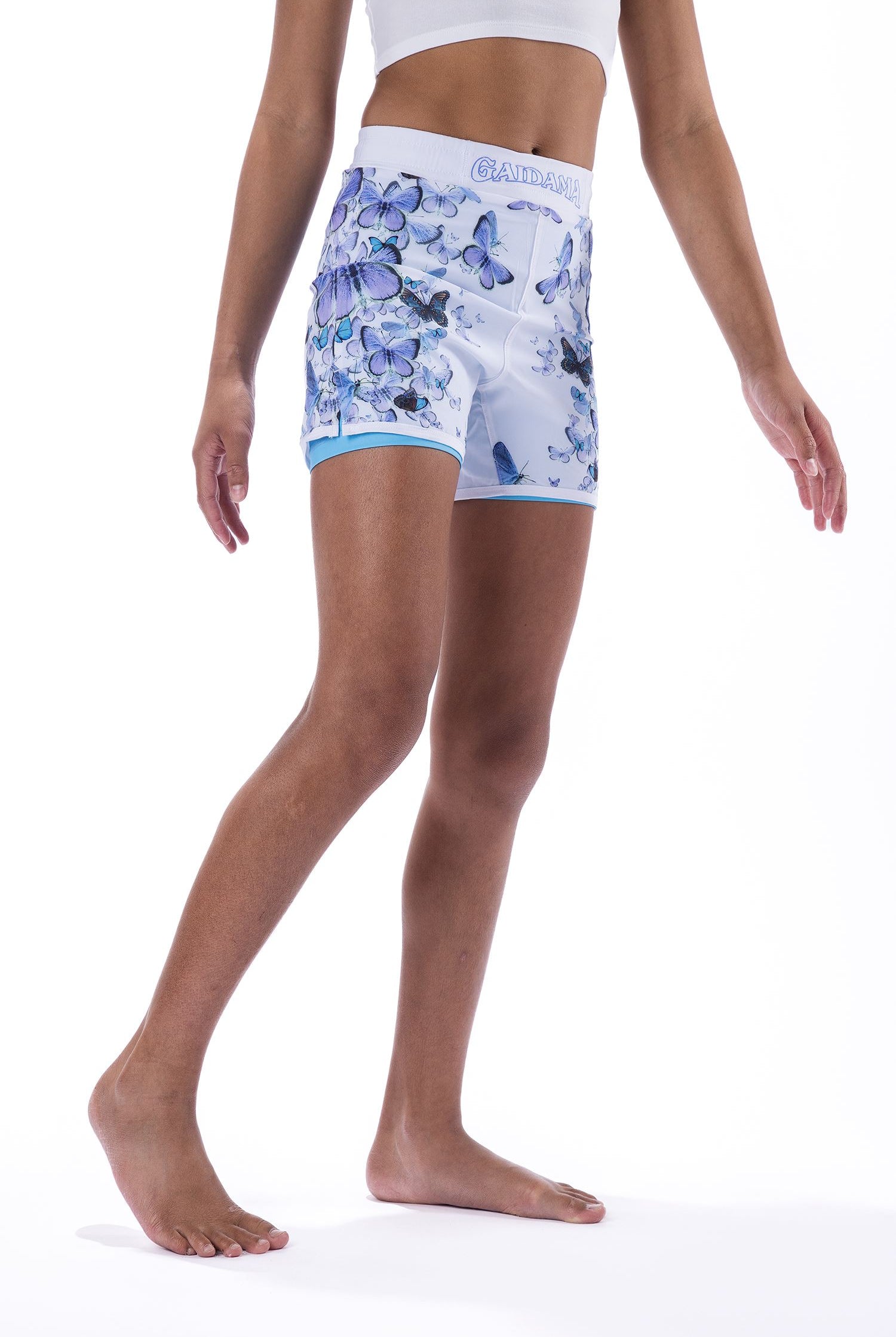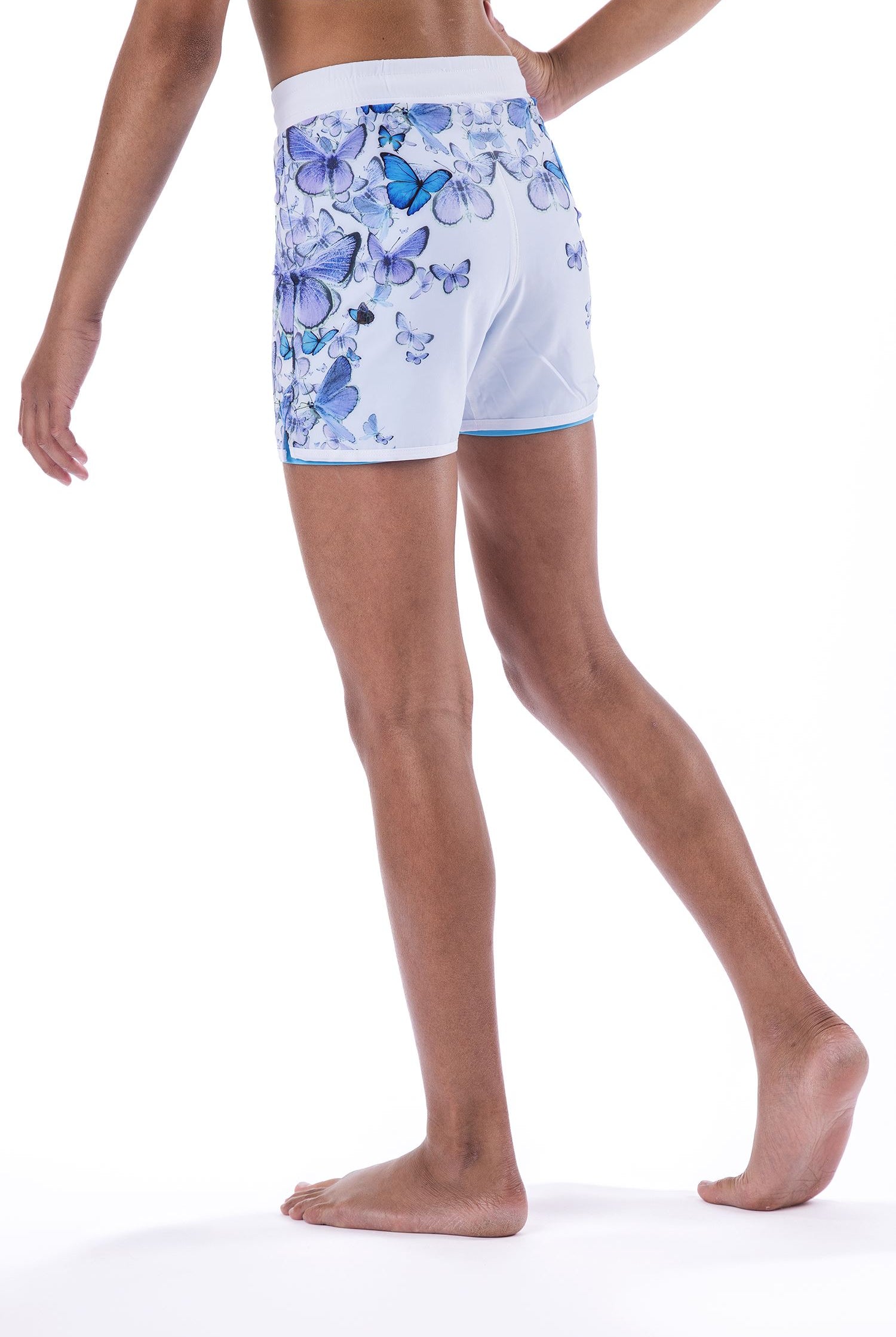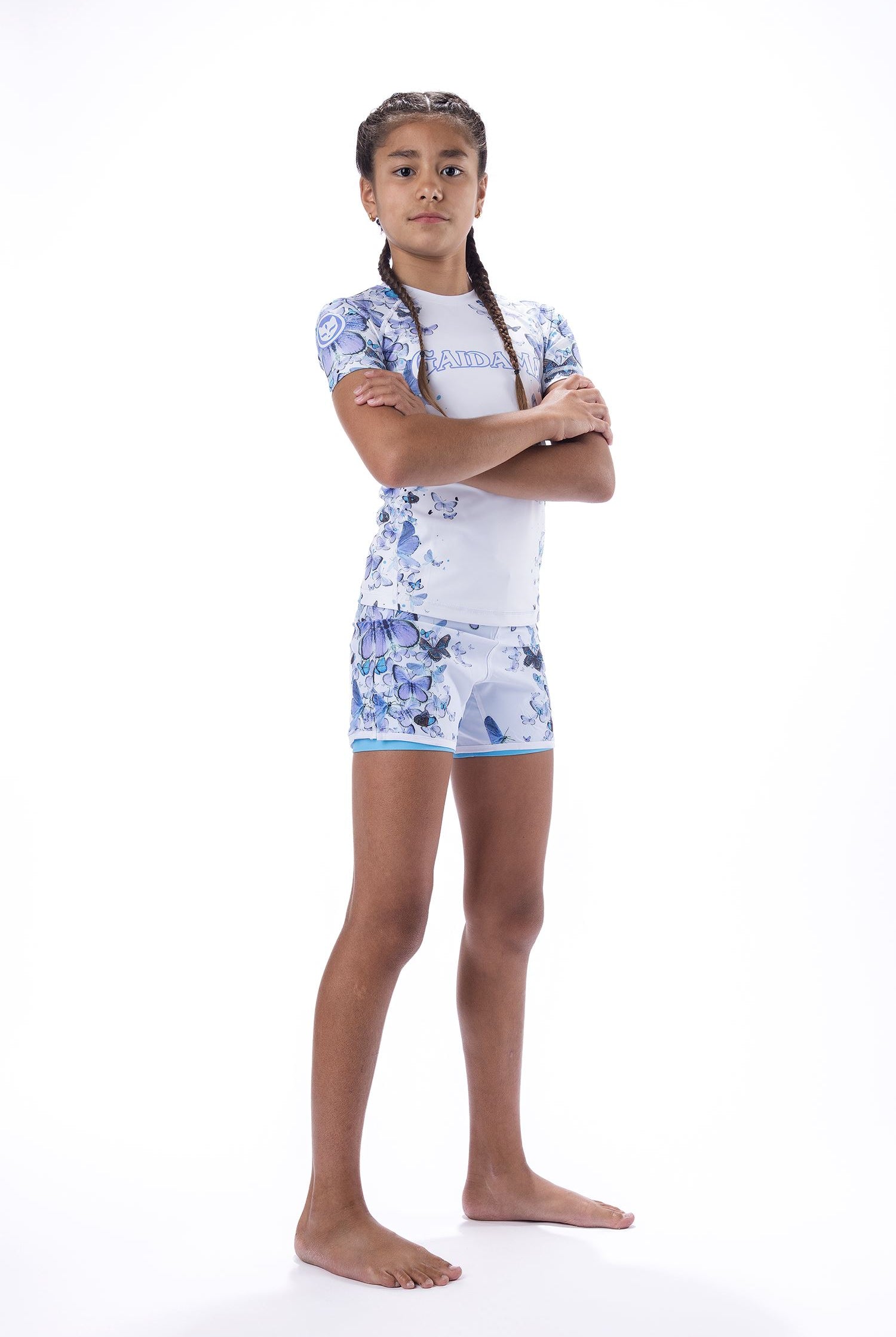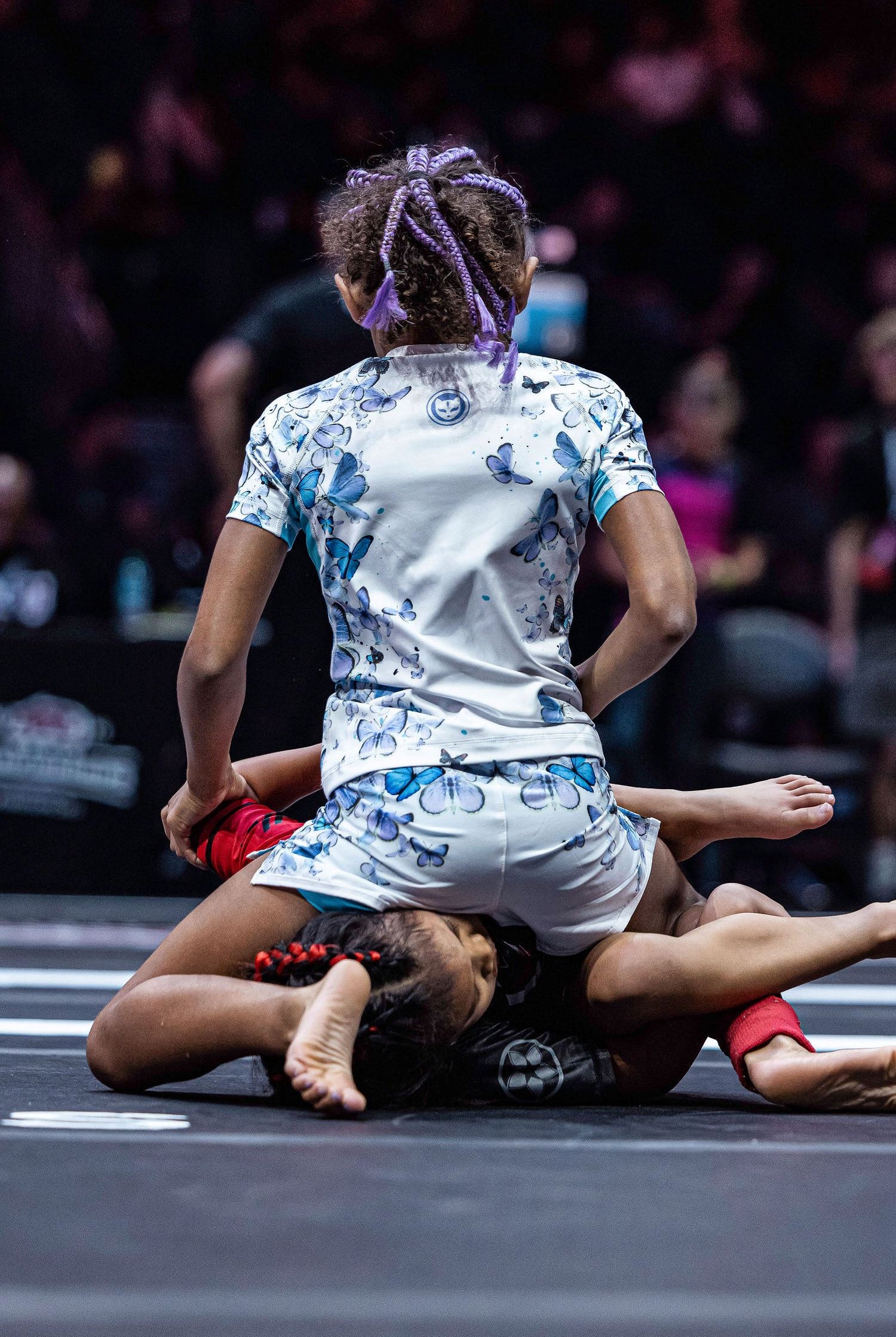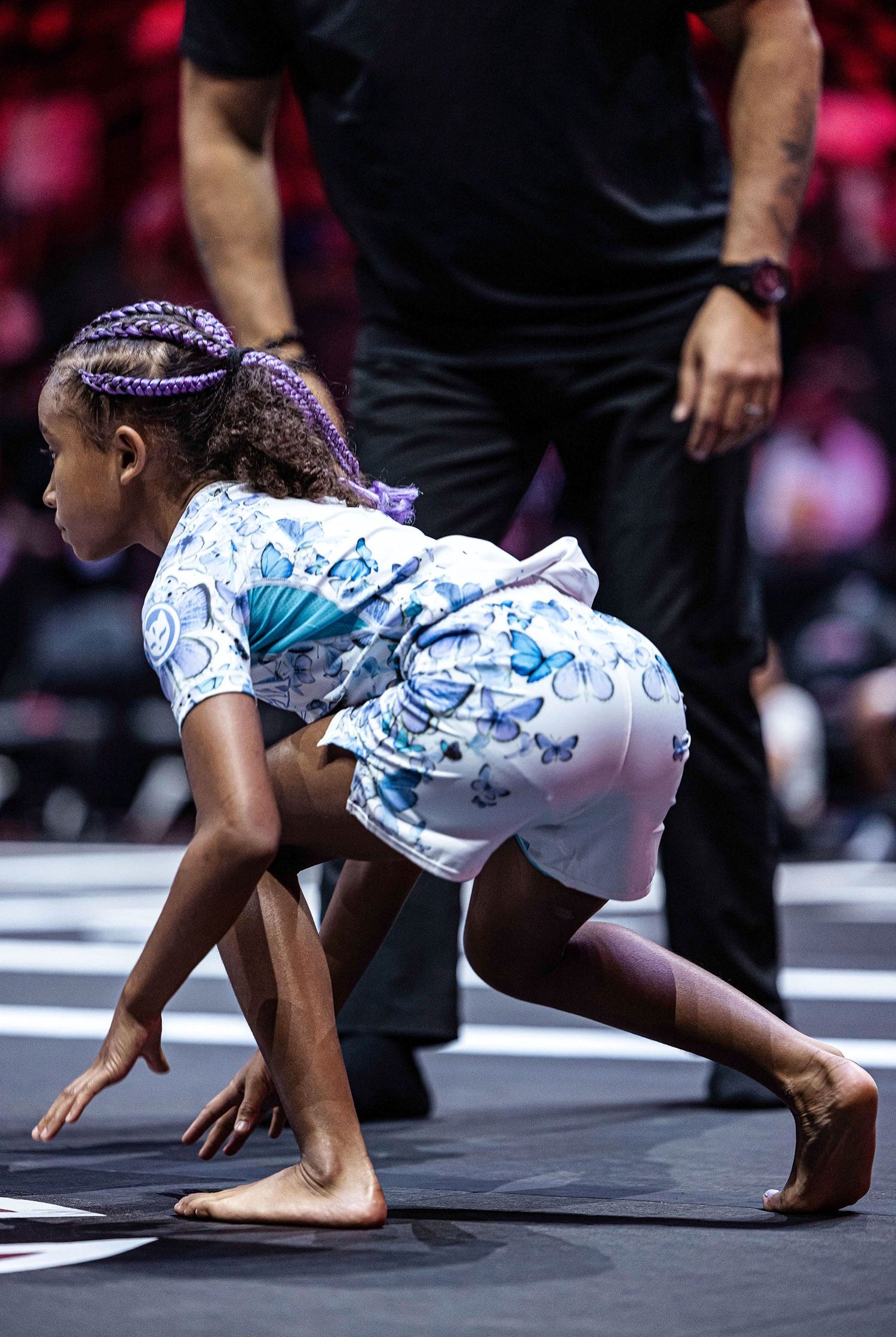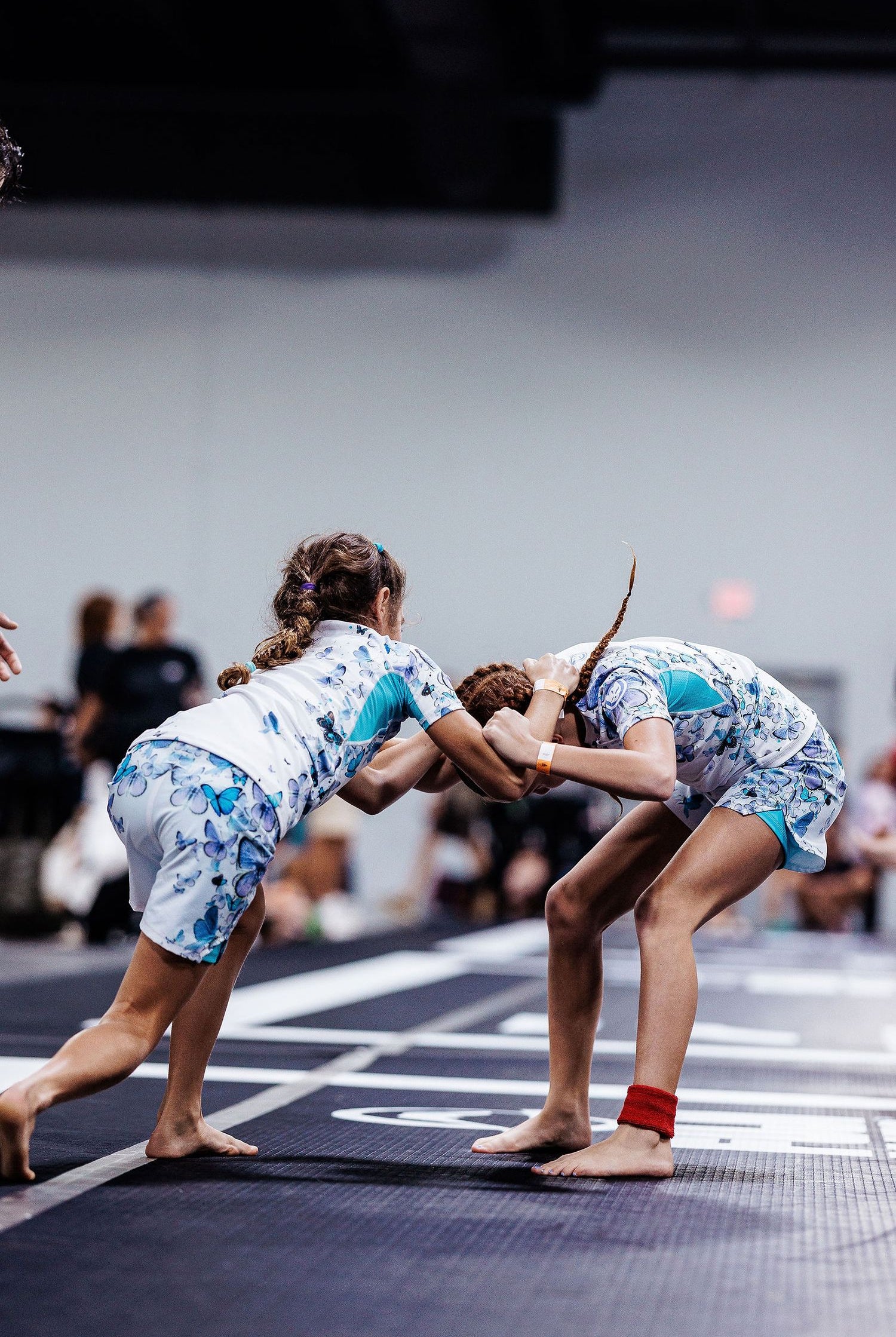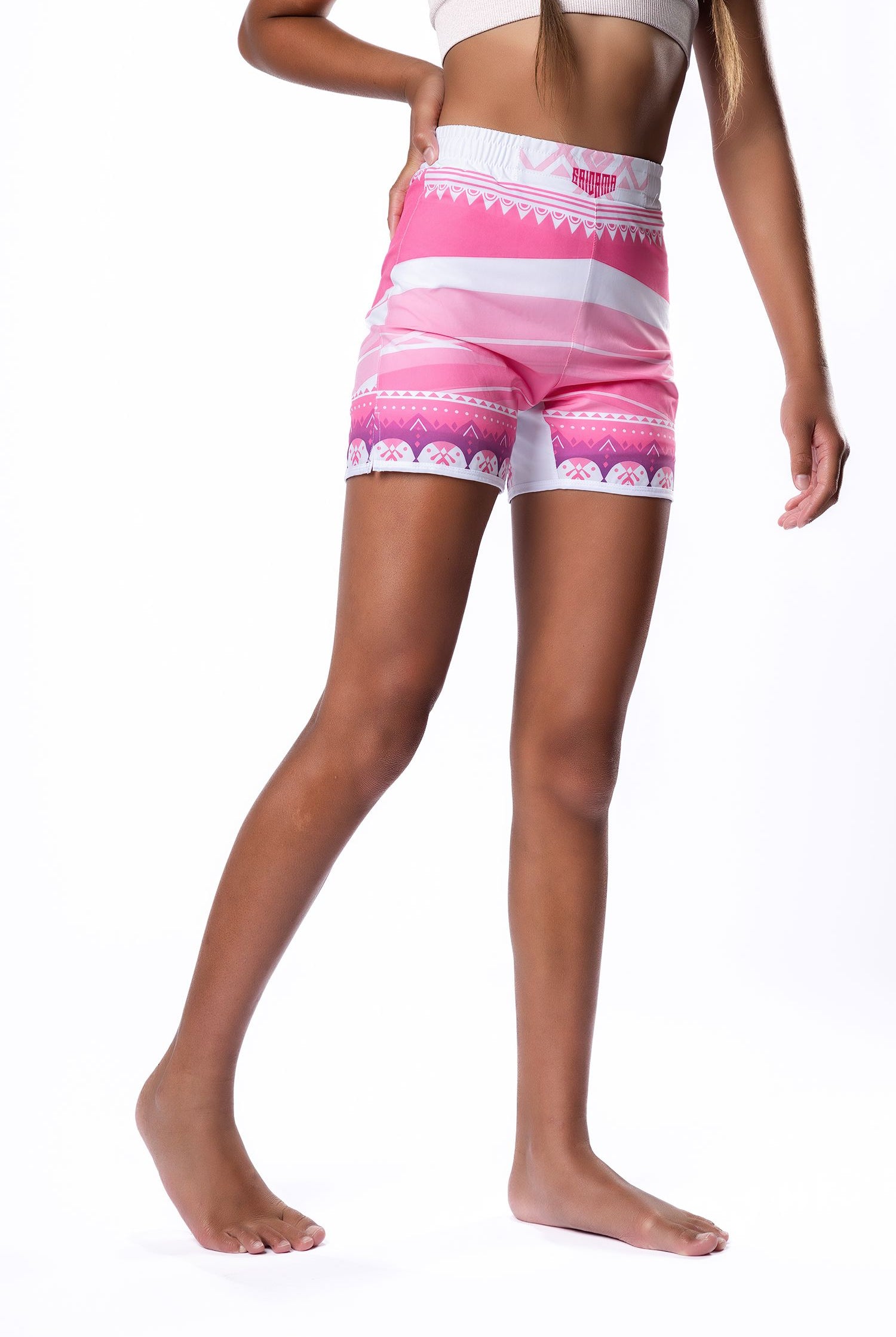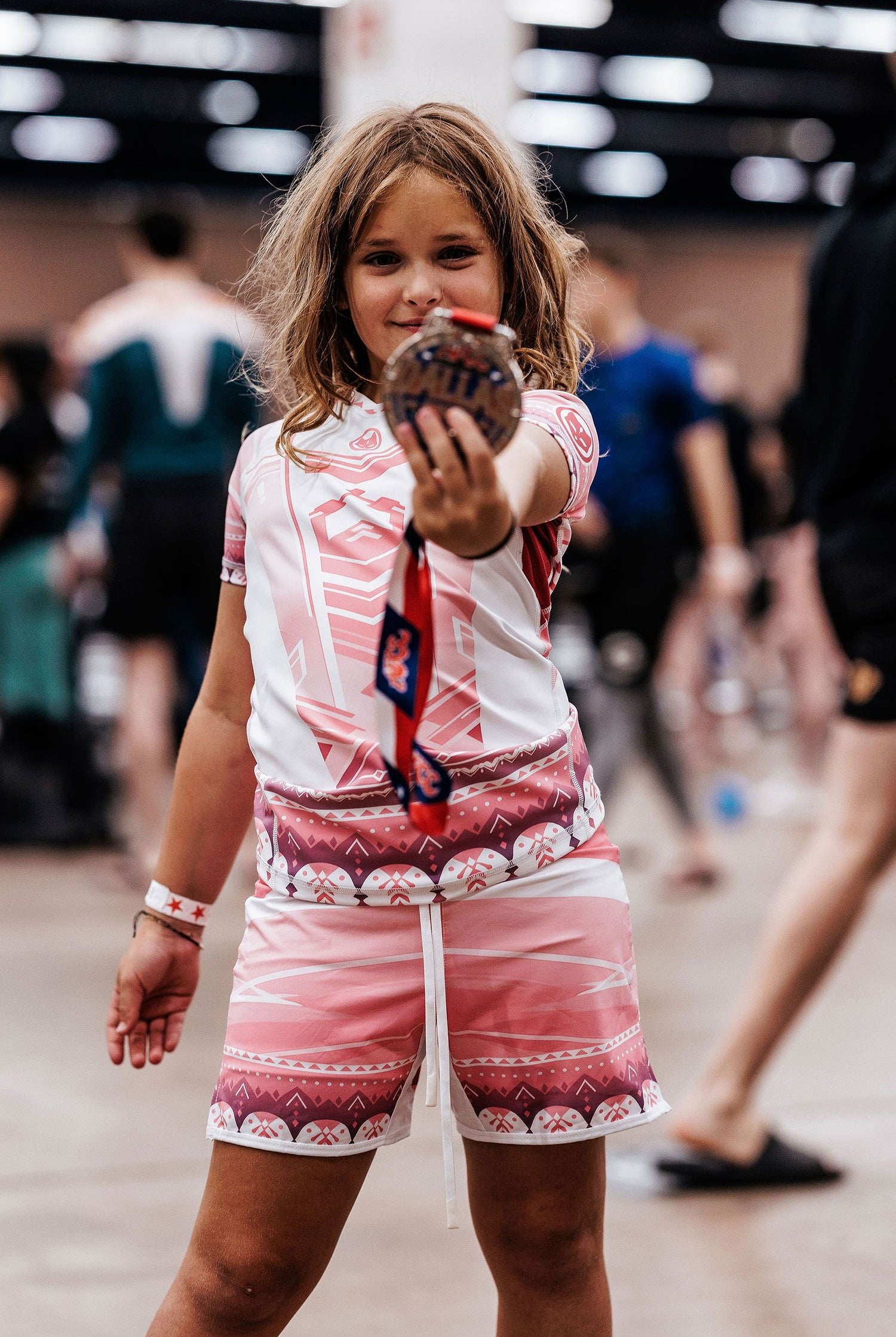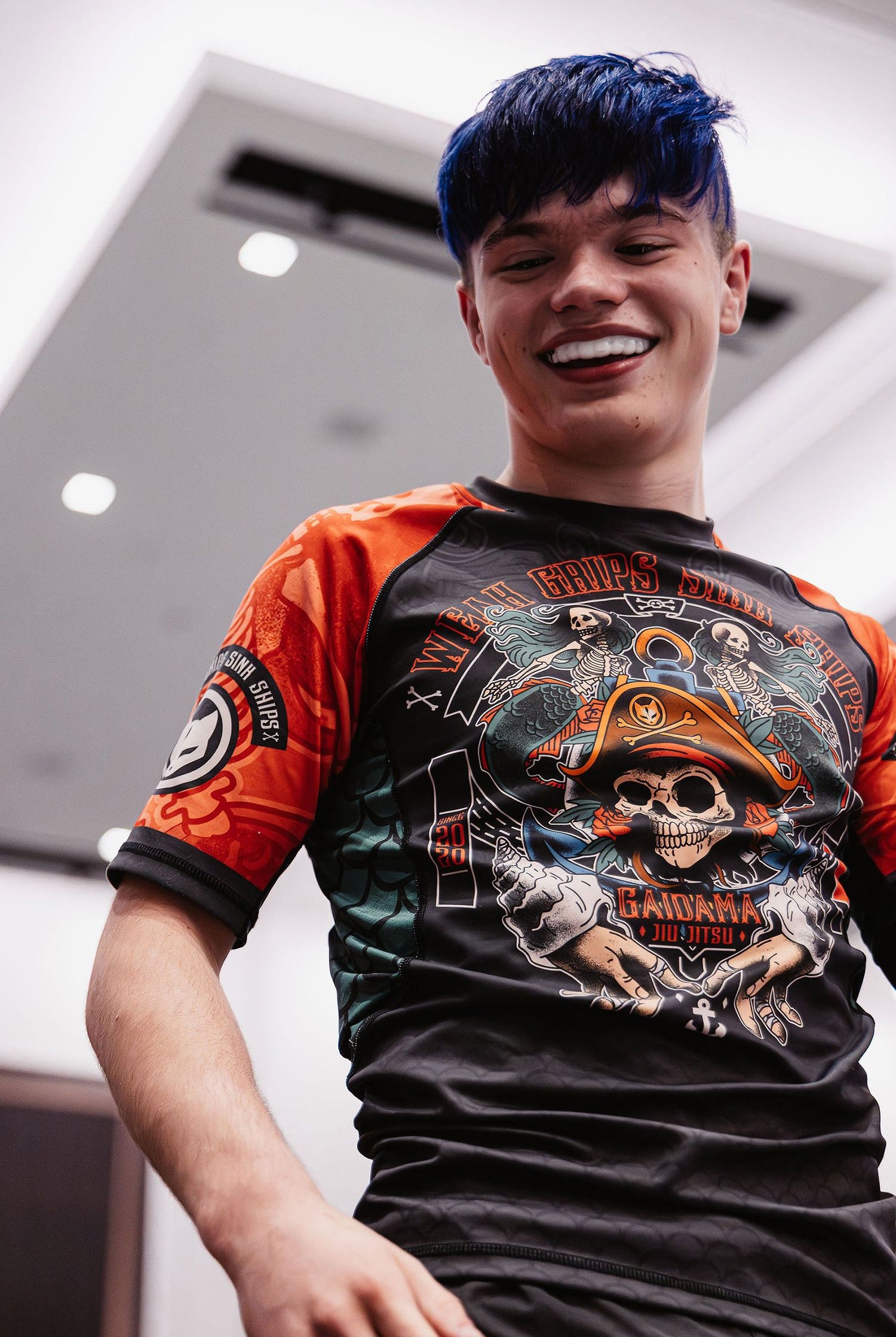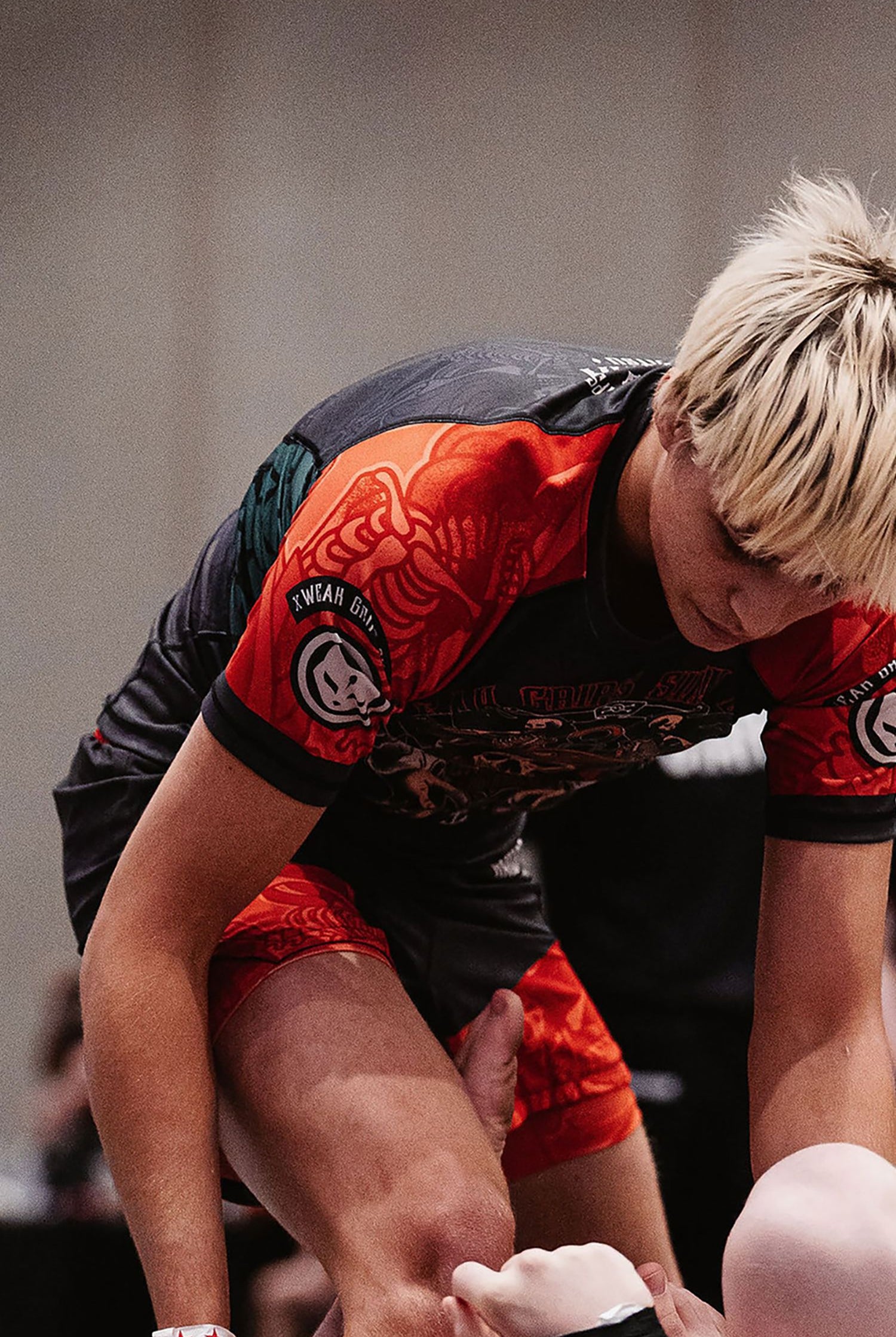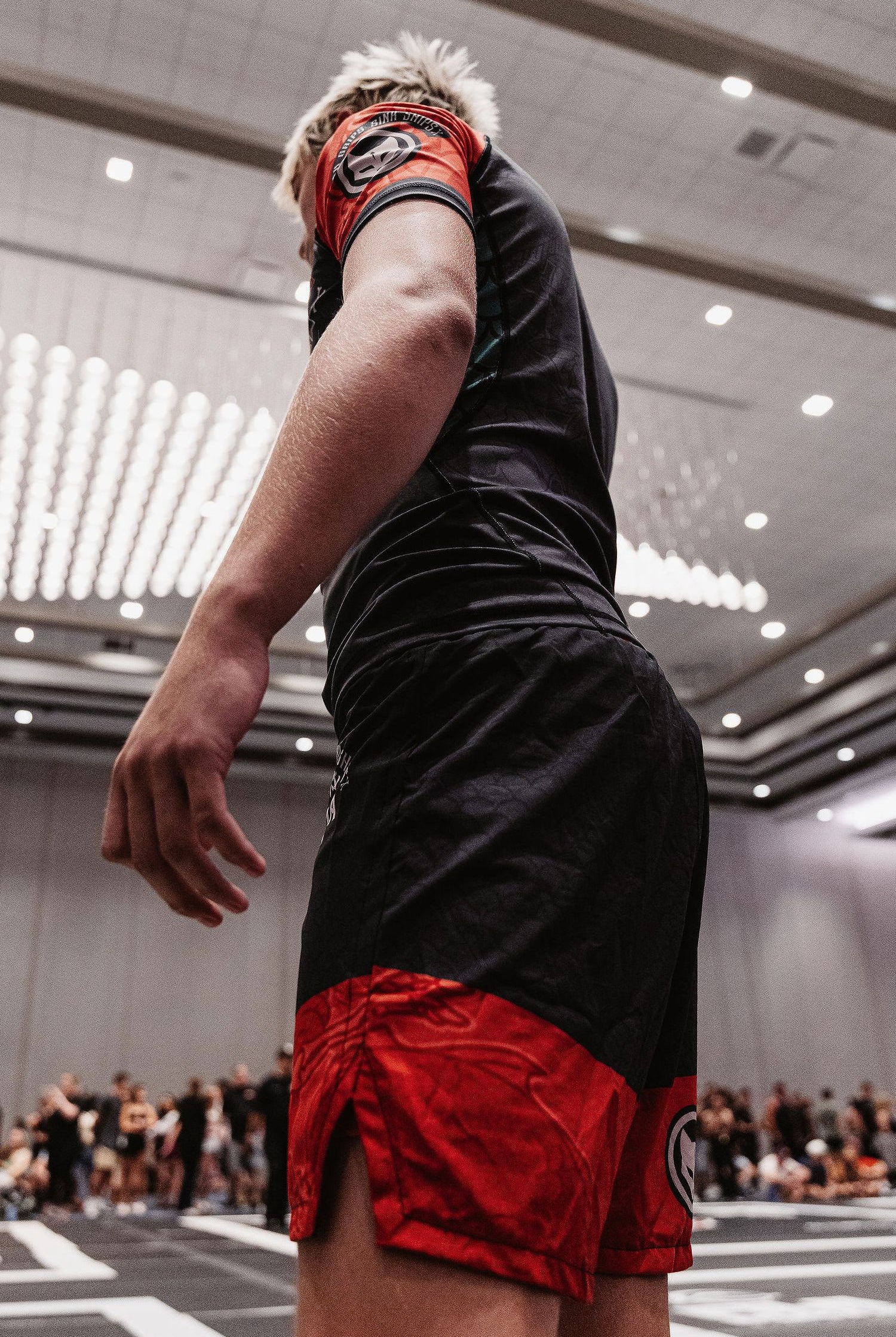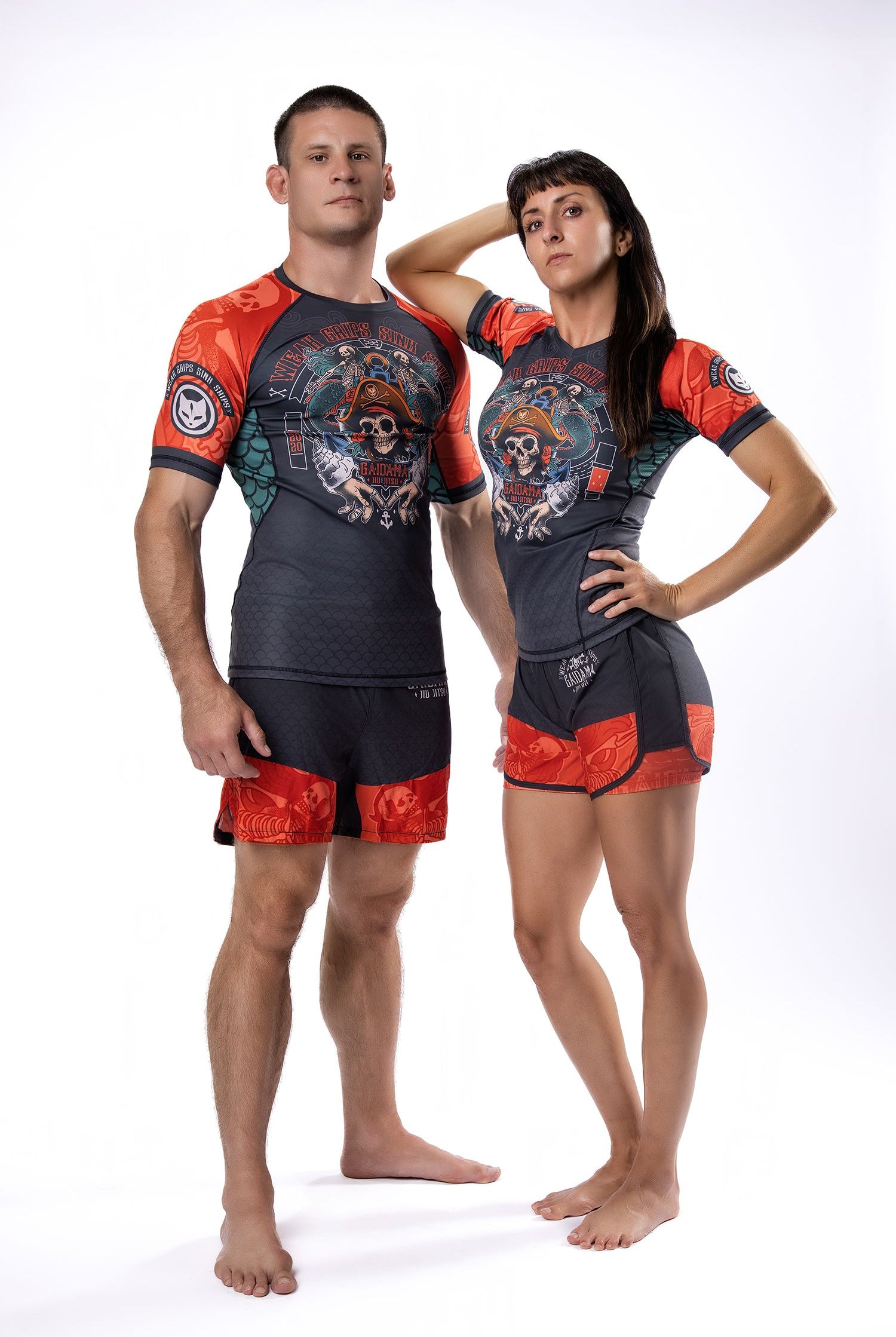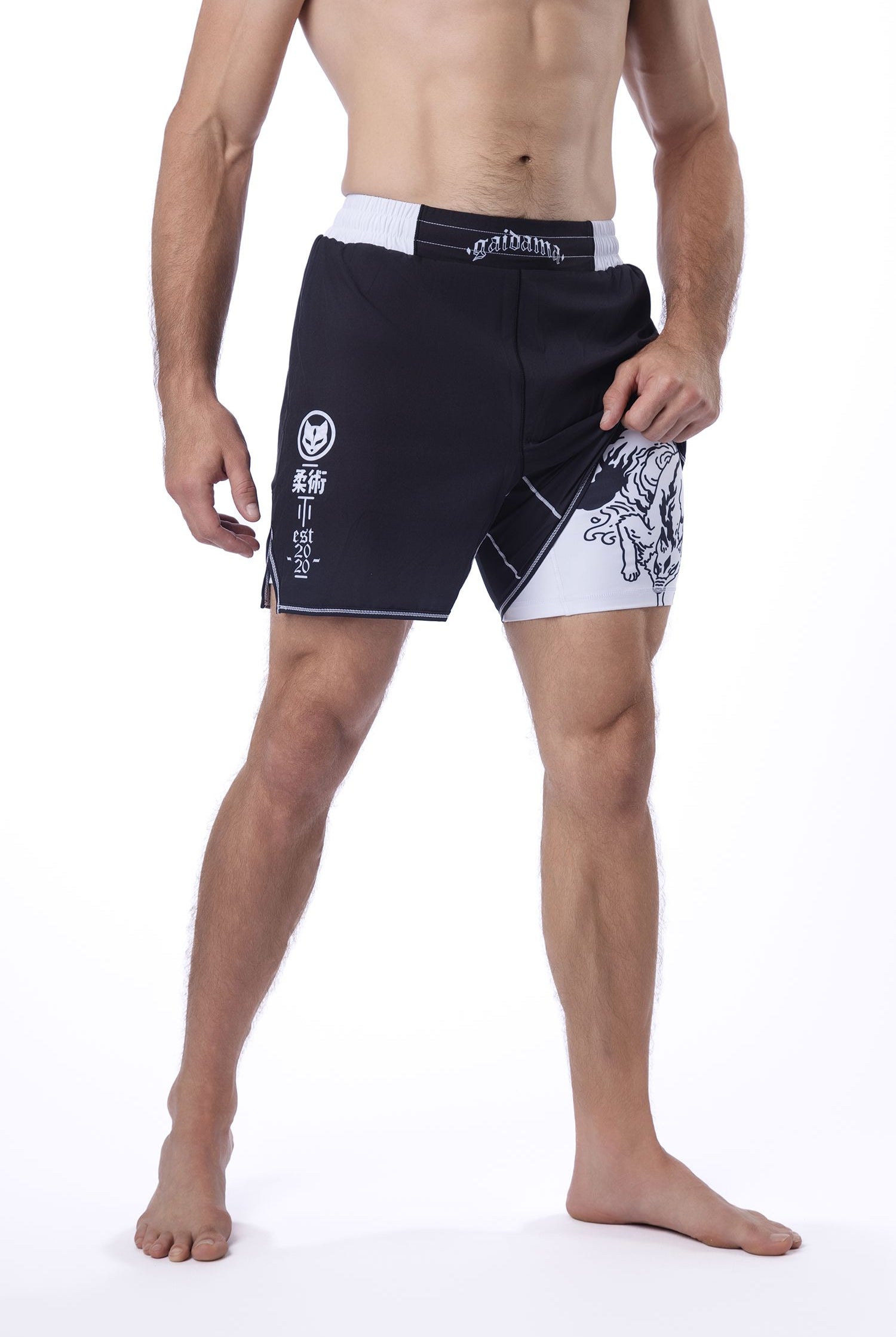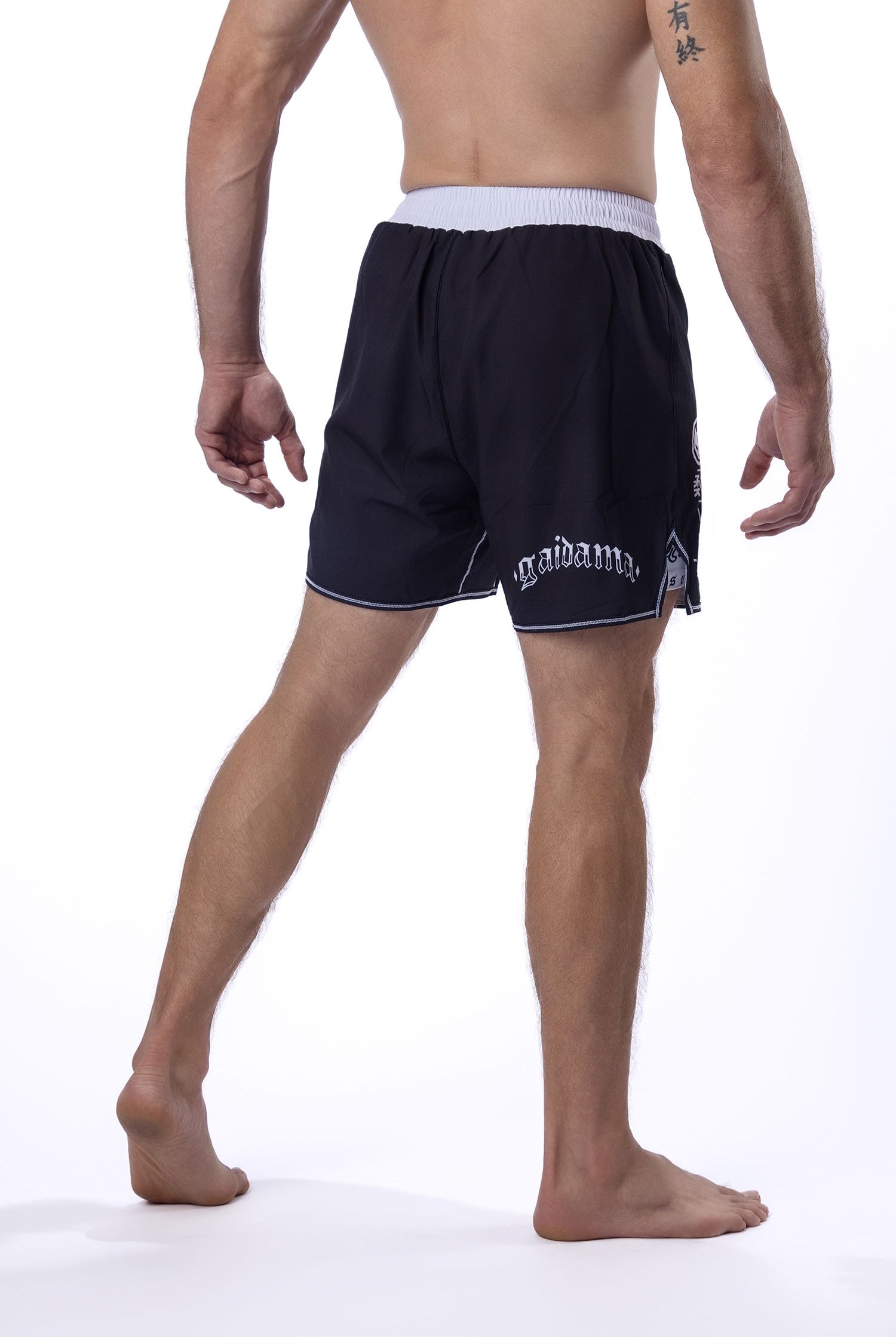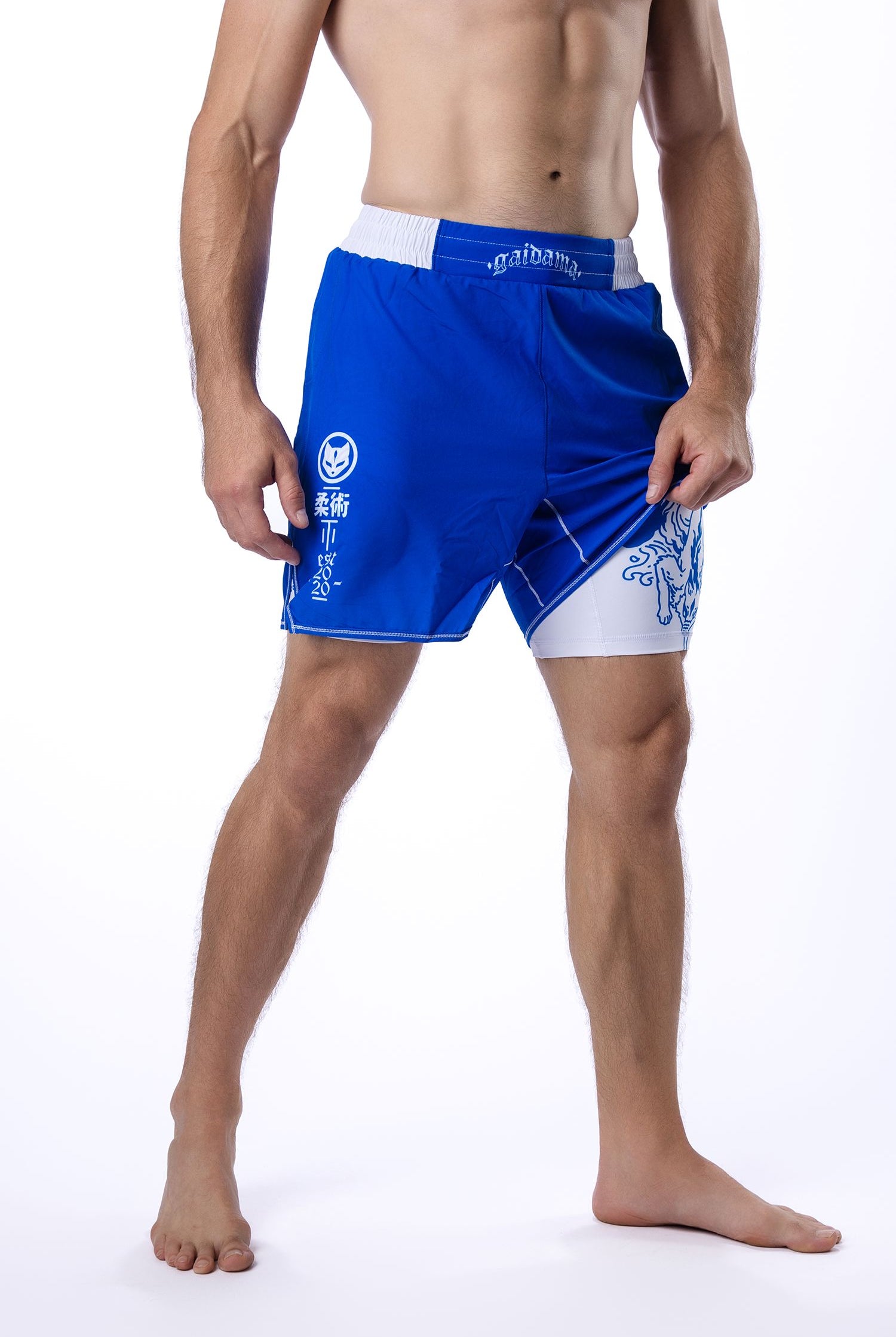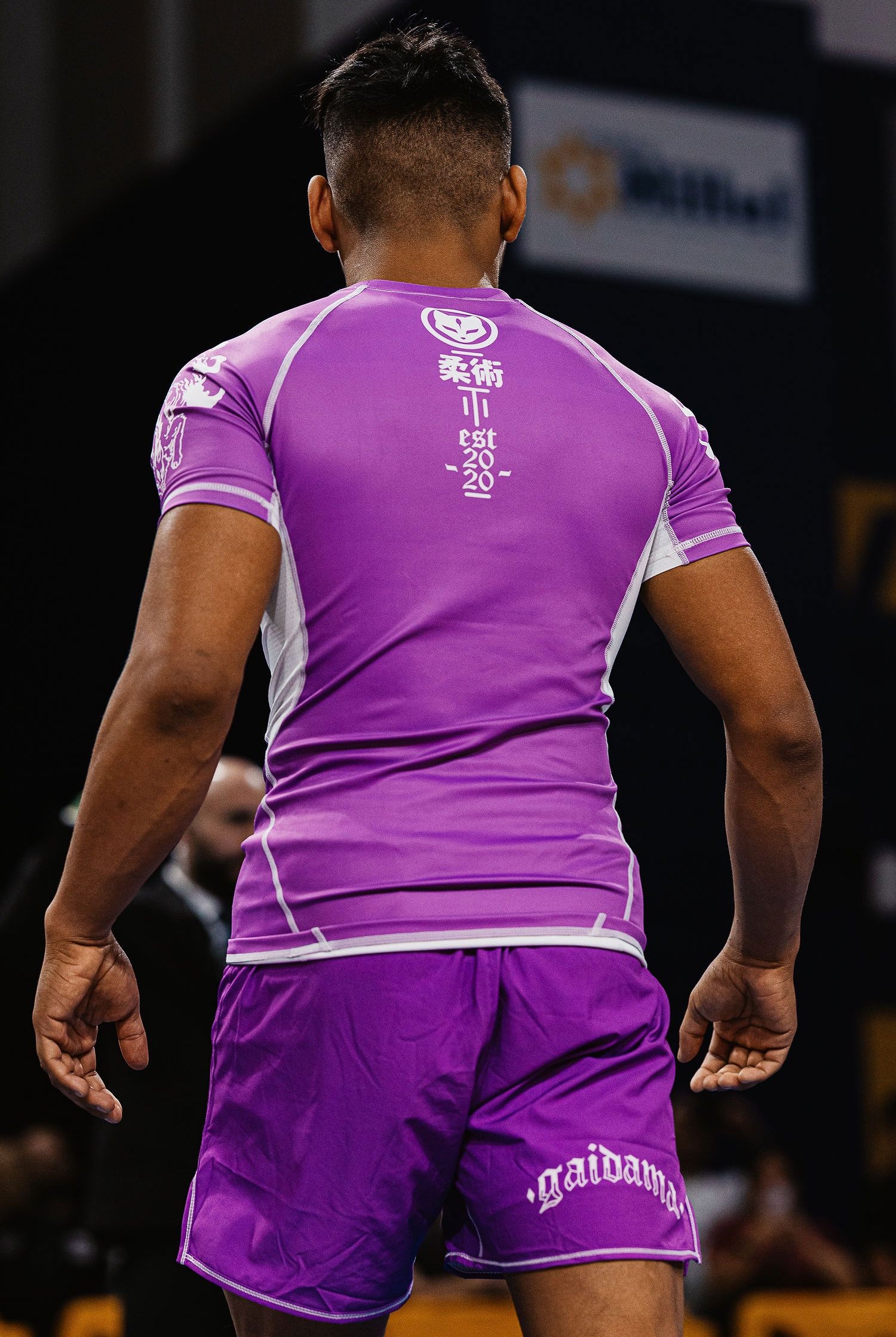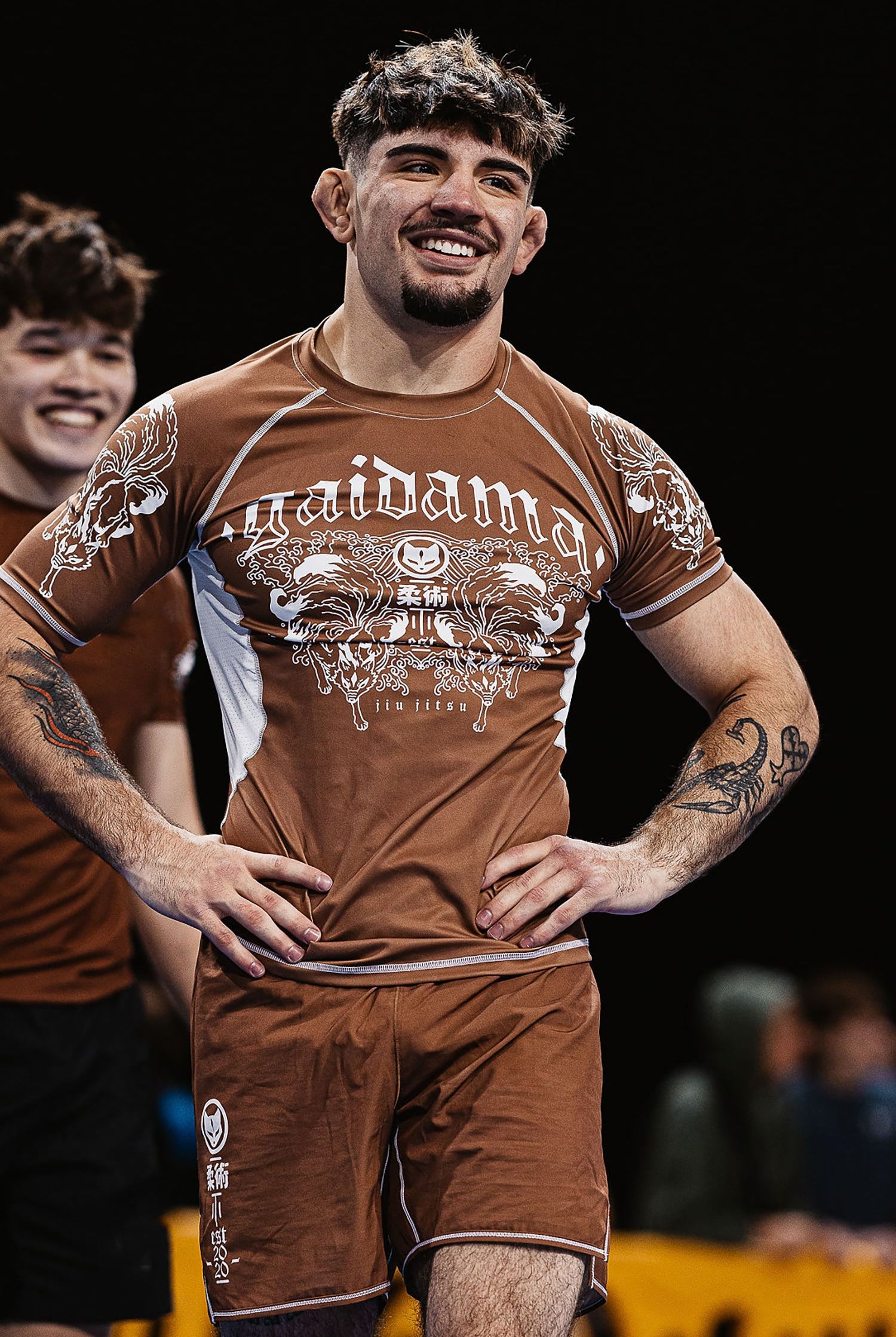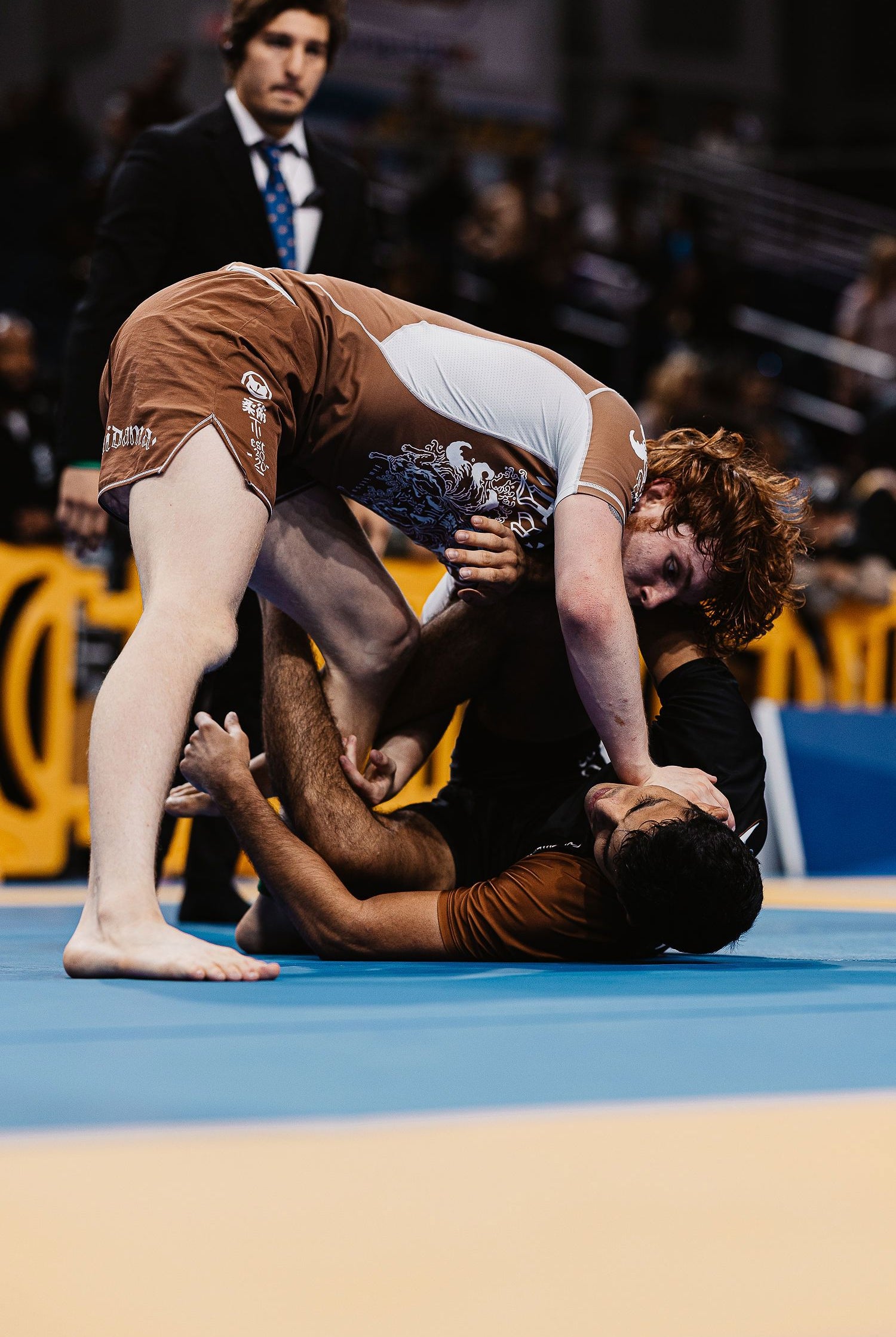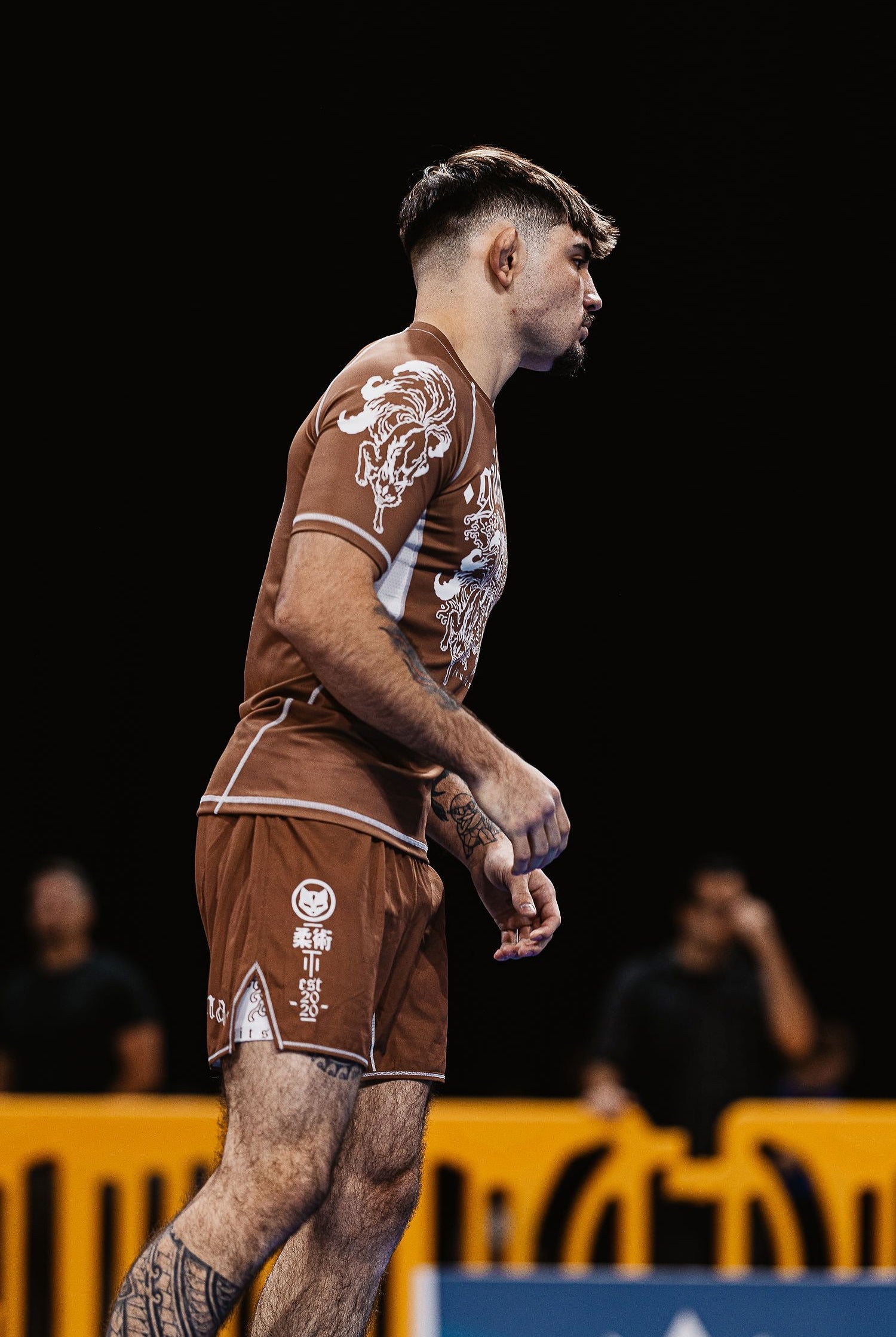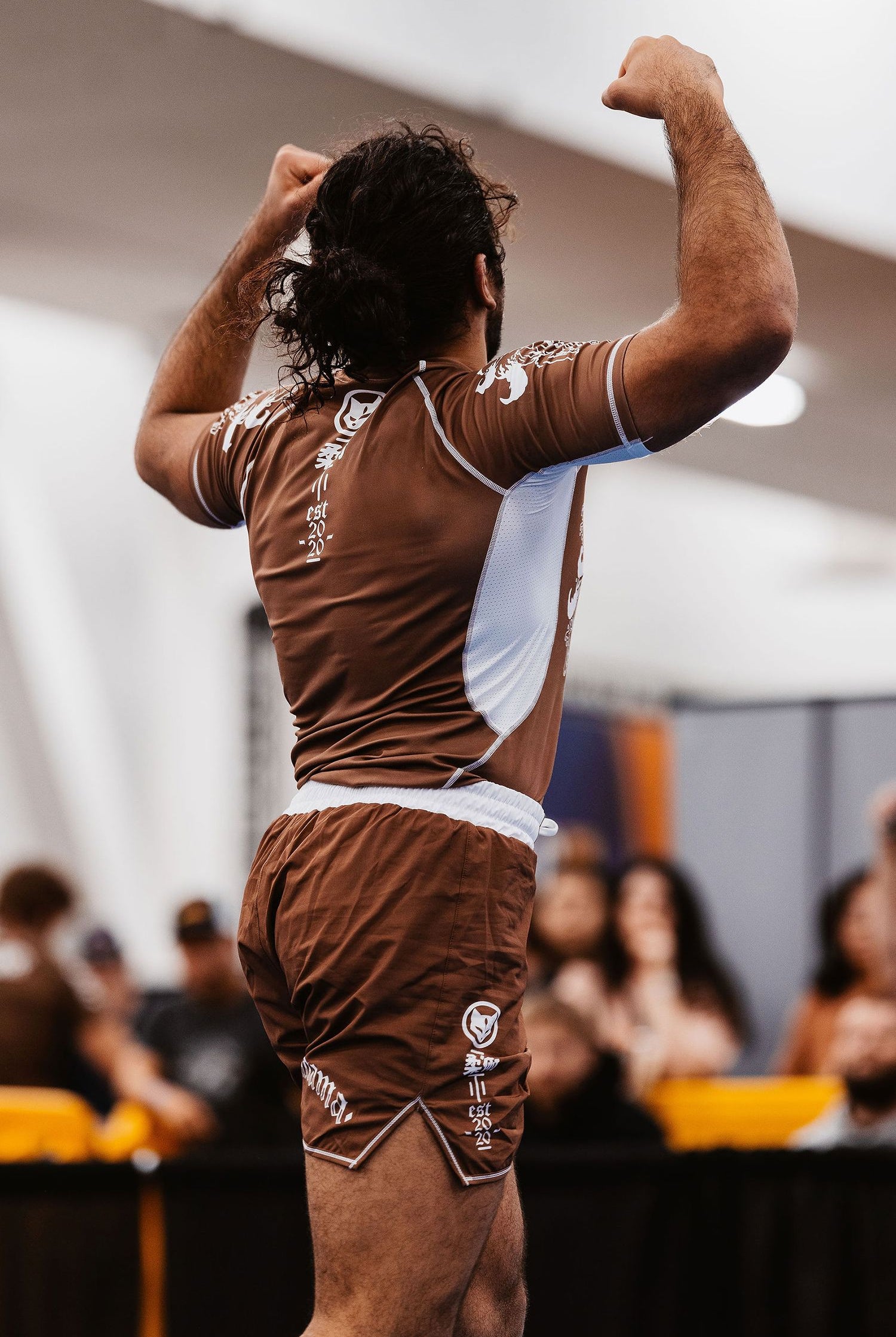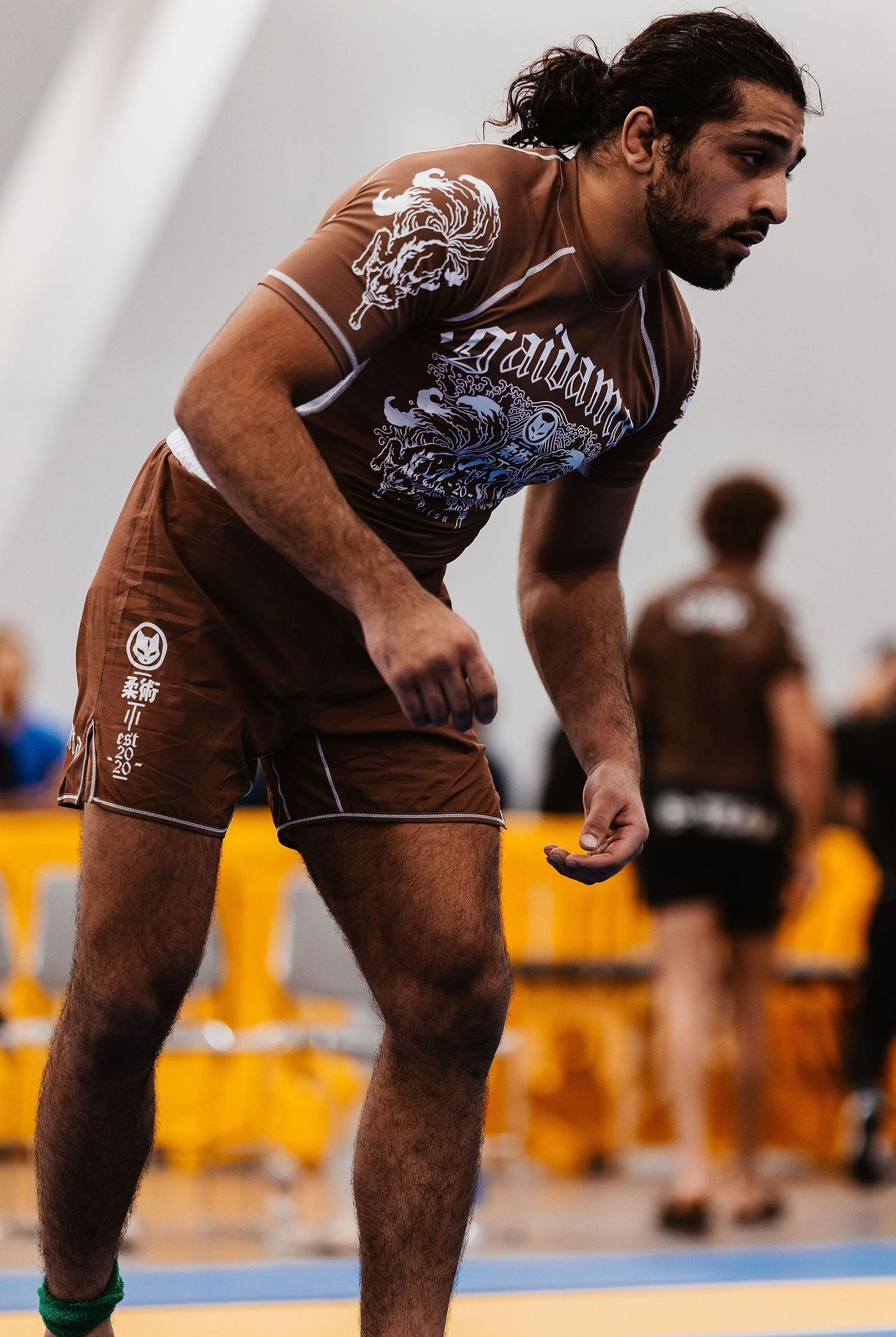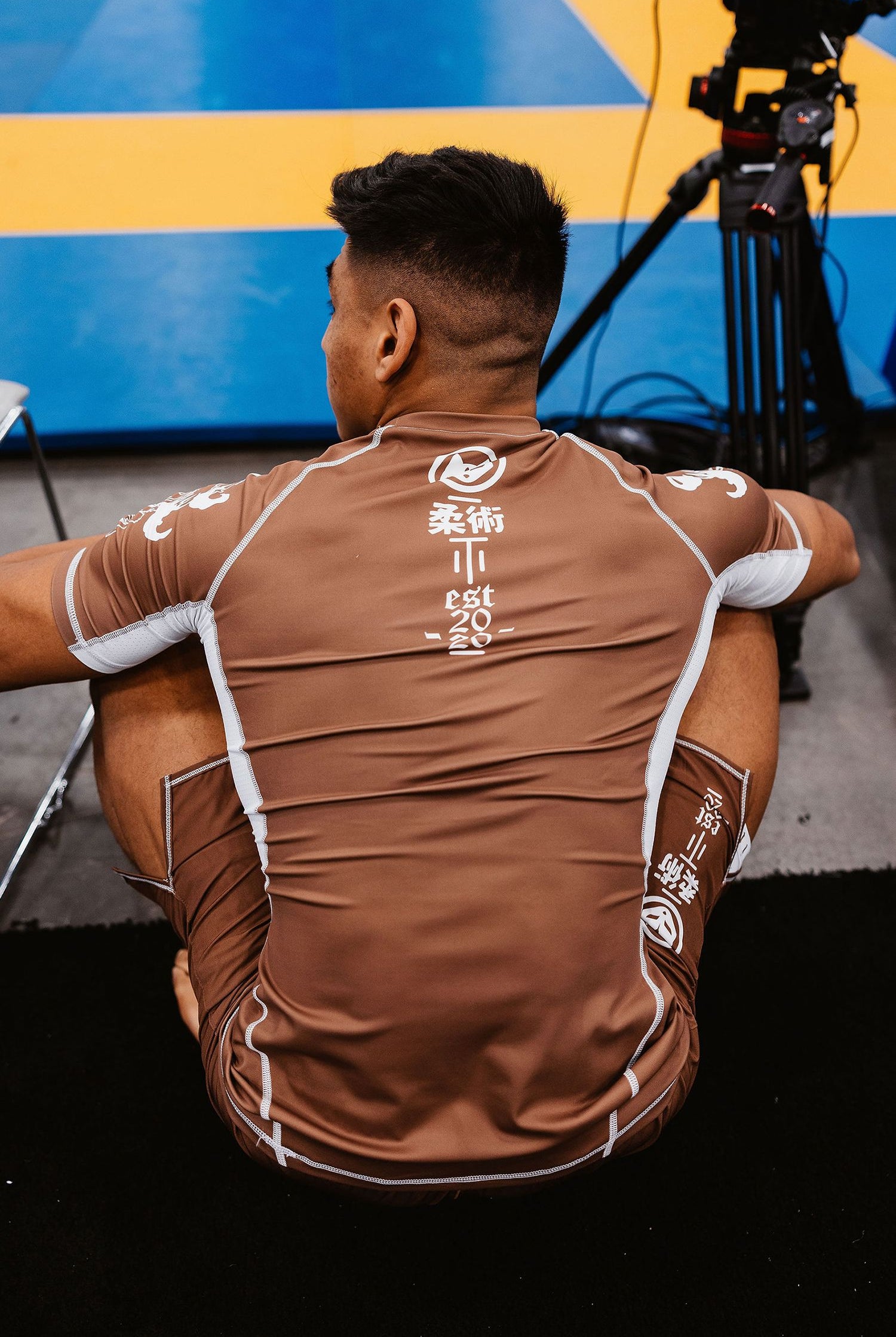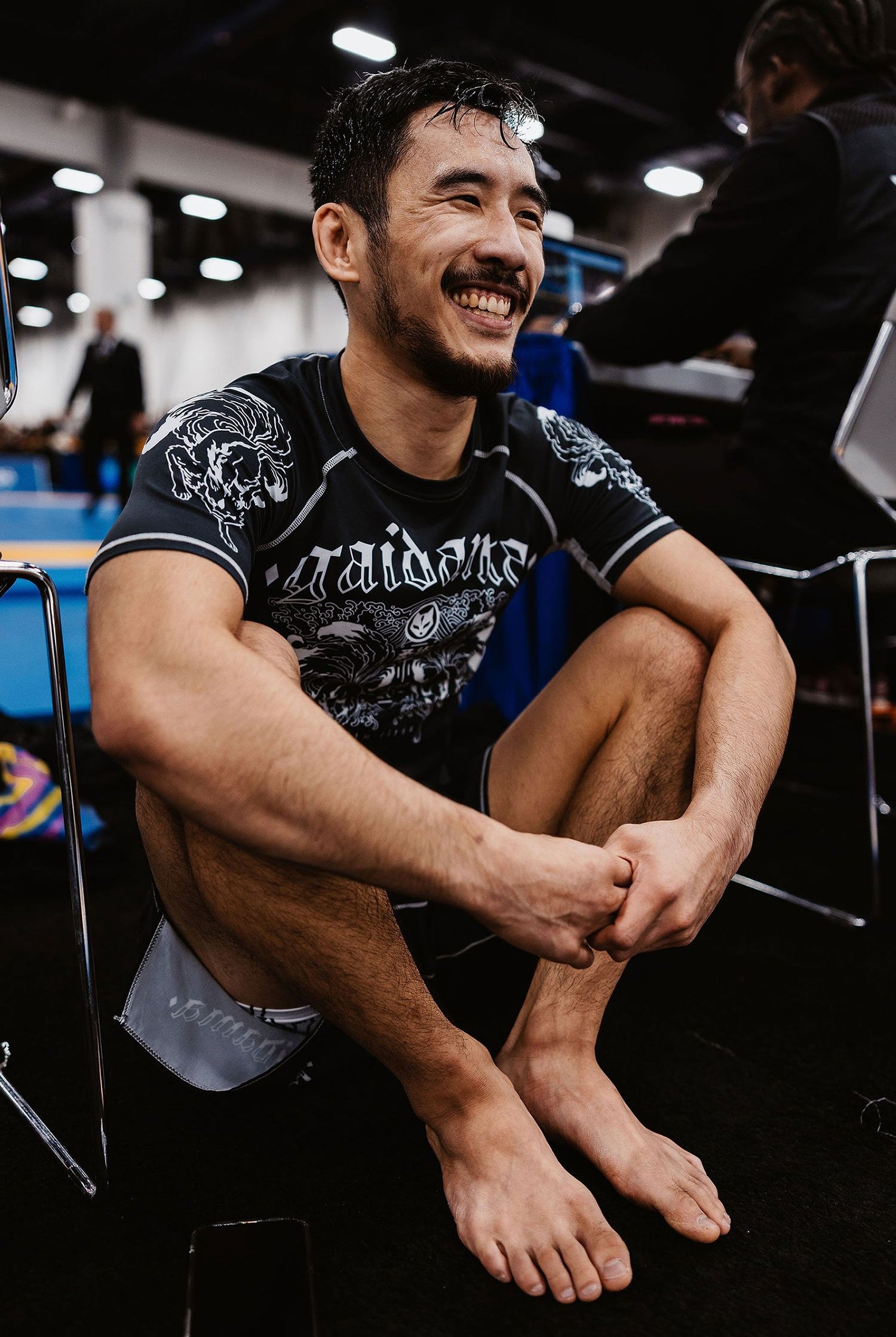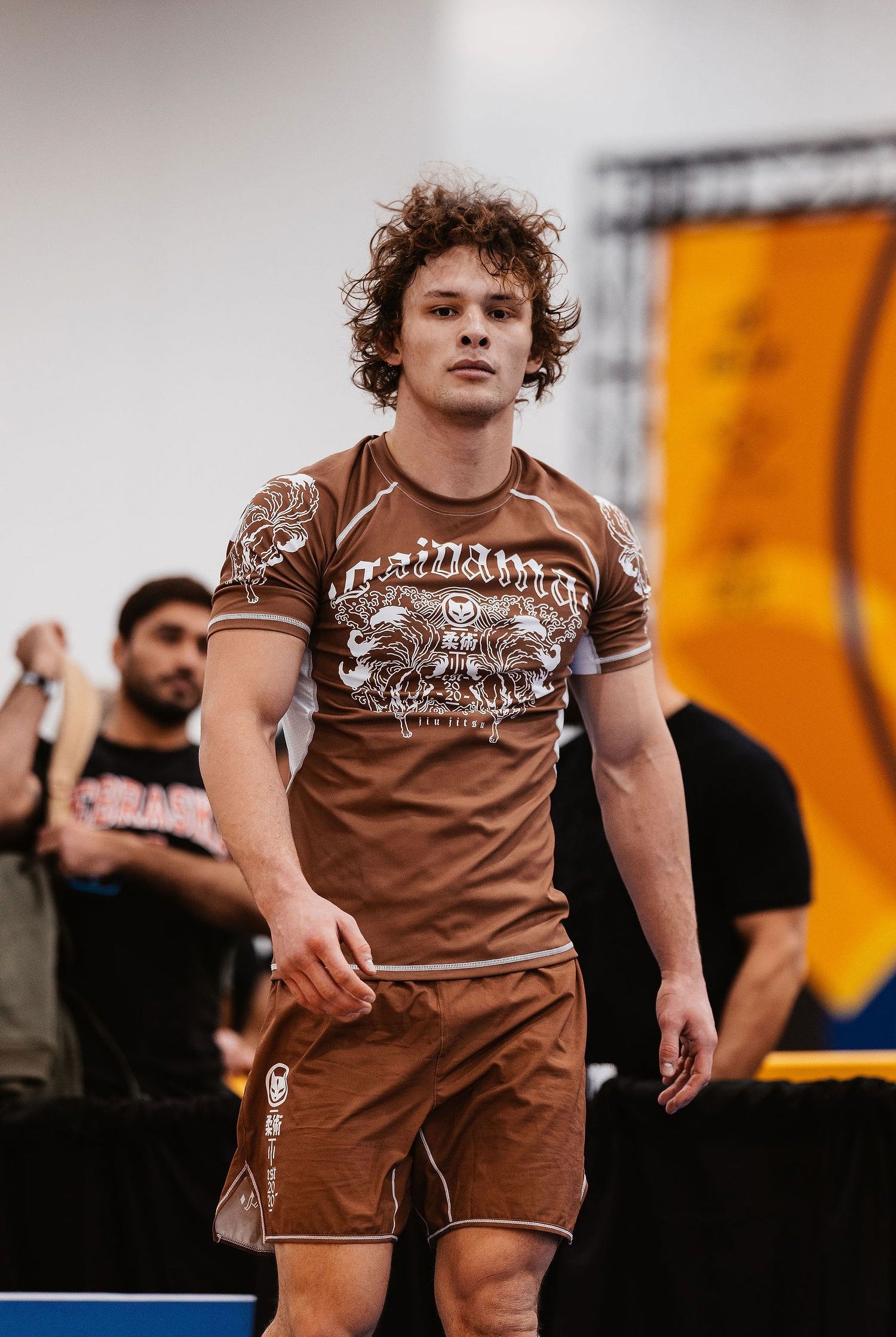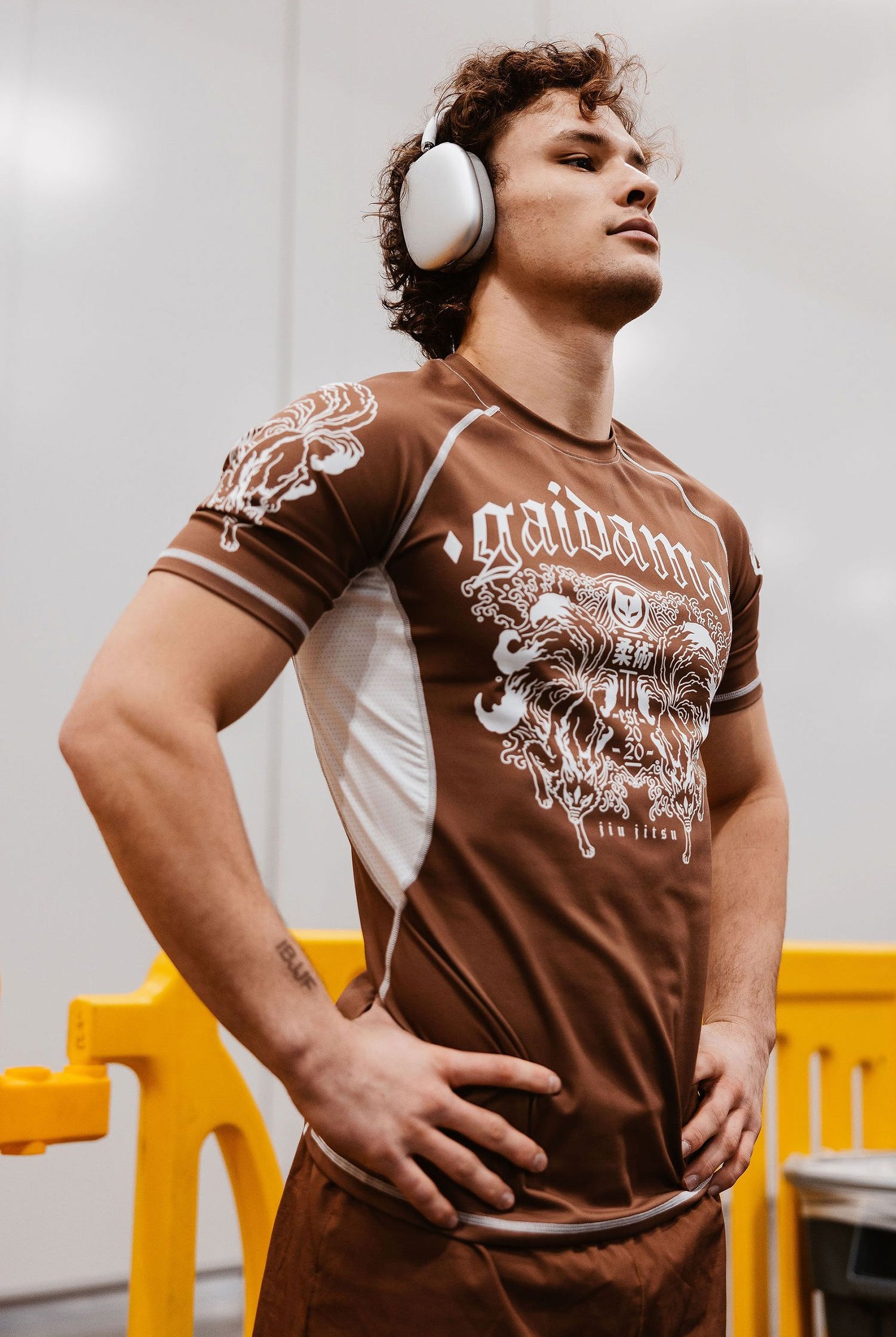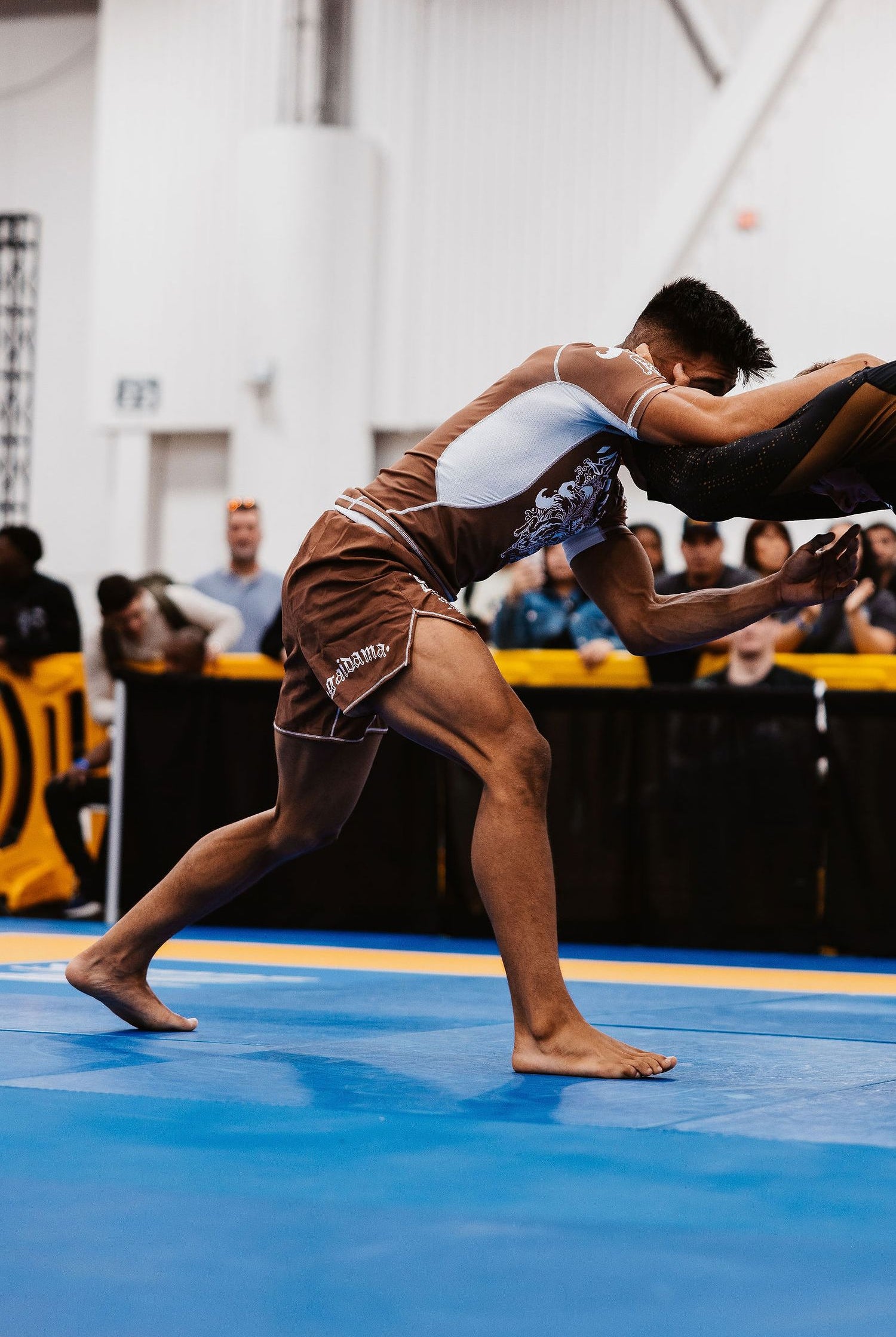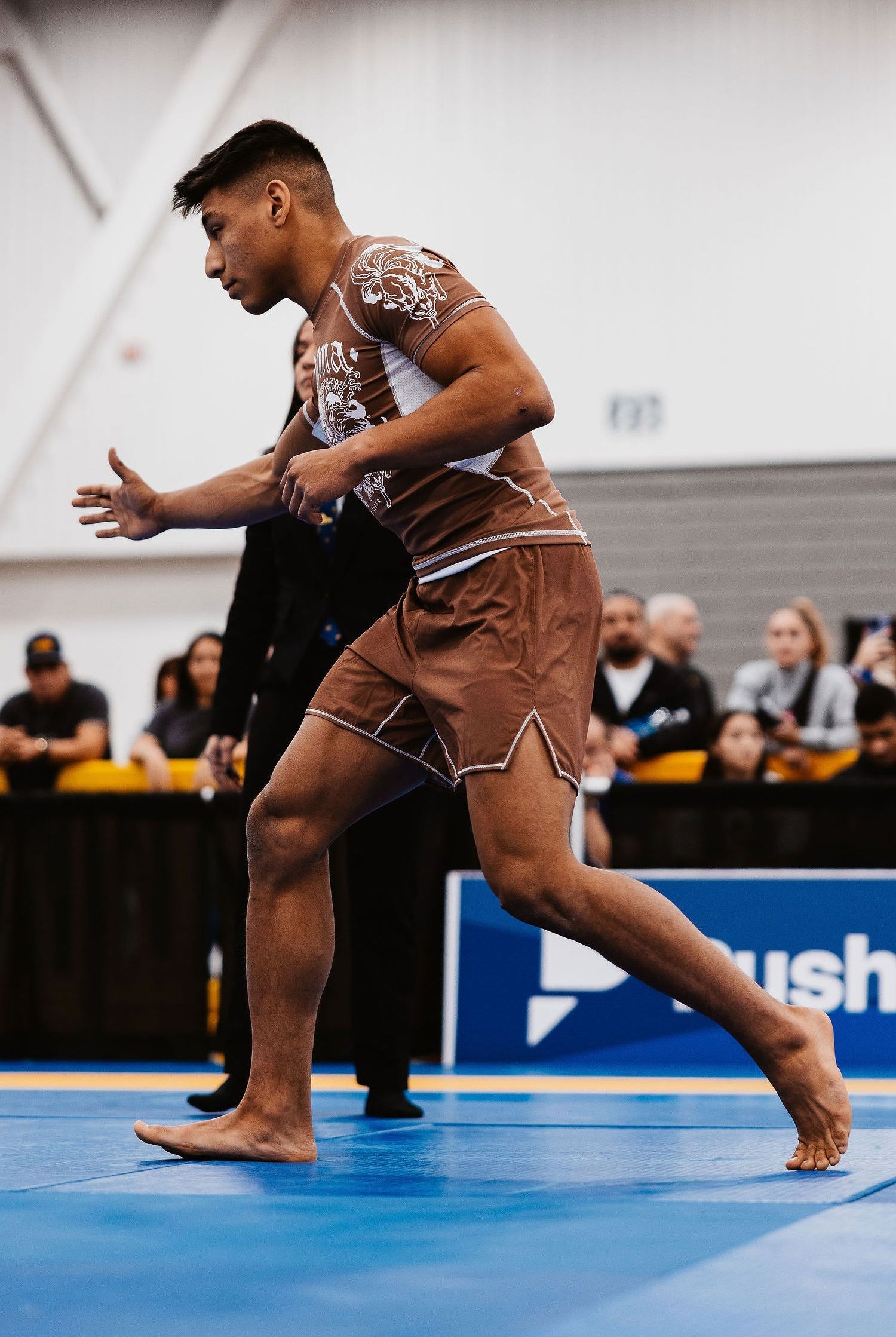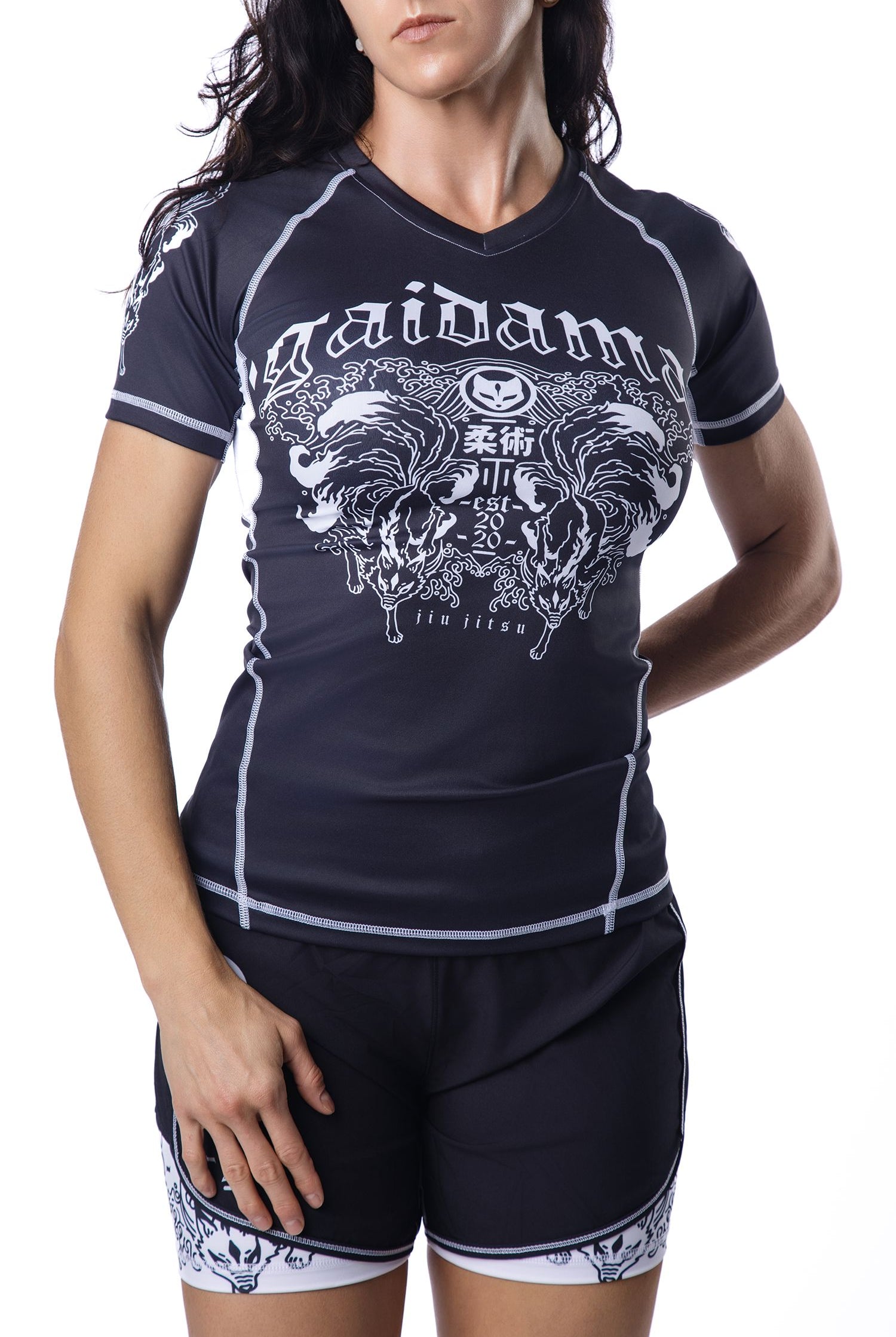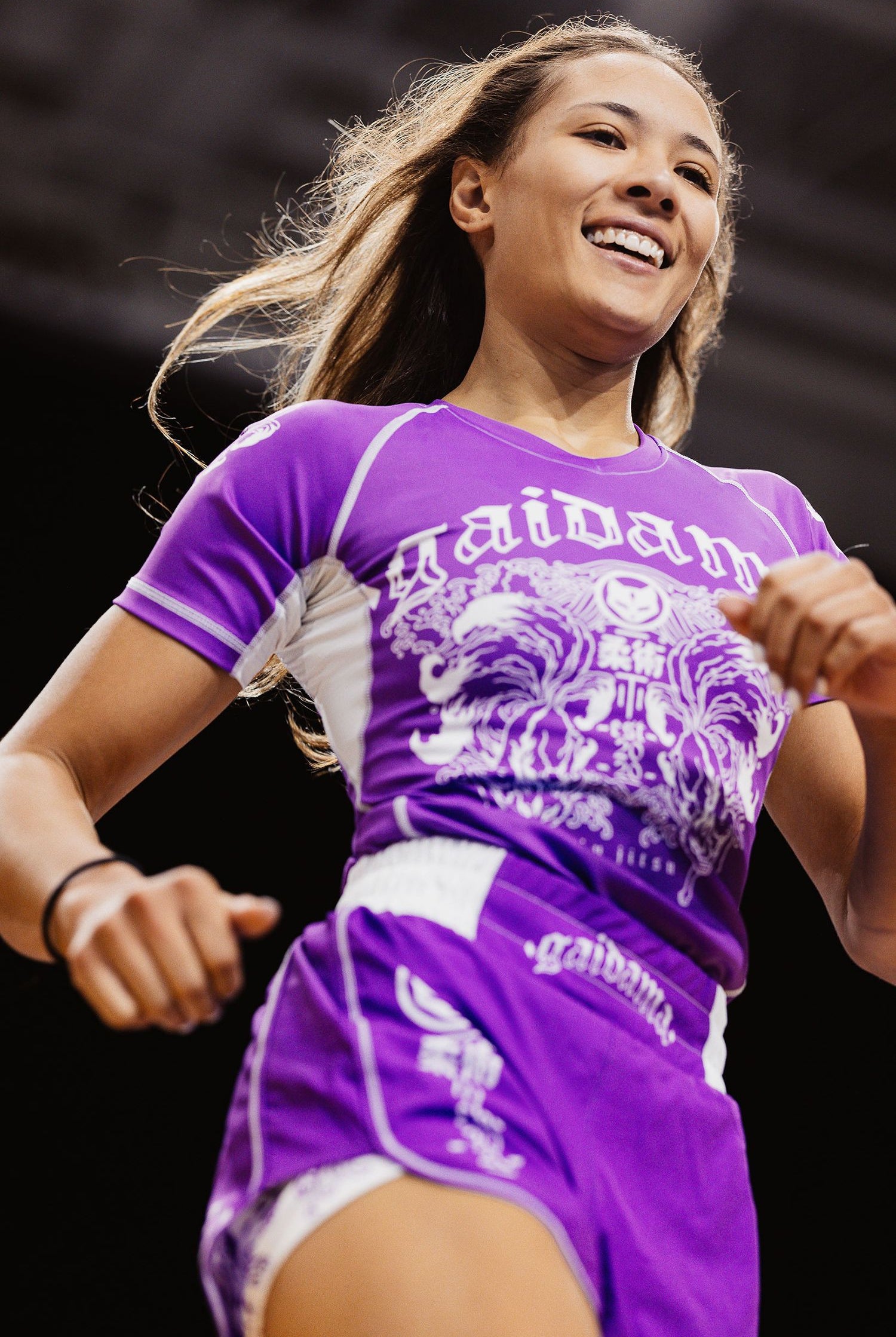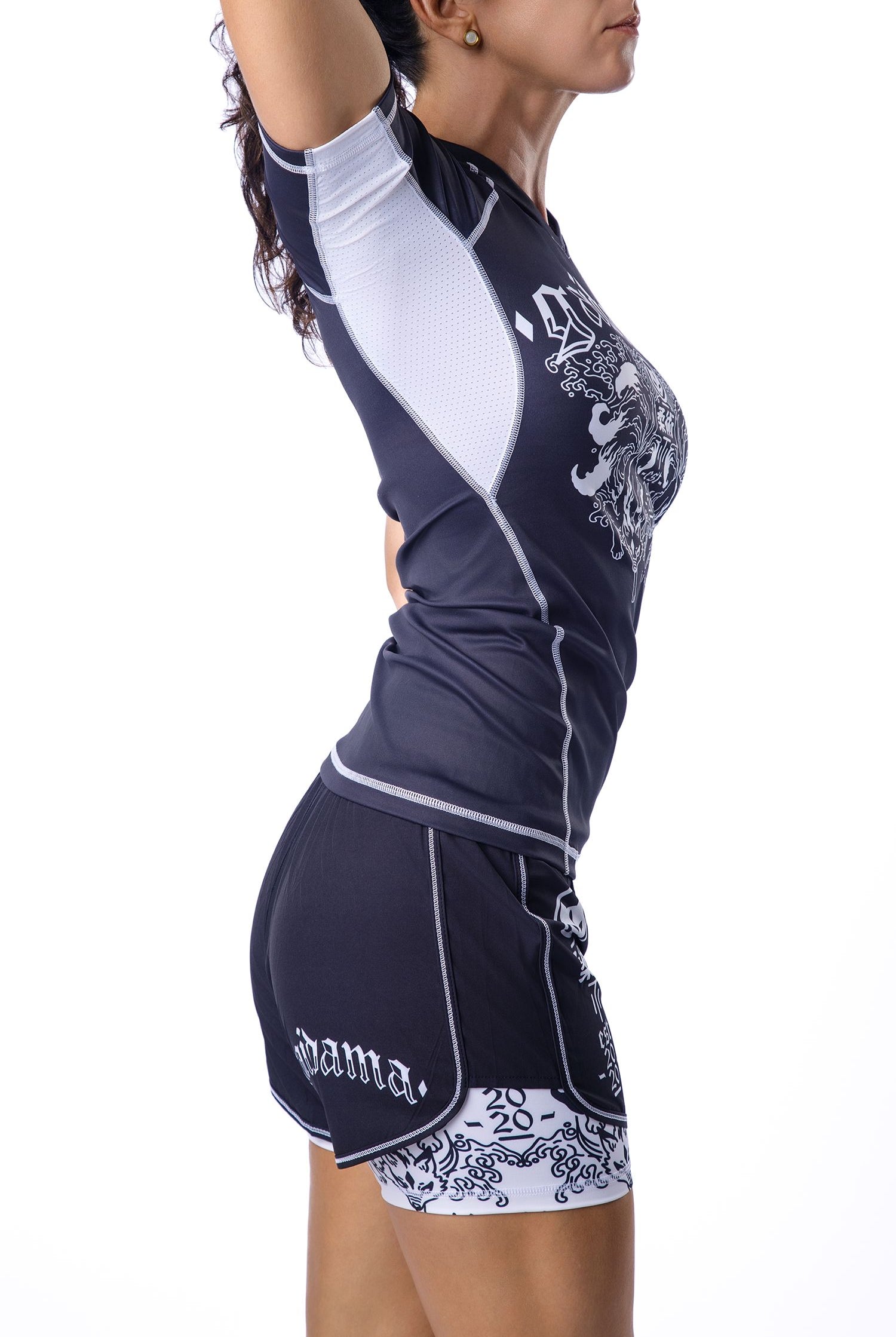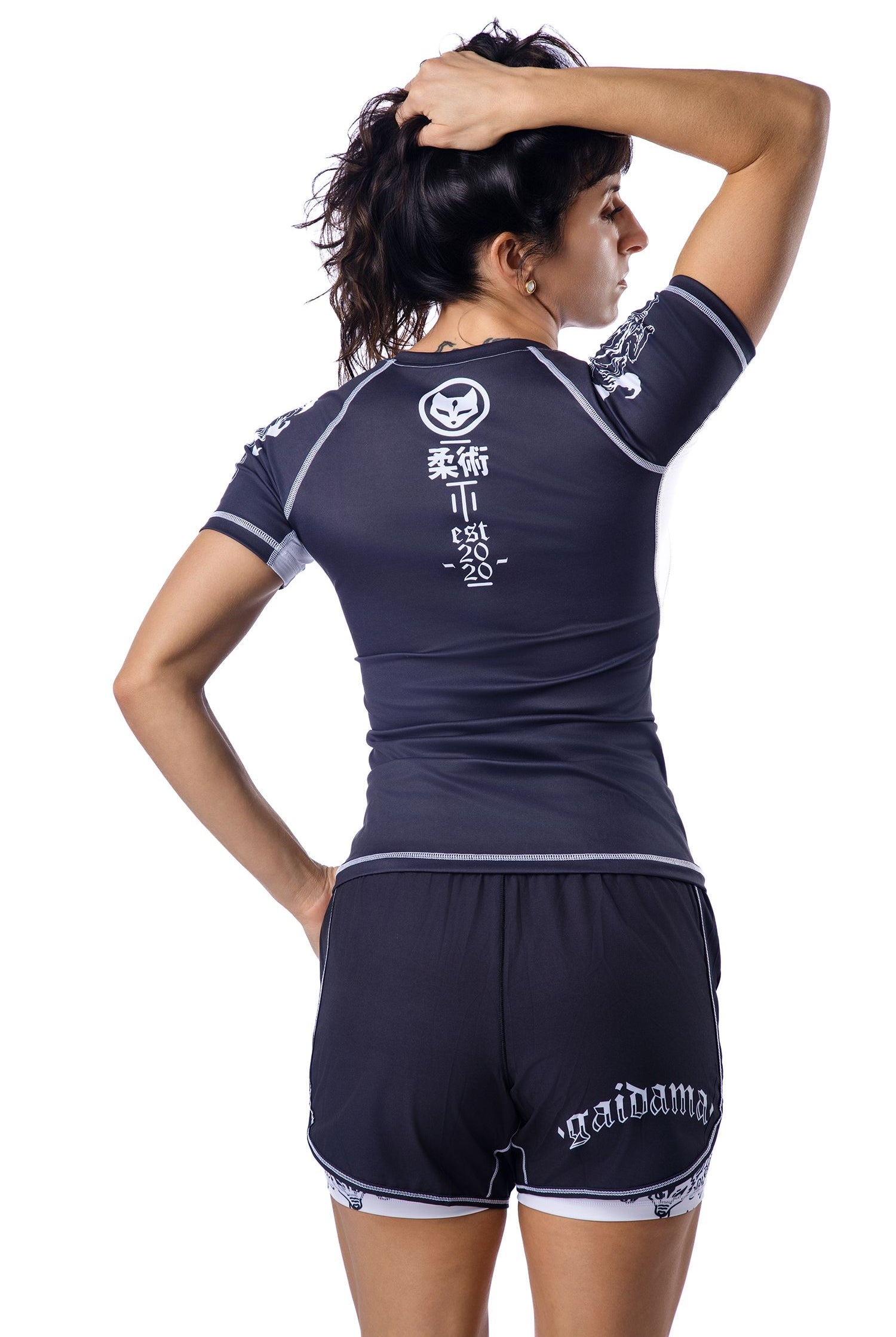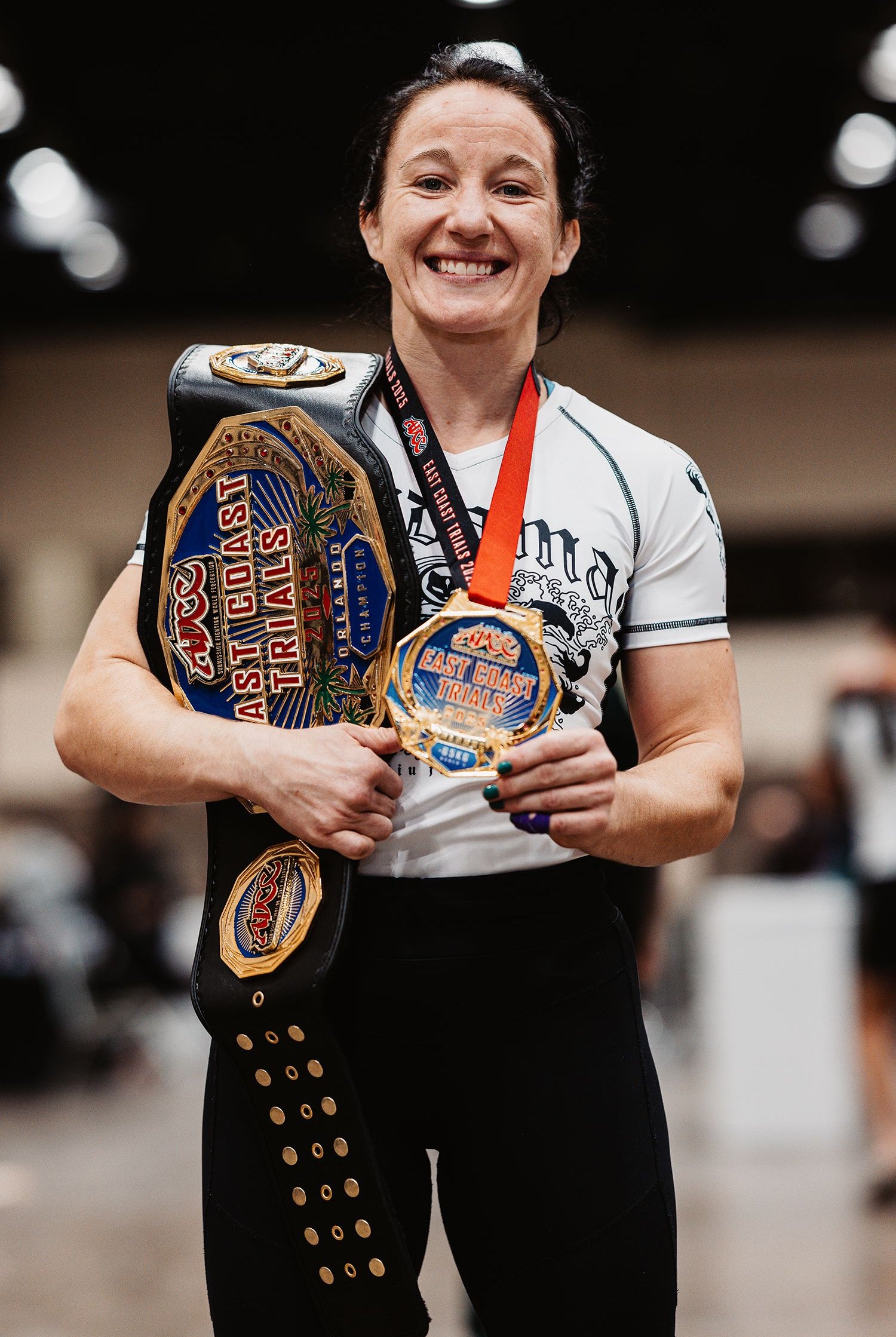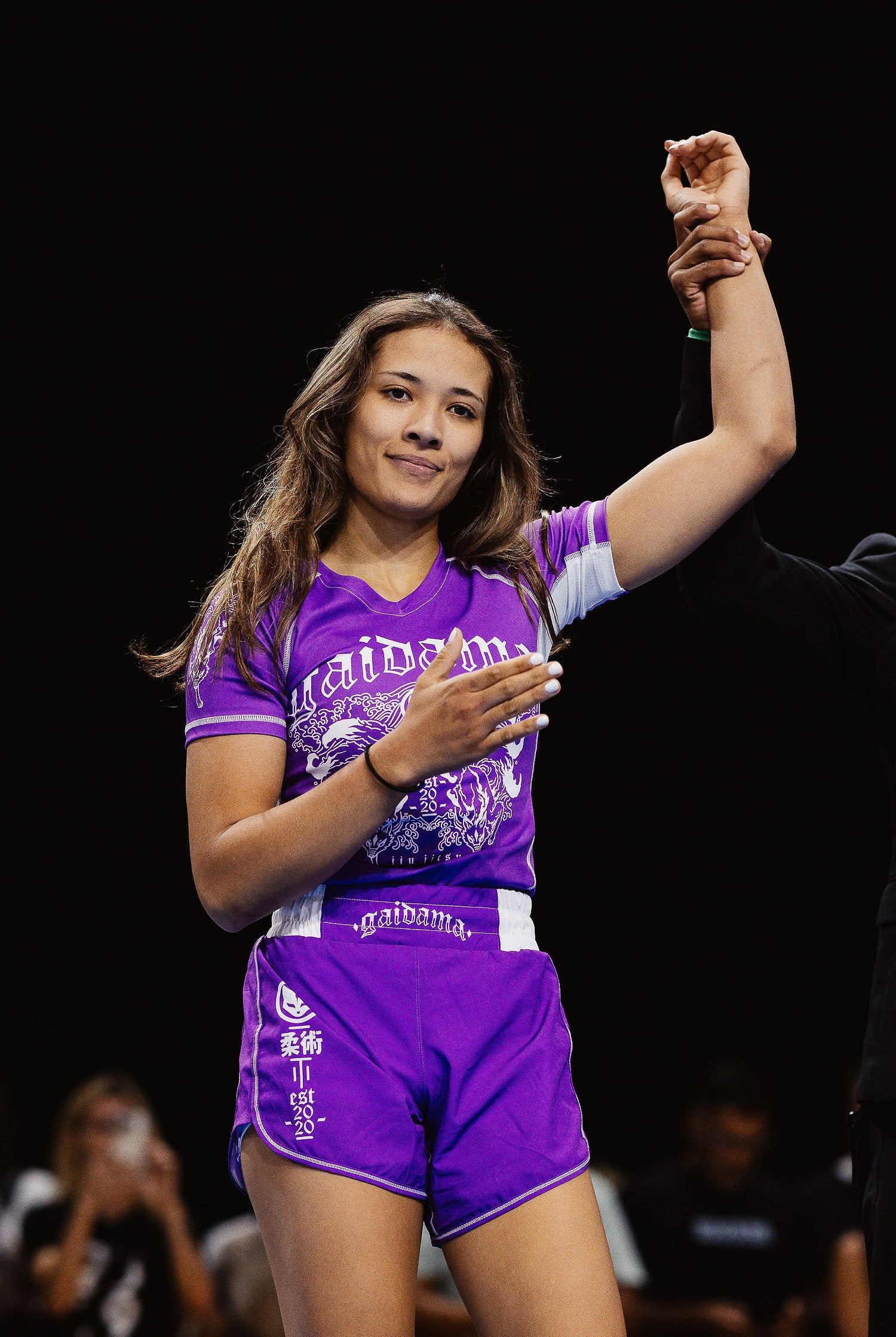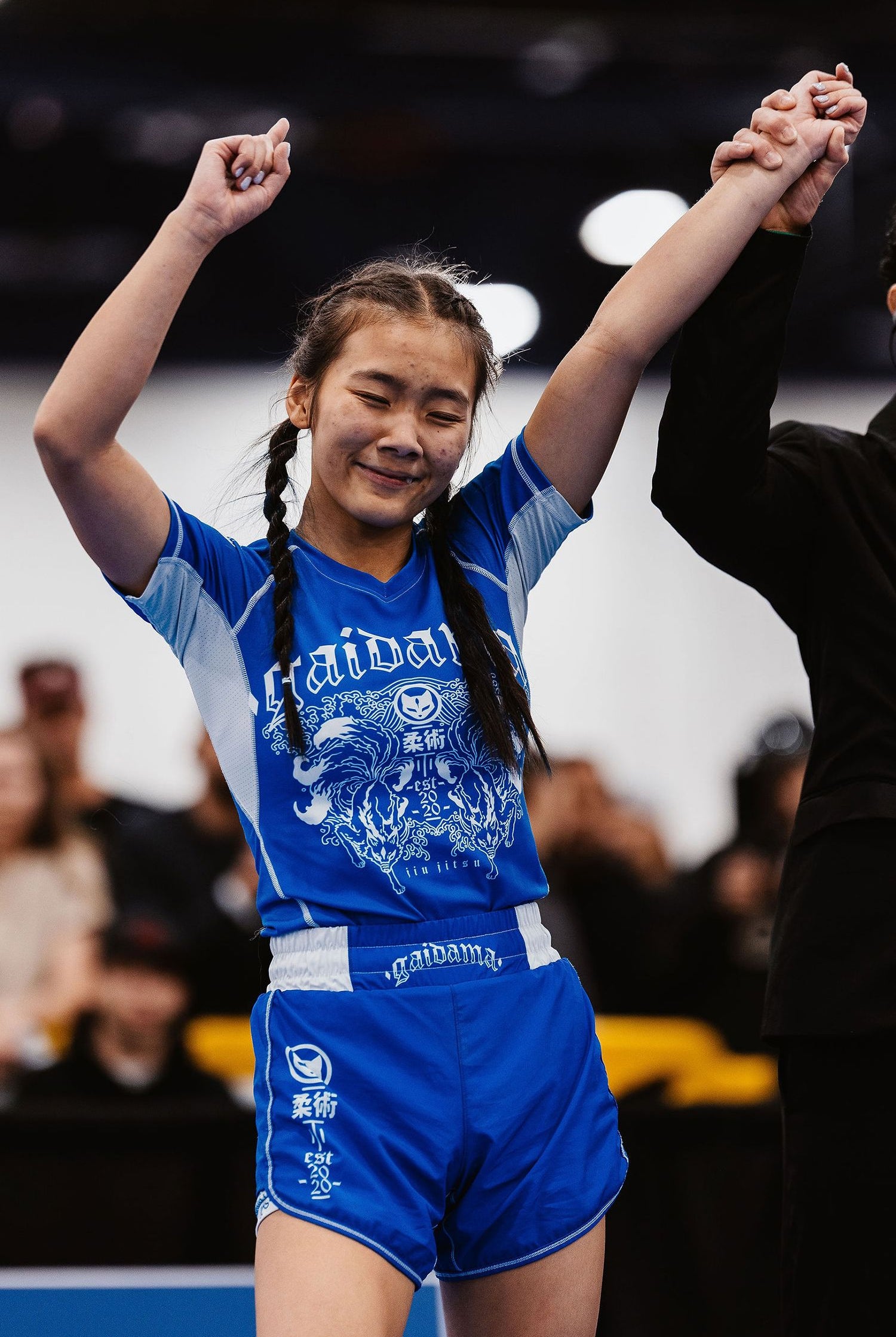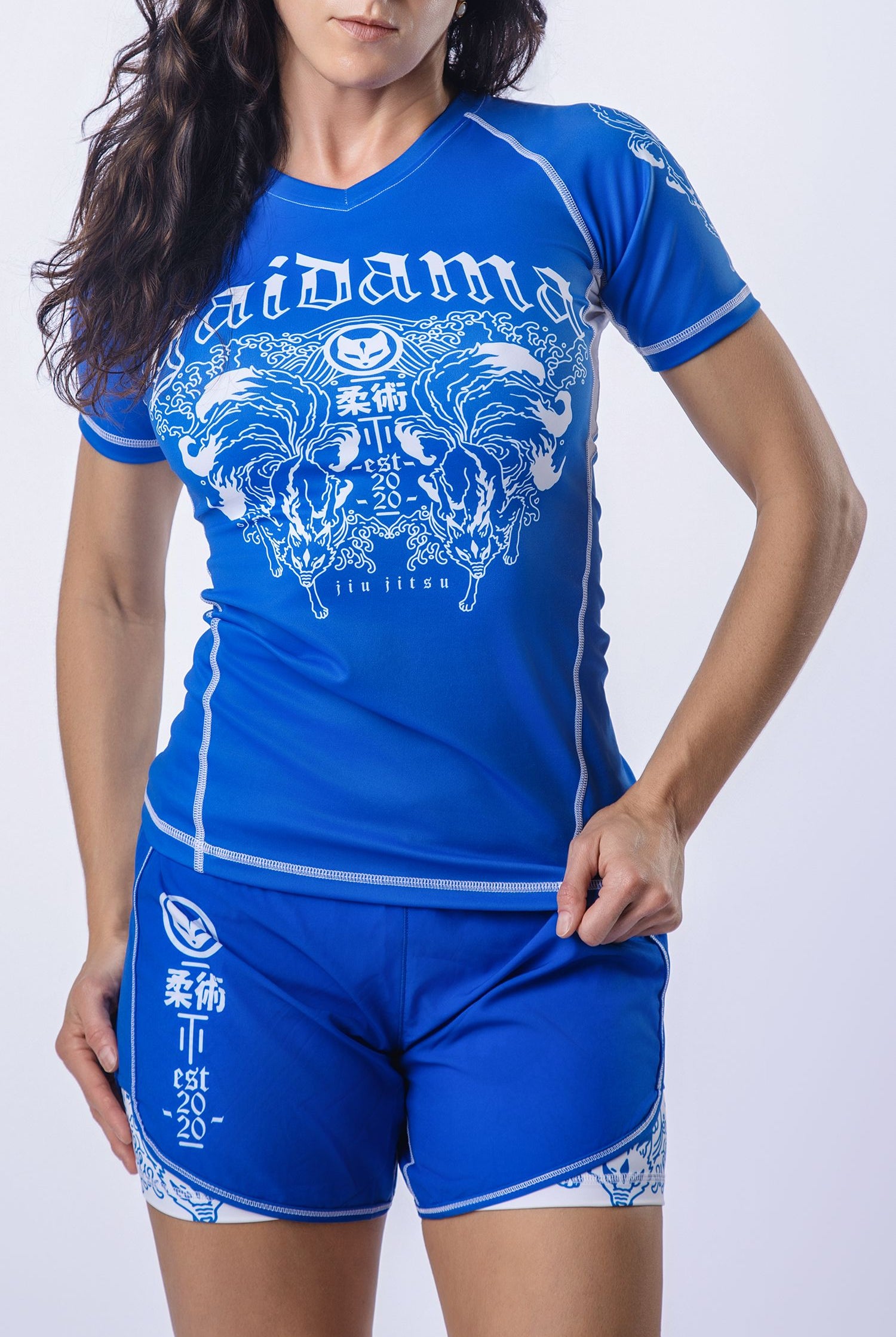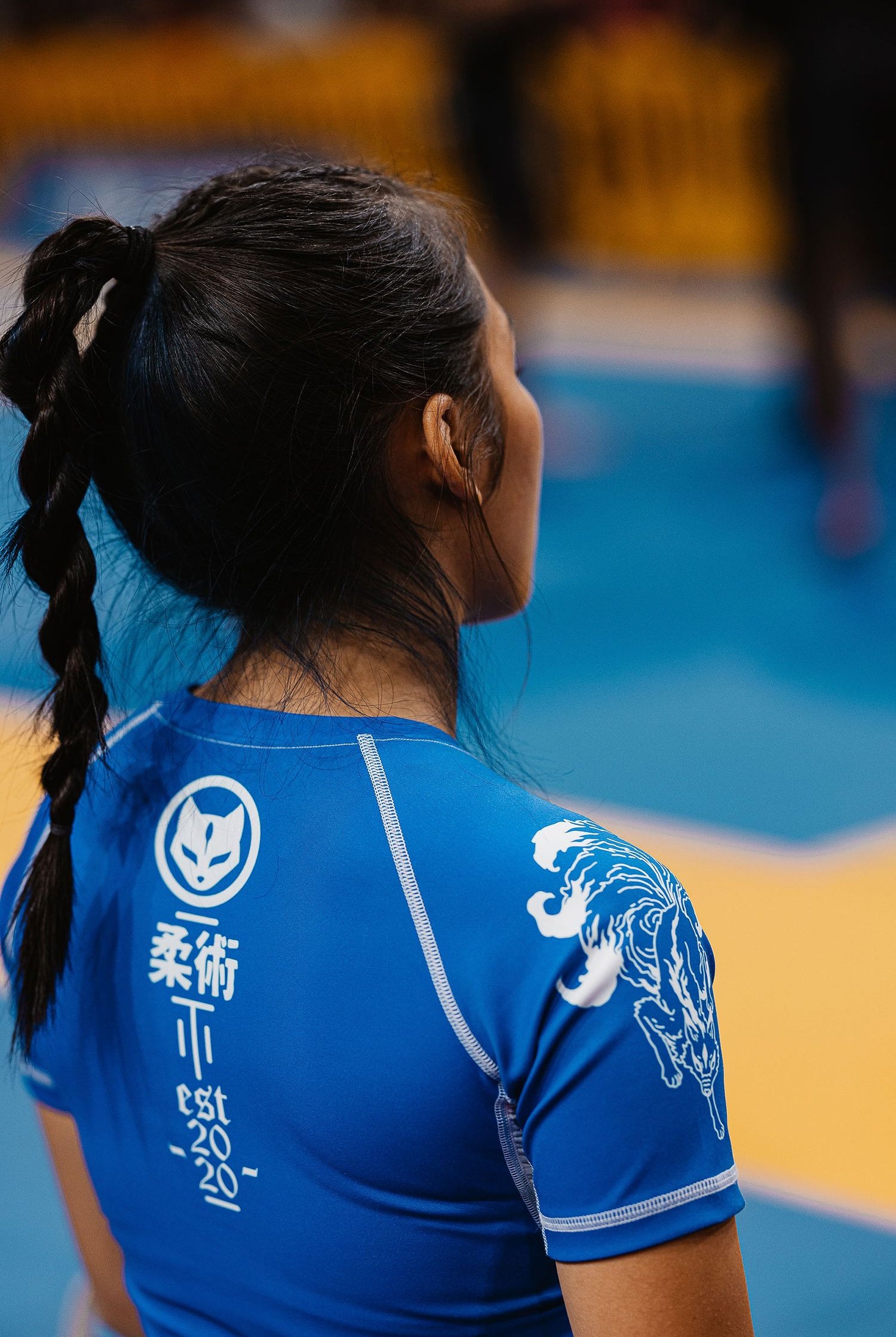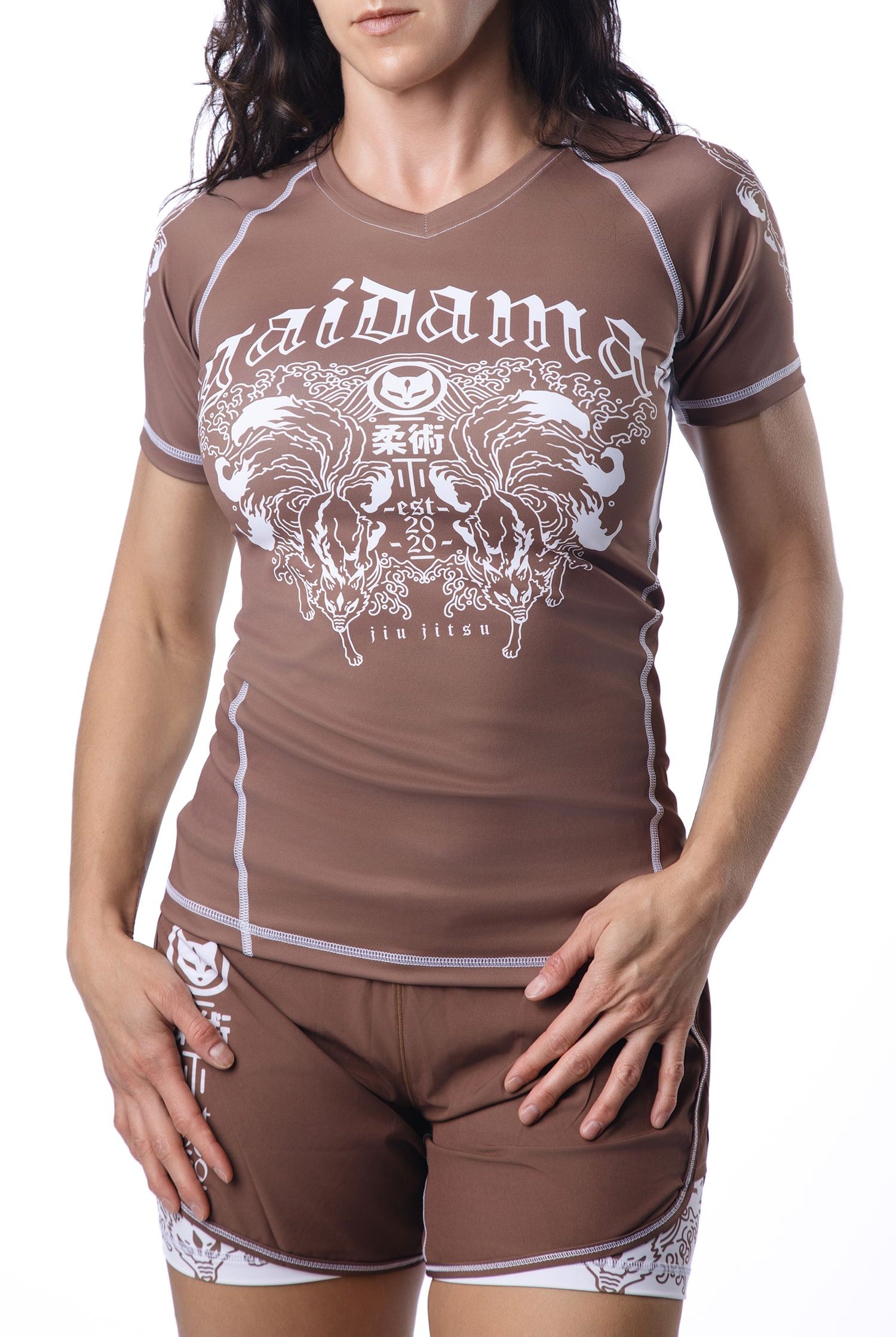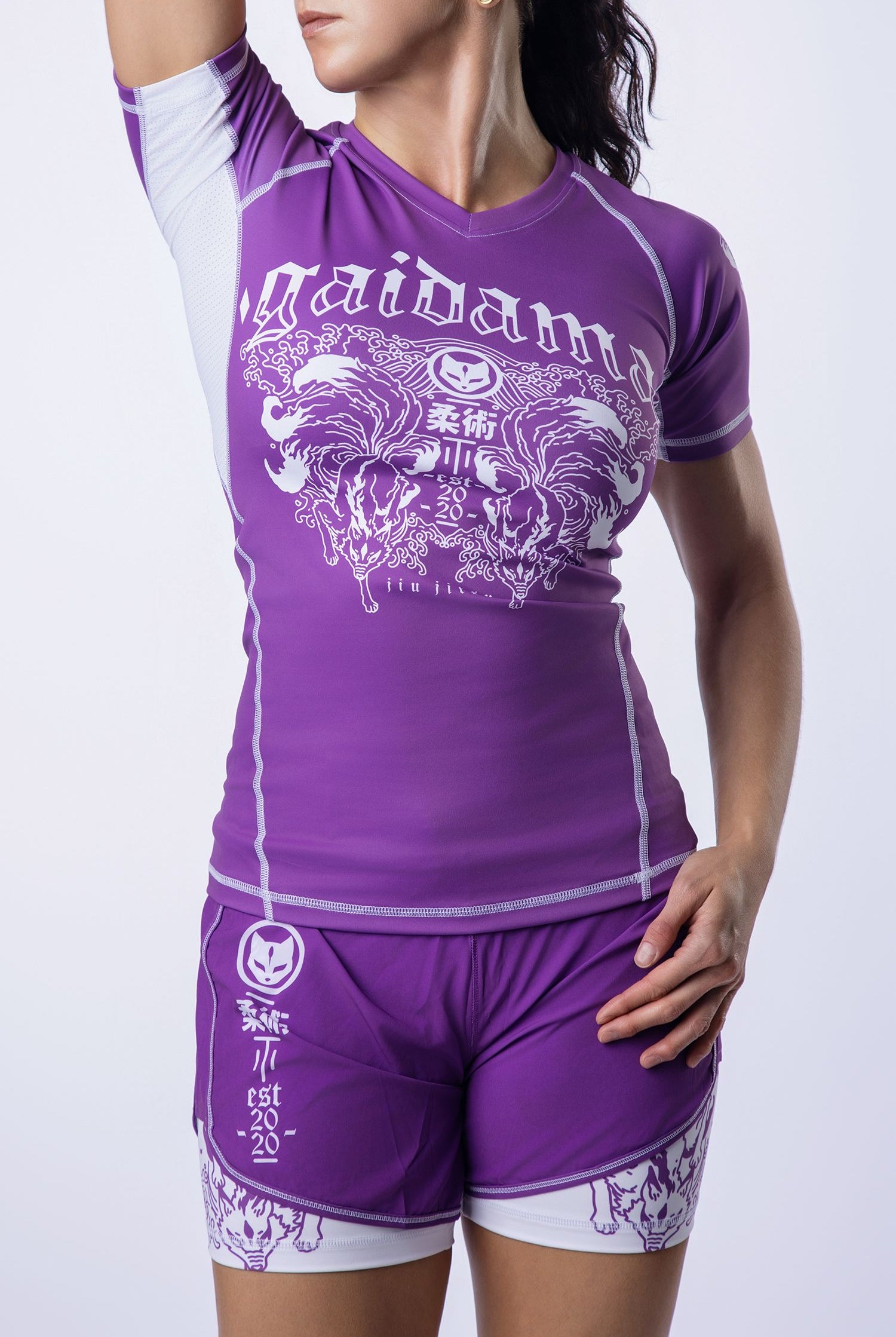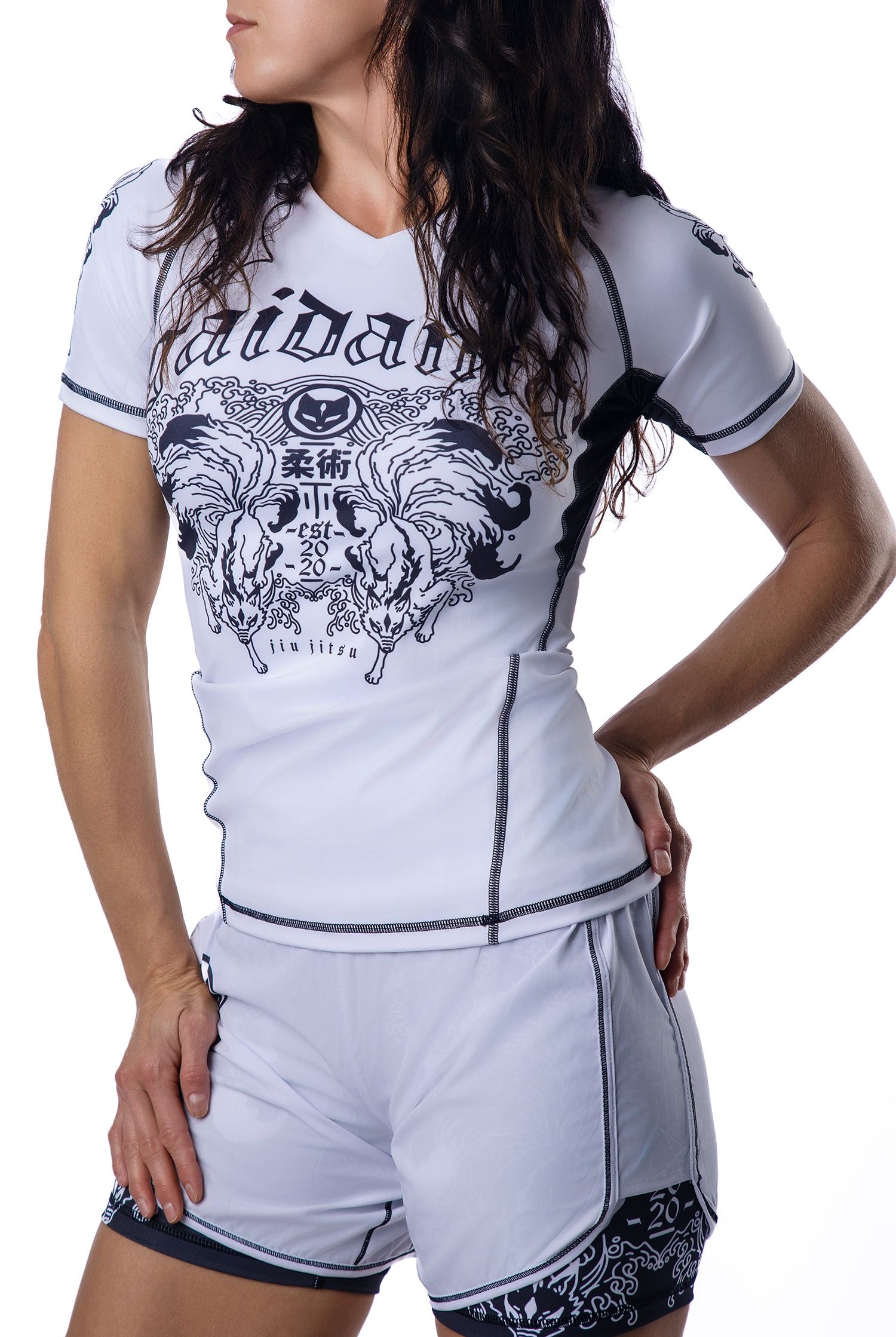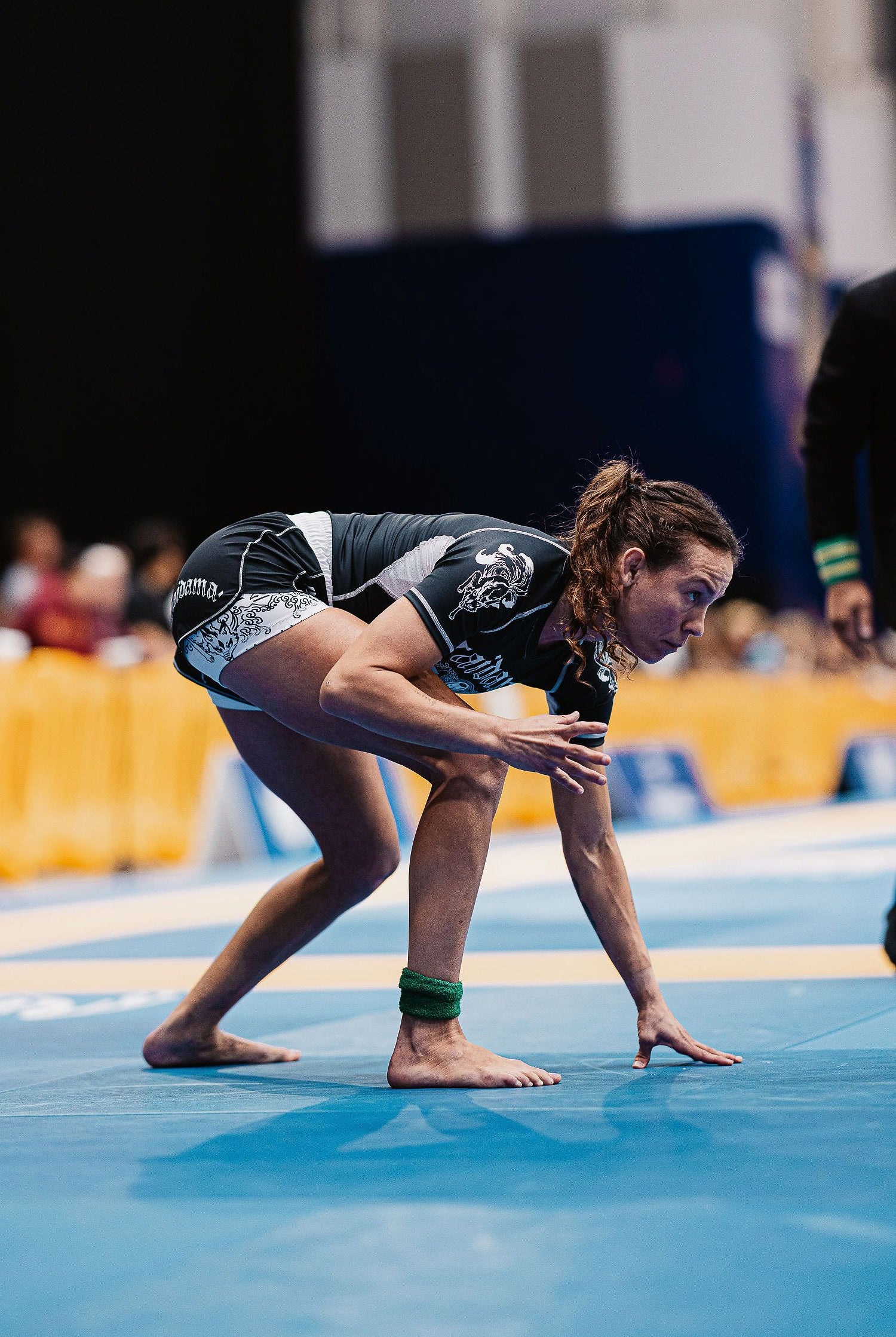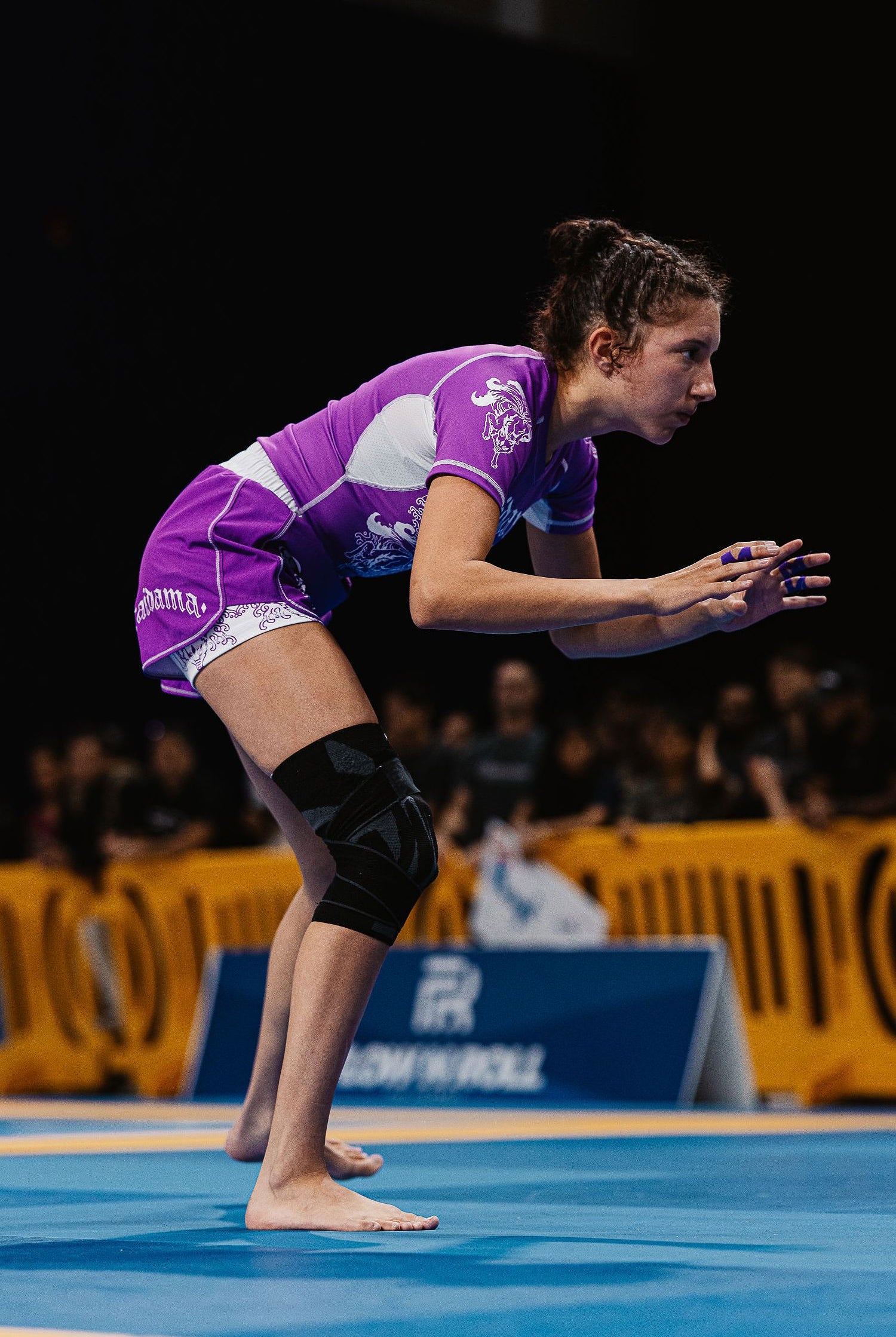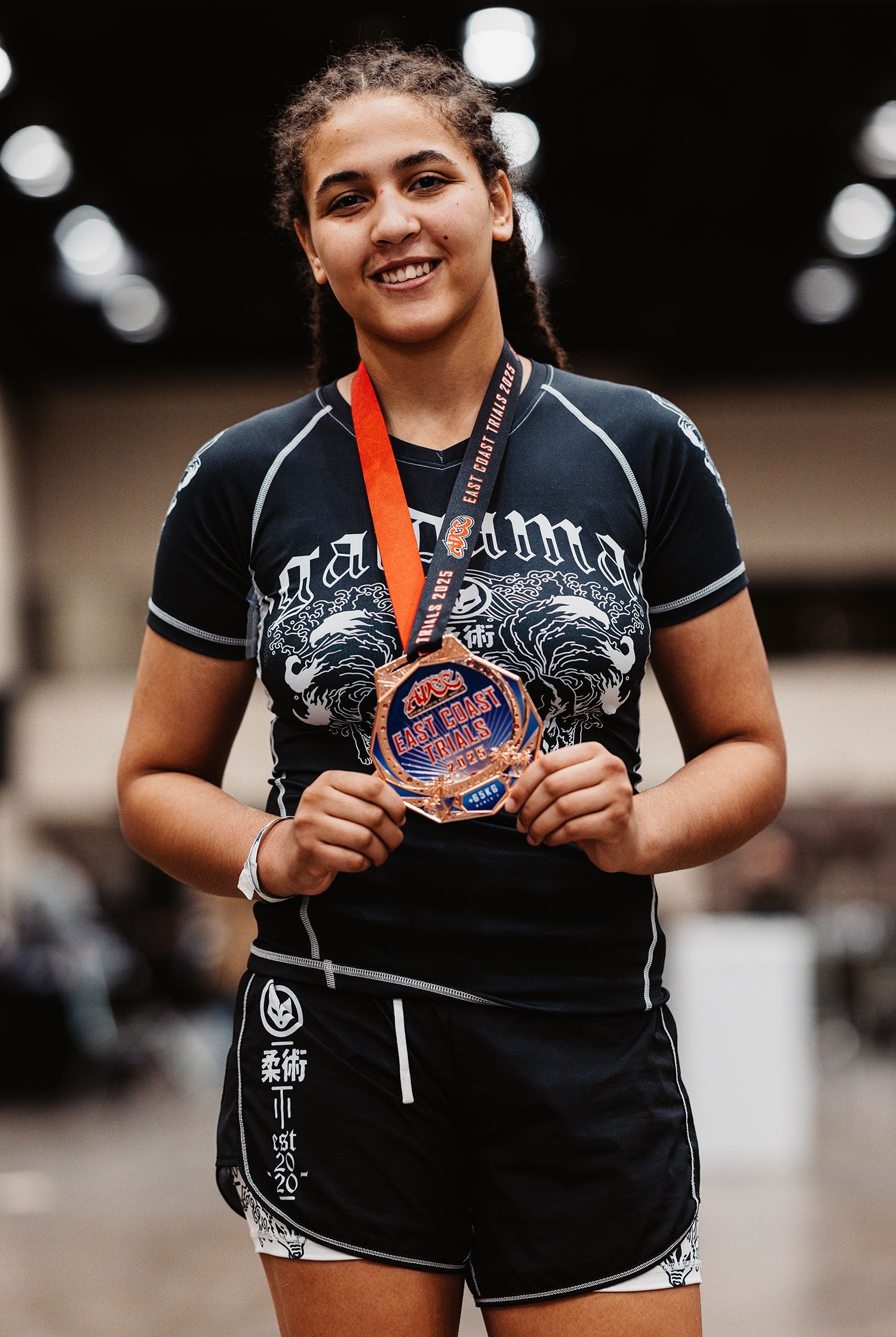So, you’ve started your jiu-jitsu journey. Maybe you walked into a jiu-jitsu gym near you, signed up for female jiu-jitsu classes, or a friend encouraged you to try it. Now, after stepping onto the mats, you probably have a few questions, such as:
Where do I start? How do I make sense of all this? What should I focus on first?
Jiu-jitsu can feel overwhelming at first, because there’s just so many moving parts, which makes it hard to narrow your focus in order to get better faster. This is why having a clear framework helps you build your skills intentionally – especially as a woman navigating a sport dominated by stronger and often heavier training partners.
The Reality of Being a Woman in BJJ
Women in BJJ face unique challenges due to biological differences in size, bone density, and muscle mass. These factors impact both competition and self-defense, making it essential that BJJ women develop efficient skills. Successful acquisition of these skills in jiu-jitsu from self defense and competition comes from mastering proper technique, body positioning, and the ability to apply both tactical and mechanical leverage – turning these perceived ‘disadvantages’ into strengths against any opponent, bigger or smaller.
If you're in a BJJ class full of mostly men, you might wonder:
-
Is training with men safe for me?
-
Will I be able to hold my own?
-
How can I make my jiu-jitsu work against stronger opponents?
The good news is the answer is an unrelenting, ‘YES’. How? By mastering the right foundational skills.
3 Essential Skills for Women in BJJ
Instead of trying to learn everything at once, focus on these three fundamental areas:
Defending - Framing, body positioning, guard retention, protecting vital areas, and redirecting force.
Escaping - Creating space, disengaging, or transitioning into a stronger position.
Re-Attacking - Once space is created, launching sweeps, counters, or submissions.
This progression mirrors real-life situations - whether in competition or self-defense. First, you protect yourself, then you create space, then you attack when the time is right. Let’s break down each skill individually:
 Defending - Your First Priority
Defending - Your First Priority
The first skill every woman should develop in Brazilian jiu-jitsu is defensive positioning, which is the ability to keep yourself safe through strong body mechanics.
Defending Key Concepts
Defensive posture & core engagement - Think of a hollow body position where your core is braced to absorb impact, your frames protect your head and ribs, and your chin stays tucked.
Guard retention - Maintaining closed guard and open guard leg pummeling with body positioning prevents an opponent from passing, controlling you, or striking in a self-defense situation.
Framing - Using your limbs as barriers to maintain distance and disrupt control. There are three main frames: the self-frame (backhand), mid-range and long frames
Balance disruption - Using your legs to create space and prevent opponents from advancing.
Why This Matters in Self-Defense & Competition:
-
Proper framing helps you block punches, defend chokes, and avoid being pinned down.
-
Guard retention skills keep you safe on bottom while allowing you to set up sweeps, submissions, or escapes.
-
Posture and framing allow you to redirect force rather than relying on strength.
 Escaping - Get Yourself to Safety
Escaping - Get Yourself to Safety
An escape neutralizes an attack before damage happens. Sometimes this means fully disengaging and getting away, and other times, it means escaping into a stronger position to re-attack.
Key Body Movements for Escaping
Escaping begins with strong defense - every concept in defending directly overlaps into escaping.
Technical Stand-Up - The most important movement for disengaging safely and regaining control.
Bridging & Shrimping - Creating space from the bottom to recover guard or stand up.
Circling & Redirecting - Escaping by using angles and movement, rather than fighting strength with strength.
Why This Matters in Self-Defense & Competition:
-
A strong technical stand-up helps you get off the ground and out of danger if attacked.
-
Bridging and shrimping allow you to escape dominant positions like mount or side control.
-
Being able to redirect force instead of resisting it is key for smaller grapplers.
 Re-Attacking - Go on the Offensive
Re-Attacking - Go on the Offensive
Once you’ve created space, it’s time to turn the tables and attack - don’t skip this step! You’ve probably heard the saying, ‘the best defense is a great offense,’ and there’s truth to that. So, what’s the best way for women to go on the offensive?
Our Answer: Closed Guard.
Why Women Should Prioritize Closed Guard
On average, men have a significant strength advantage over women, but that advantage varies between the upper and lower body due to differences in muscle distribution, hormones, and biomechanics.
Women typically have 50-60% of the upper body strength of men when adjusting for body weight. This means that relying on grip strength, frames, or brute force upper-body control is often an uphill battle for BJJ women.
However, the lower body is where things shift - women close the gap significantly, possessing 70-80% of men’s lower body strength relative to body weight.
This is because women tend to have stronger glutes, hamstrings, and quads in proportion to their overall body strength, giving them a better lower-body-to-upper-body ratio than men.
Women also typically have greater lower-body flexibility, making closed guard an ideal position for both control and attack.
The Power of Closed Guard:
At first glance, a closed guard may look like a bottom position - your opponent is physically on top of you, with their head positioned higher. However, look at the lower body next time you’re in closed guard. Instead of asking ‘who’ is on top, look at ‘what’ is actually on top? The answer: your hips! With your hips stacked over your opponents in the closed guard position, in grappling terms, it means you’re in a dominant top position from the waist down. This position neutralizes the strength disadvantage and forces your opponent to fight in your strongest area - your legs and hips.
Even if you don’t favor closed guard competitively, it’s the best starting guard to develop because it offers a dual benefit both defensively and offensively, as well as a control center to transition to other sport or competitive guards BJJ women prefer.
Defensively, it allows you to control an opponent, maintain frames, and limit strikes in a self-defense scenario.
Offensively, it puts you in an ideal position to attack with strangles or chokes, sweeps, and joint locks.
As a control center, the closed guard allows you the opportunity to open up and connect to just about any other guard position you prefer, with significantly less risk of being dominated or scored on.
Mastering closed guard first gives you the ability to stay safe while setting up your next move, making it an essential foundation for all BJJ women.
Moreover, the closed guard is seen at every level of bjj womens’ competitions. From white belt all the way to world championship black belt. We suggest you get to work on yours!
From a strong closed guard, it's time to launch our attack, ladies – which means mastering submissions.
Essential Submissions for Women
If we had to prioritize three submissions all women should know, they’d be:
Front Triangle Choke - A powerful strangle using the legs, effective for self-defense and high-level competition.
Closed Guard Guillotine - A fast and often available choke that works even against stronger opponents.
Rear Naked Choke - The highest-percentage submission across all competitive grappling and MMA.
Why This Matters in Self-Defense & Competition:
Chokes work on everyone - regardless of size. If an opponent is unconscious, they can’t keep attacking you.
Leg-based attacks (like the triangle) allow women to use their stronger lower body to control and submit opponents.
Closed guard chokes give you control over an attacker, preventing them from standing up or striking.
Final Thoughts
Jiu-jitsu for women isn’t just about fine-tuned technique - it’s also about strategy, positioning, and leveraging your strengths. Whether you’re training for self-defense, sport, or confidence, we suggest you narrow your focus on the 3 essentials of defending, escaping, and re-attacking in order to build a strong foundation for the rest of your BJJ skill development to grow upon.
Also, make sure you have the right gear to support your training. A well-fitting jiu-jitsu gi, rashguard, or BJJ sportswear ensures that you can move freely and train comfortably without distractions. The last thing you want is to be thinking about ill-fitting gear when your focus should be on improving your technique. Sure, I might be biased toward my gear sponsor, Gaidama - but even if I weren’t, I’d still recognize them as the first women’s only BJJ brand of its kind since its inception in 2020. Their high-quality construction is designed to fit a wide range of women’s bodies, with fashion-forward, made-in-America designs that are both comfortable and built to last. (Shameless plug? Maybe. But if you’ve ever trained in gear that fits terribly, you know why it matters.)
If you’re new to BJJ, ask your coach or teammates to help you drill these core concepts - they’ll level up your game faster than you think. See you on the mats!

